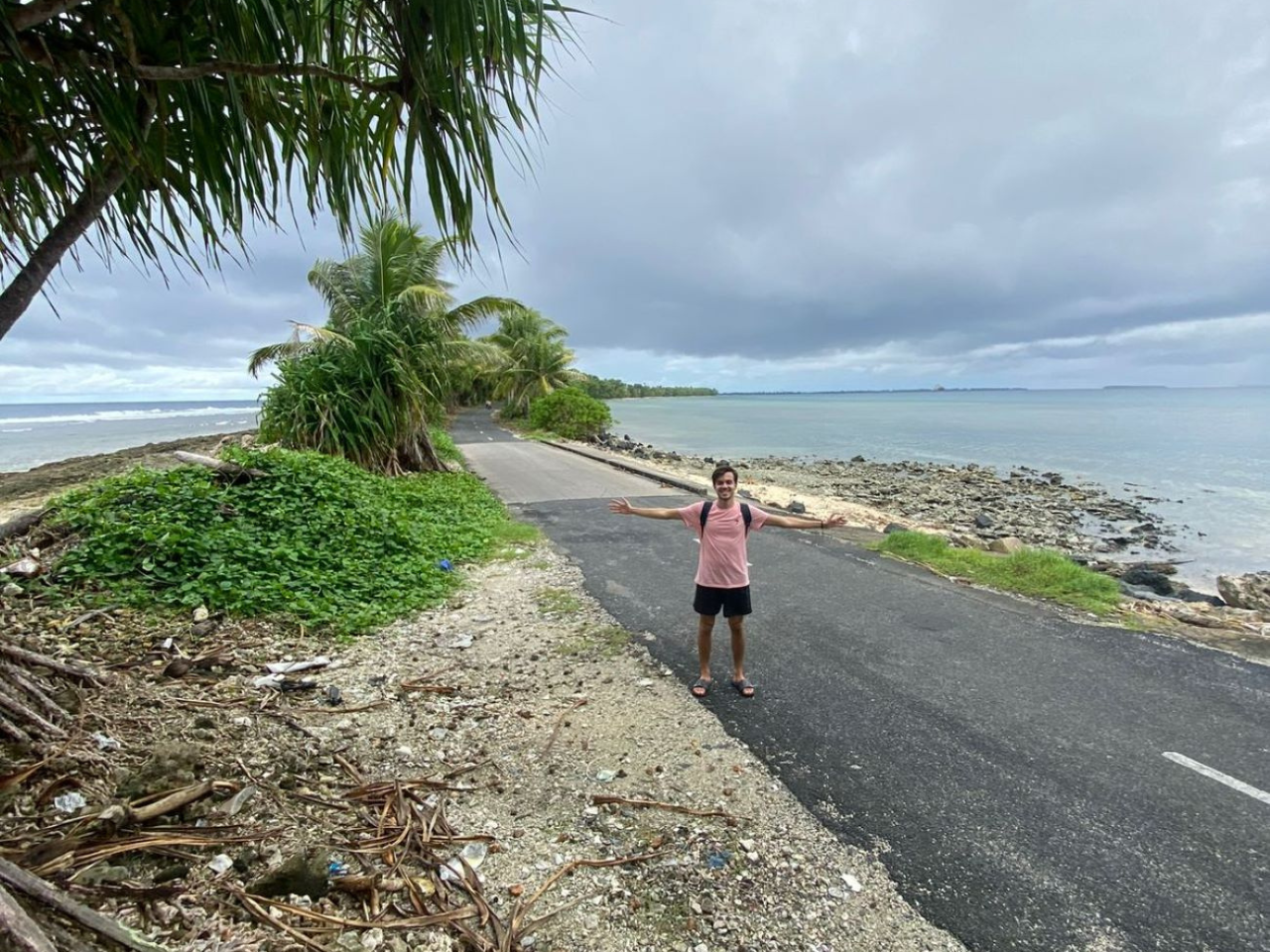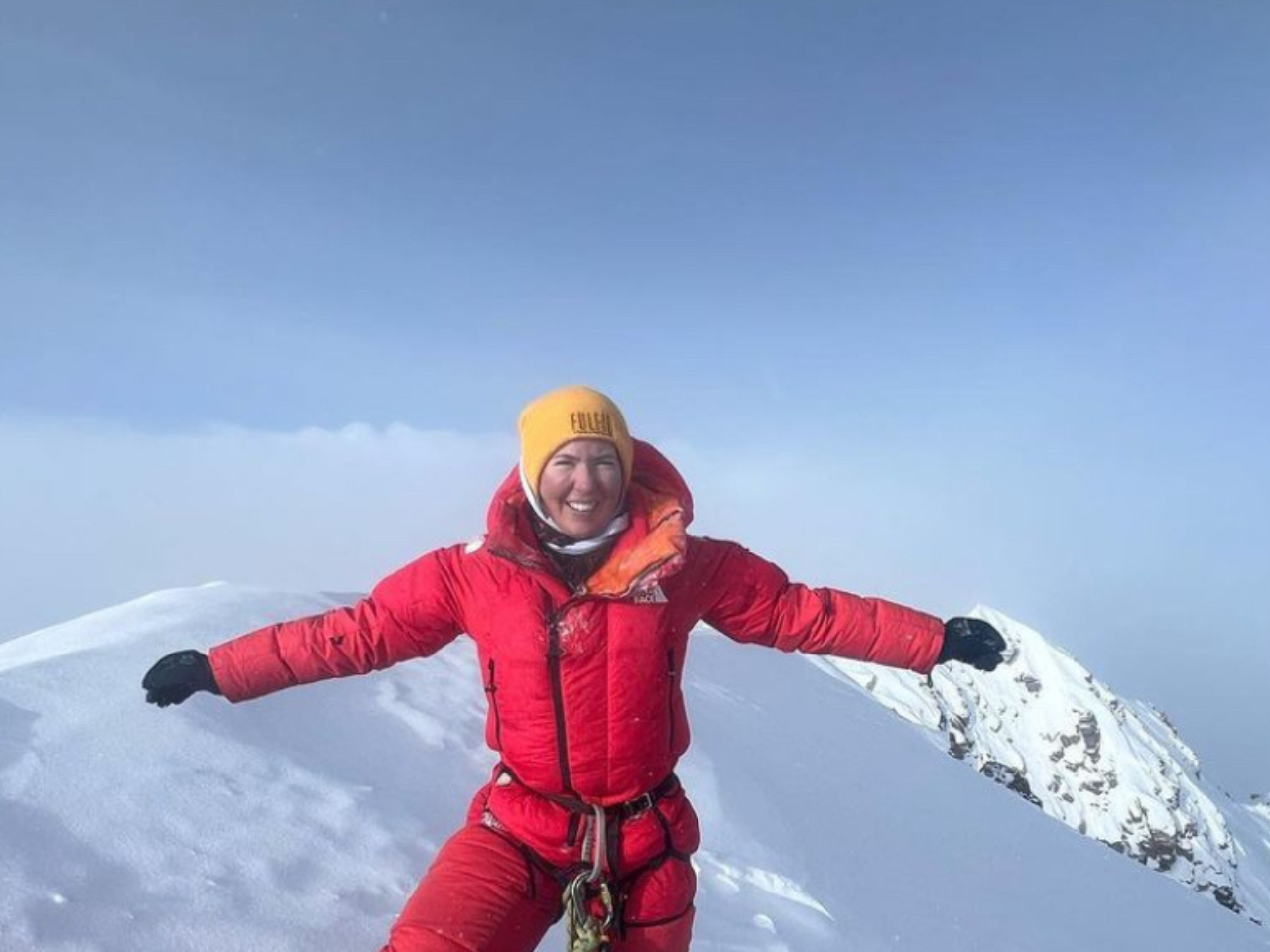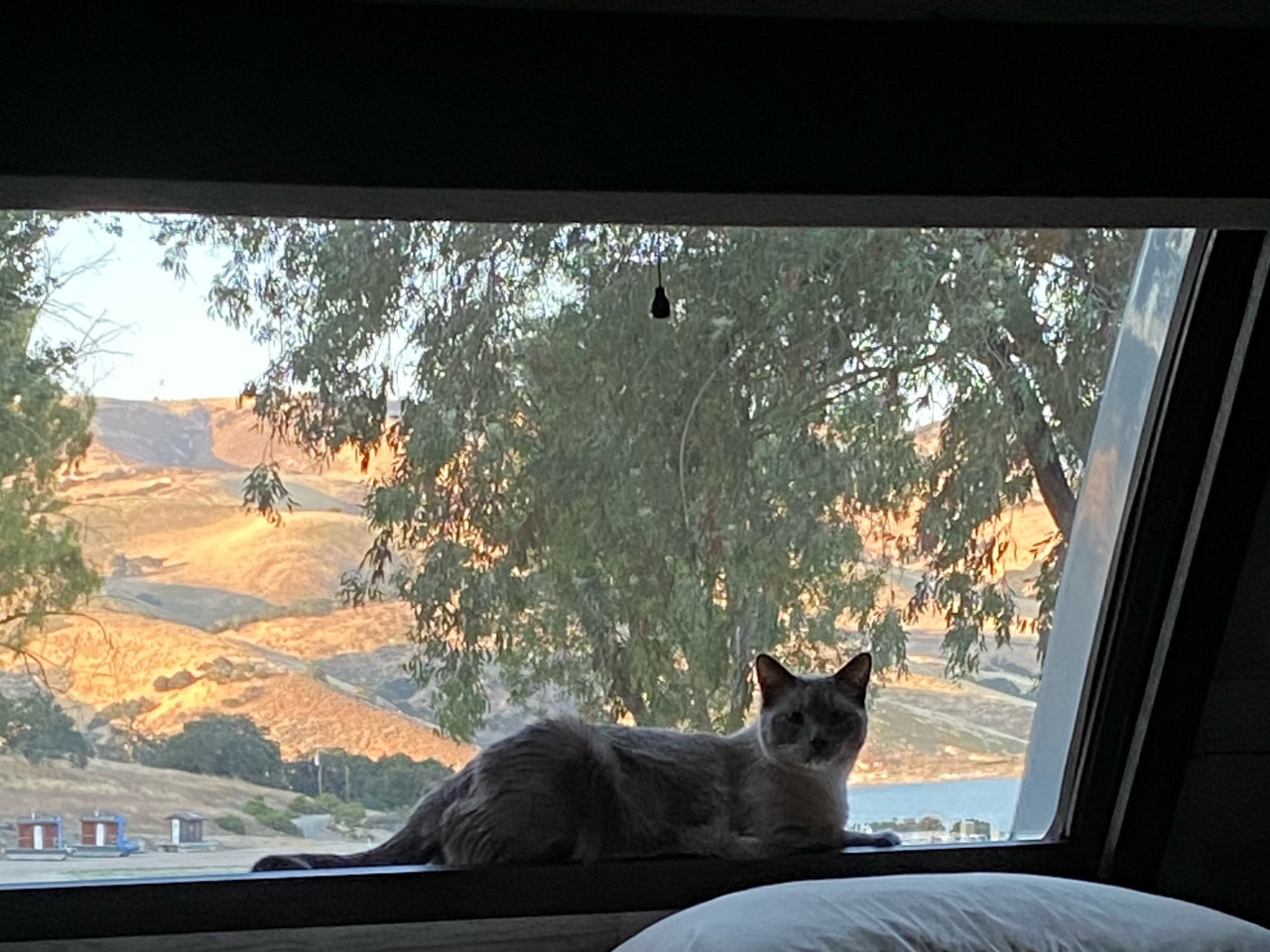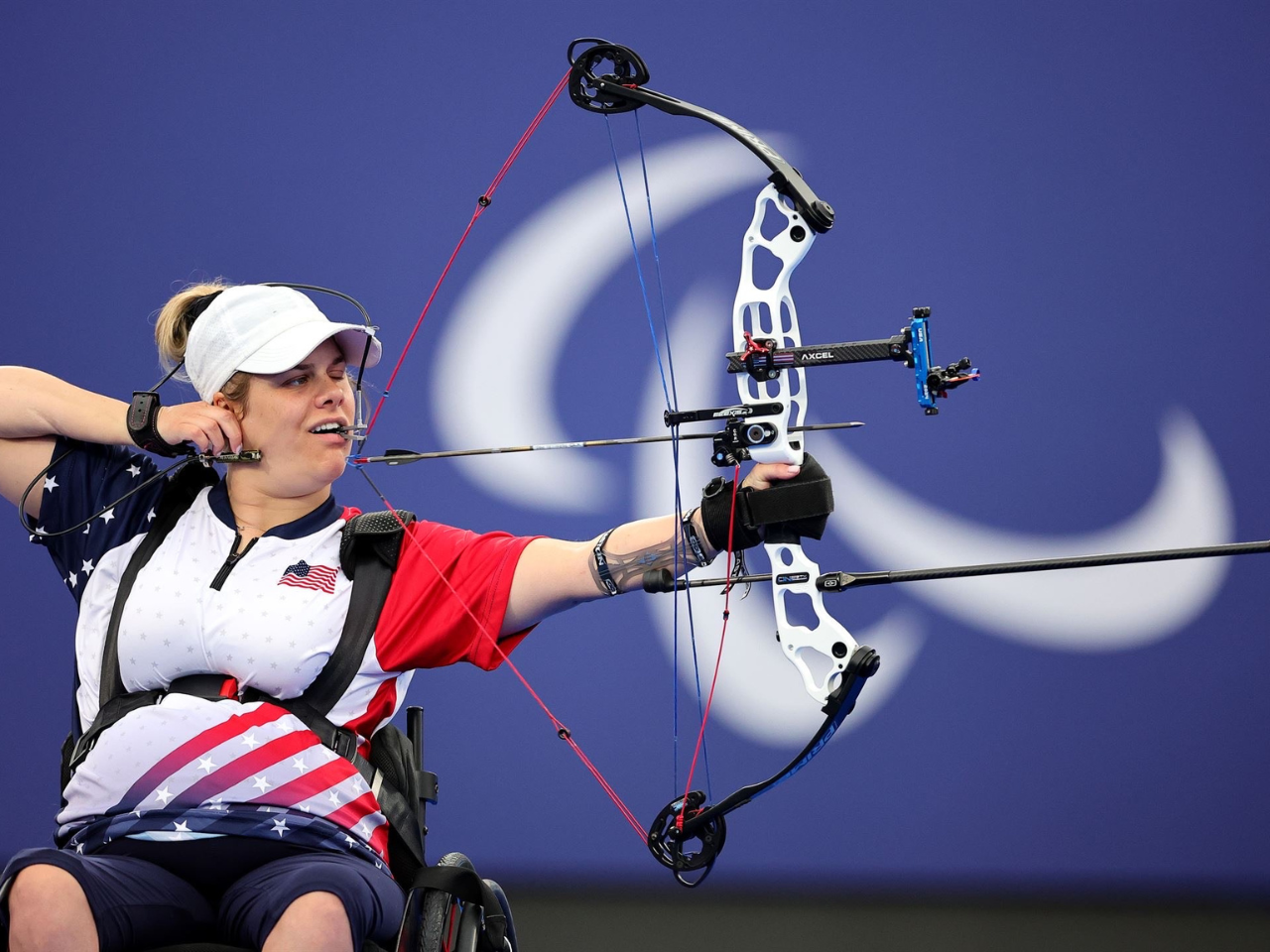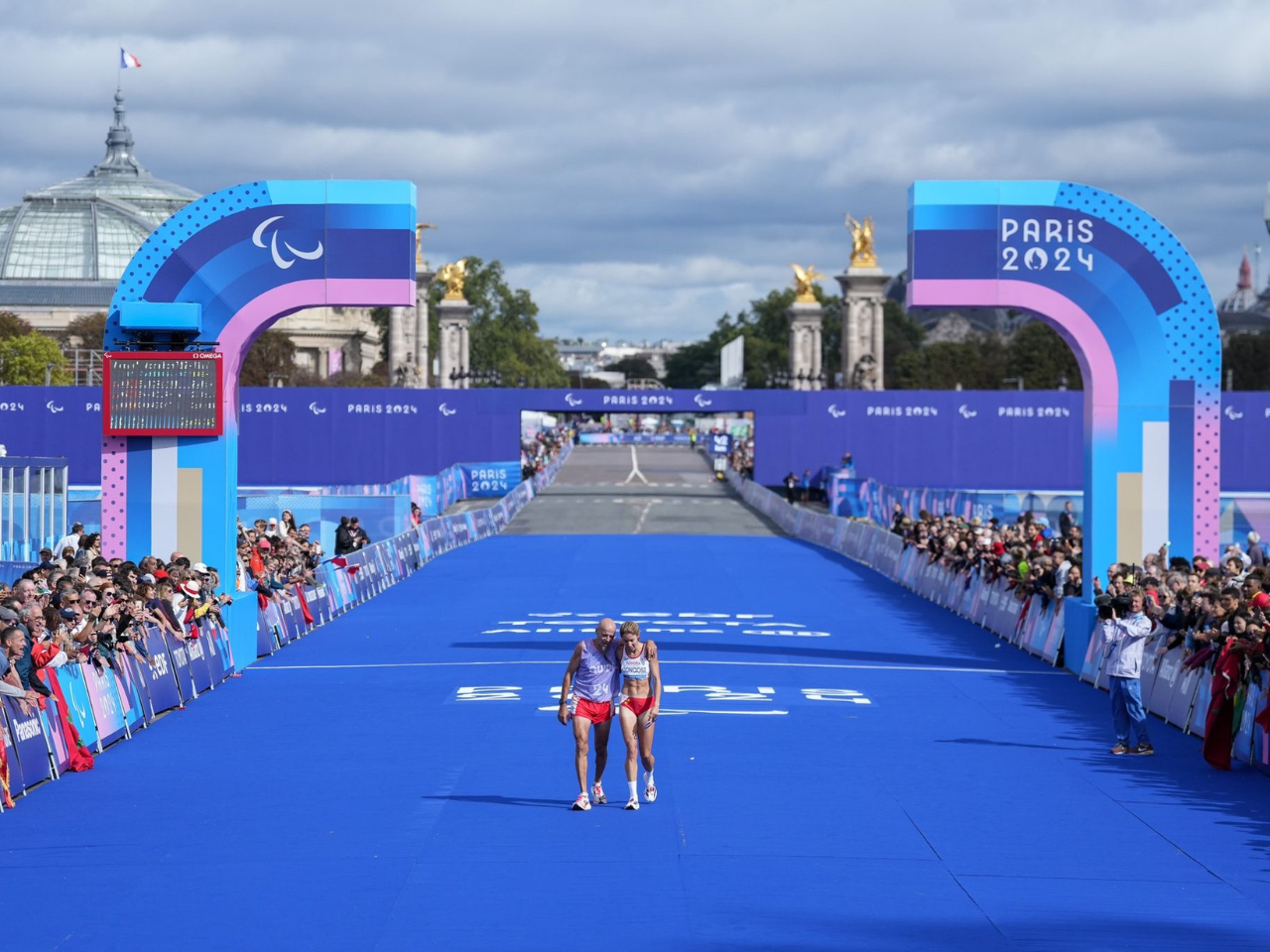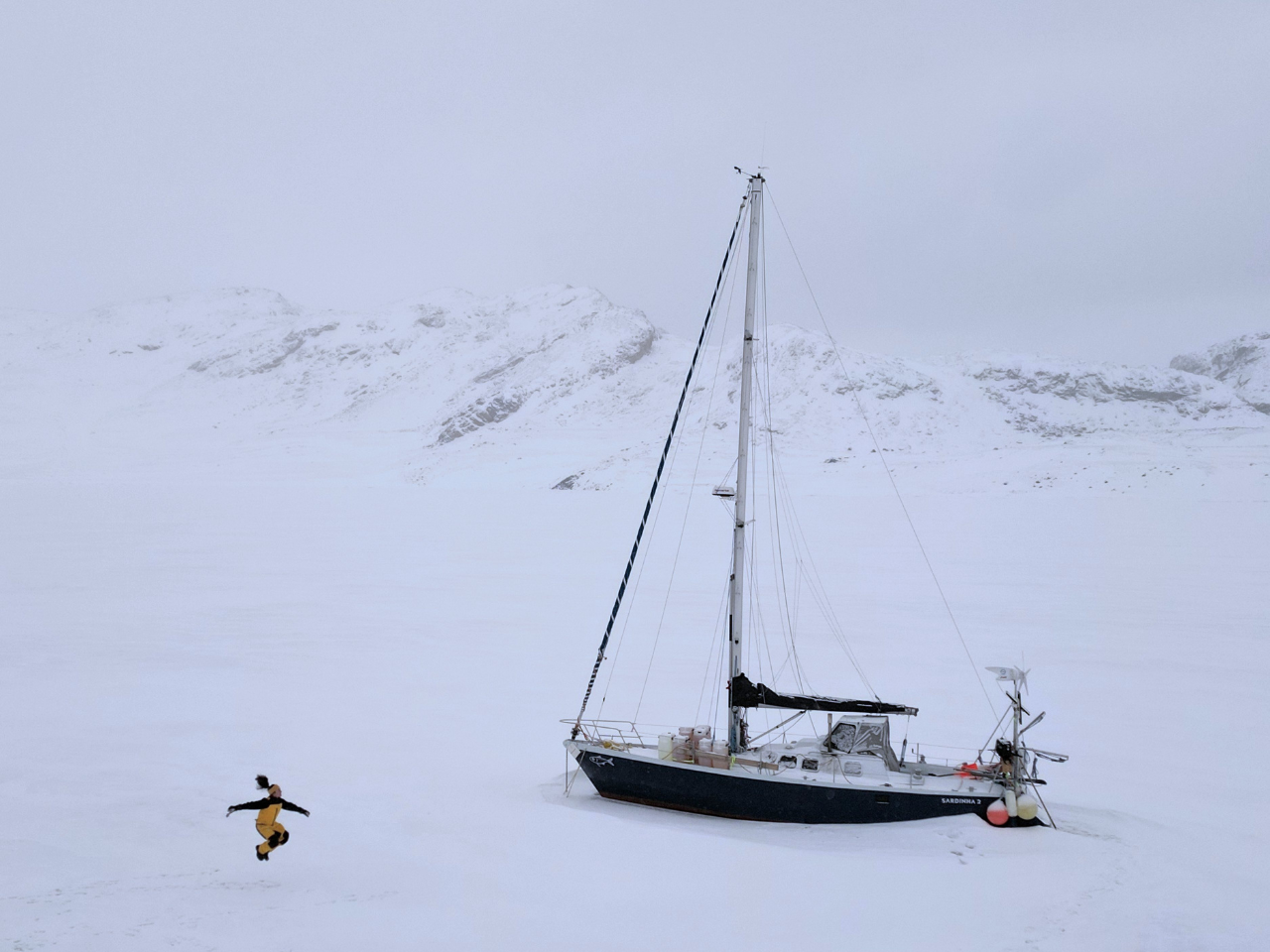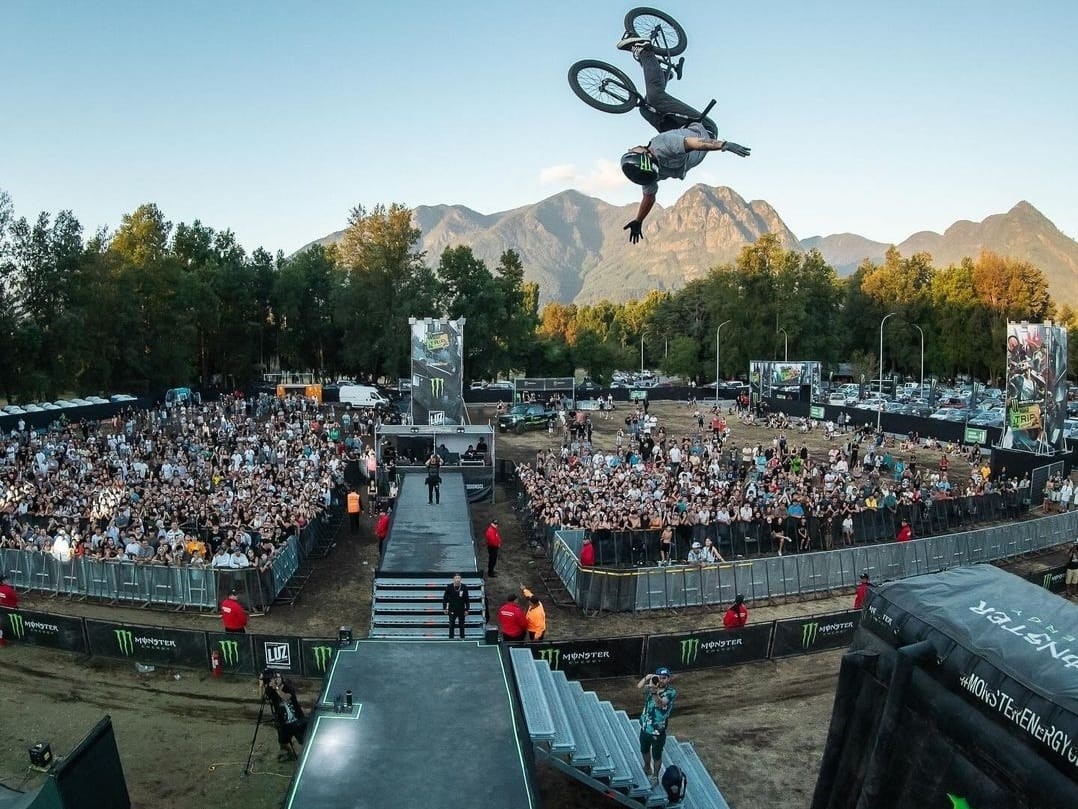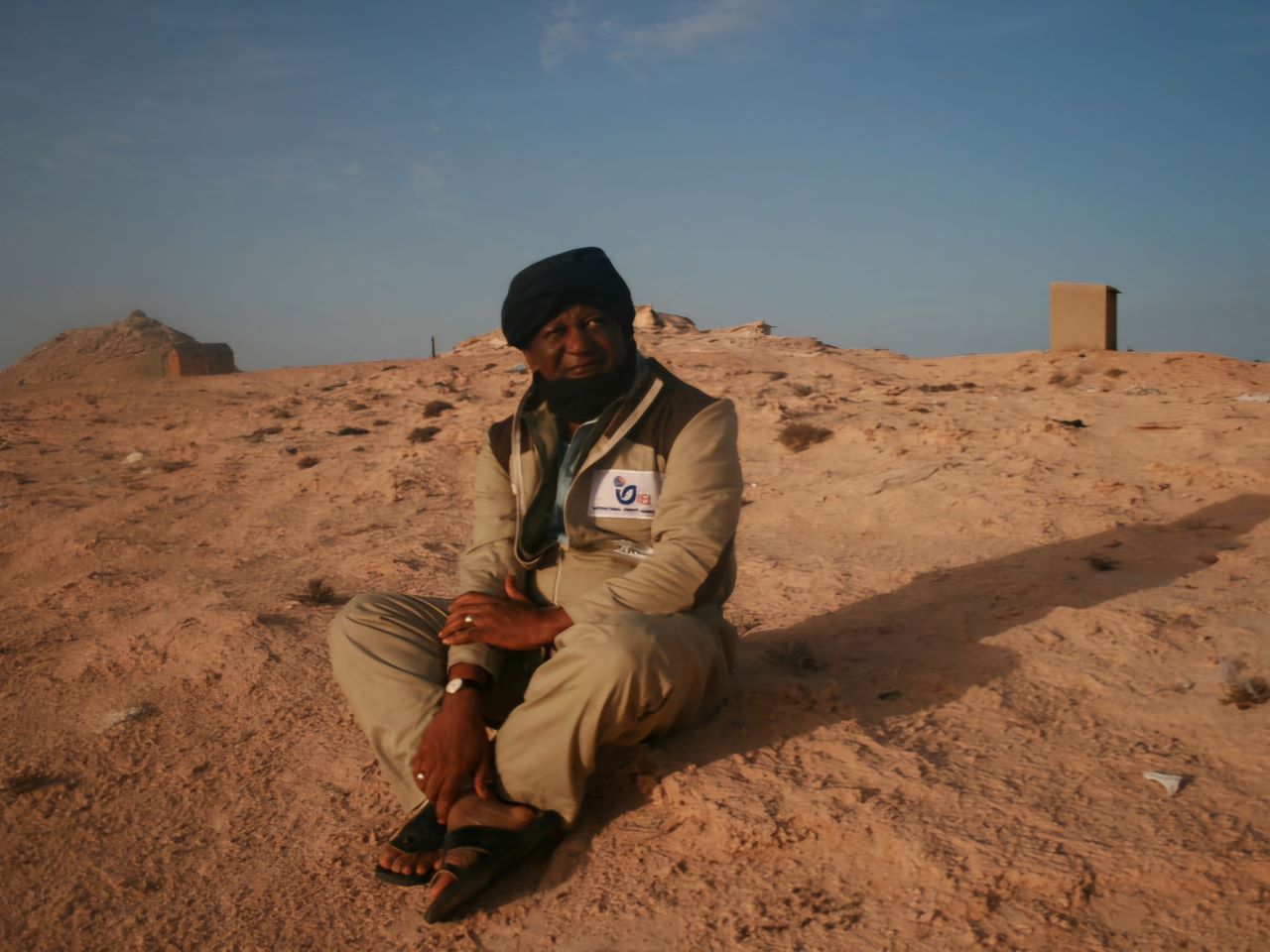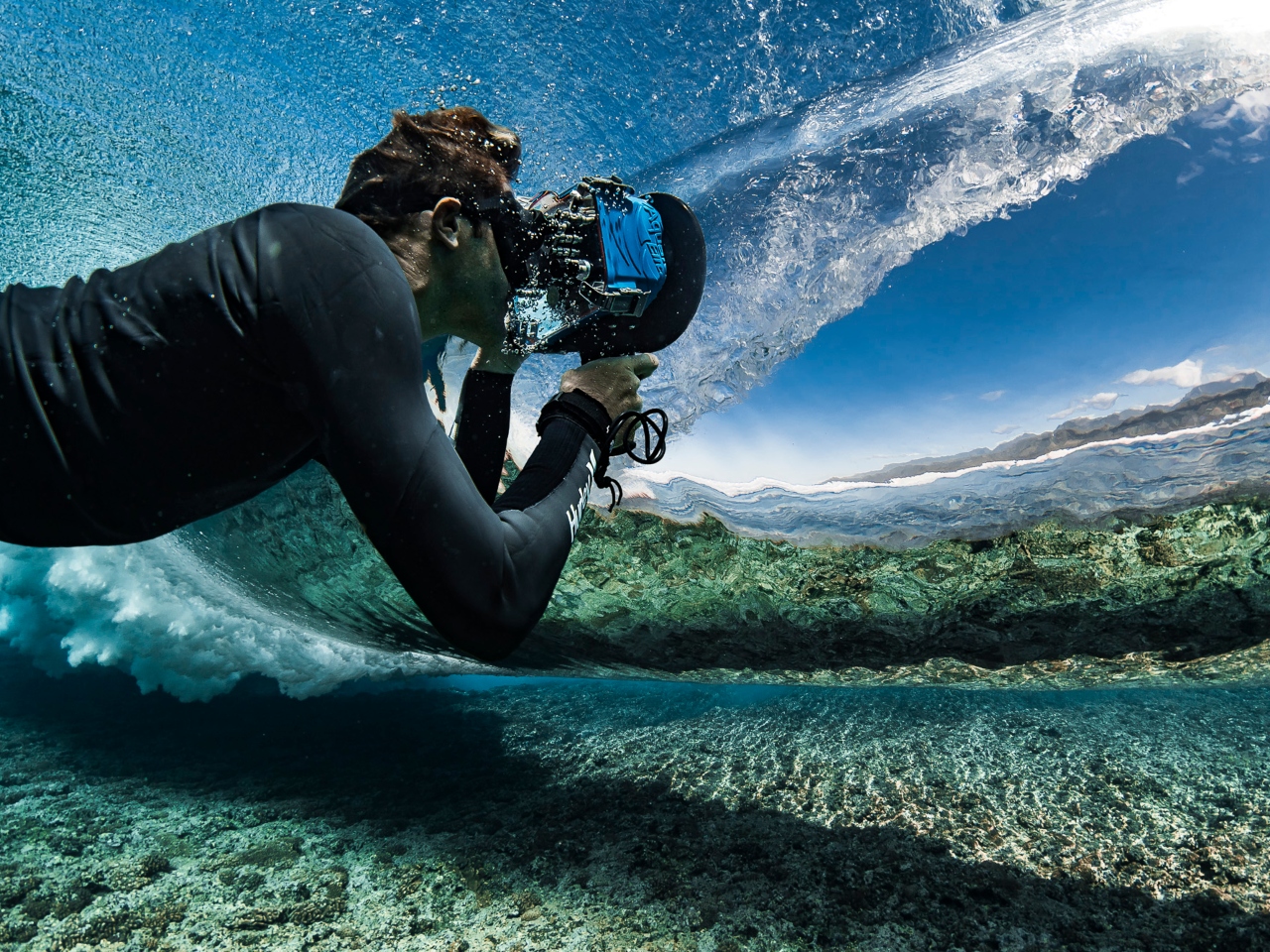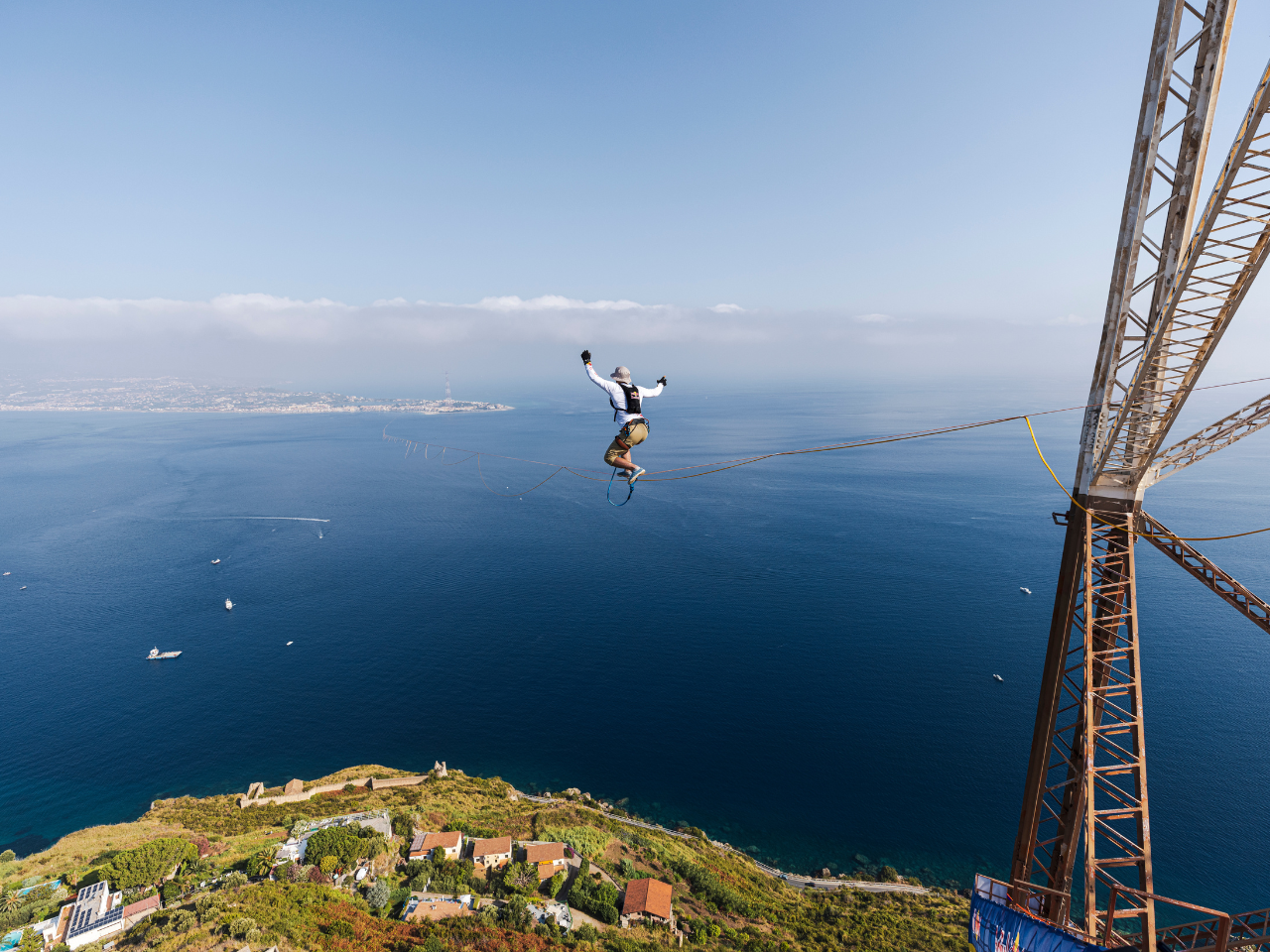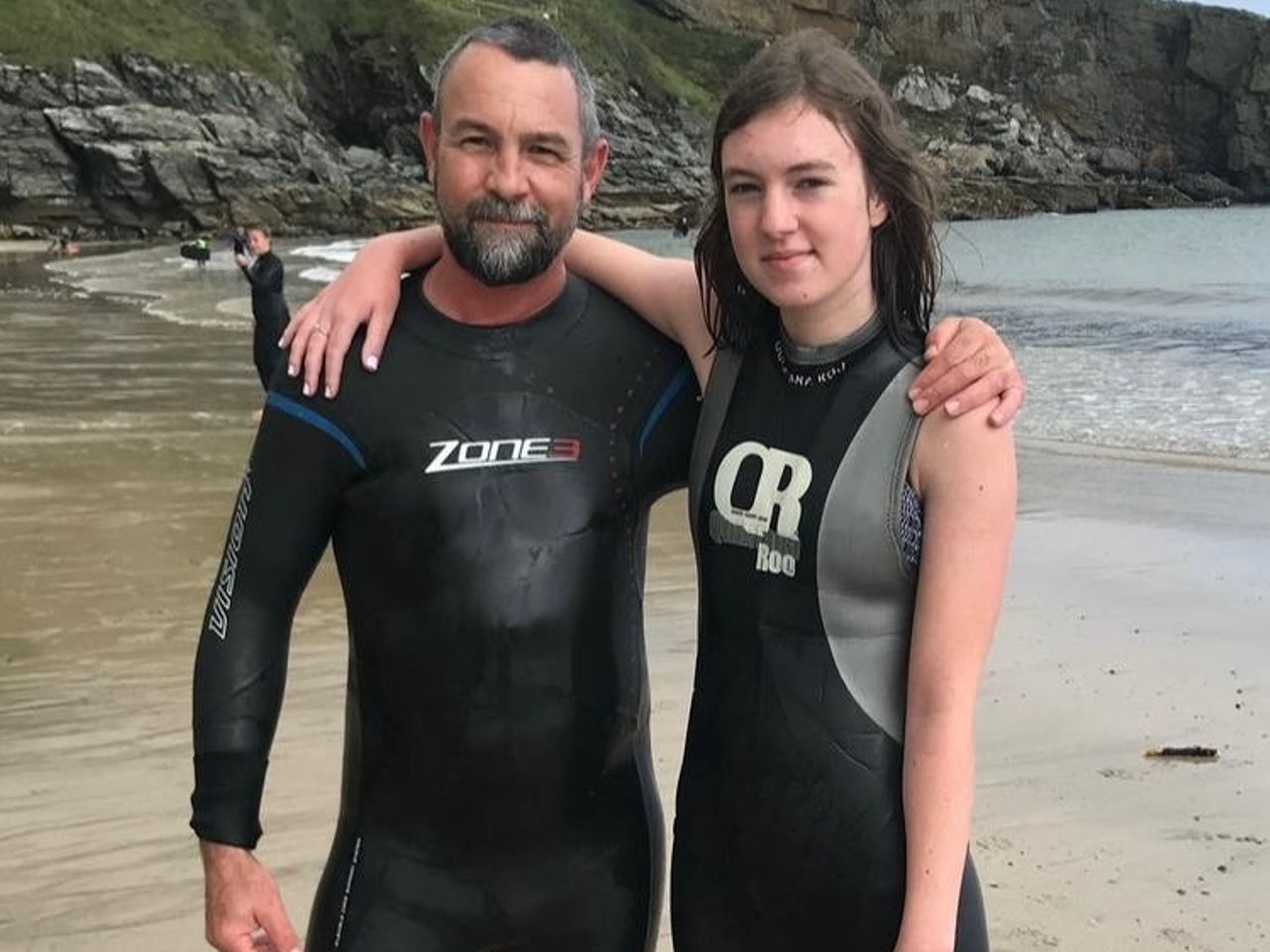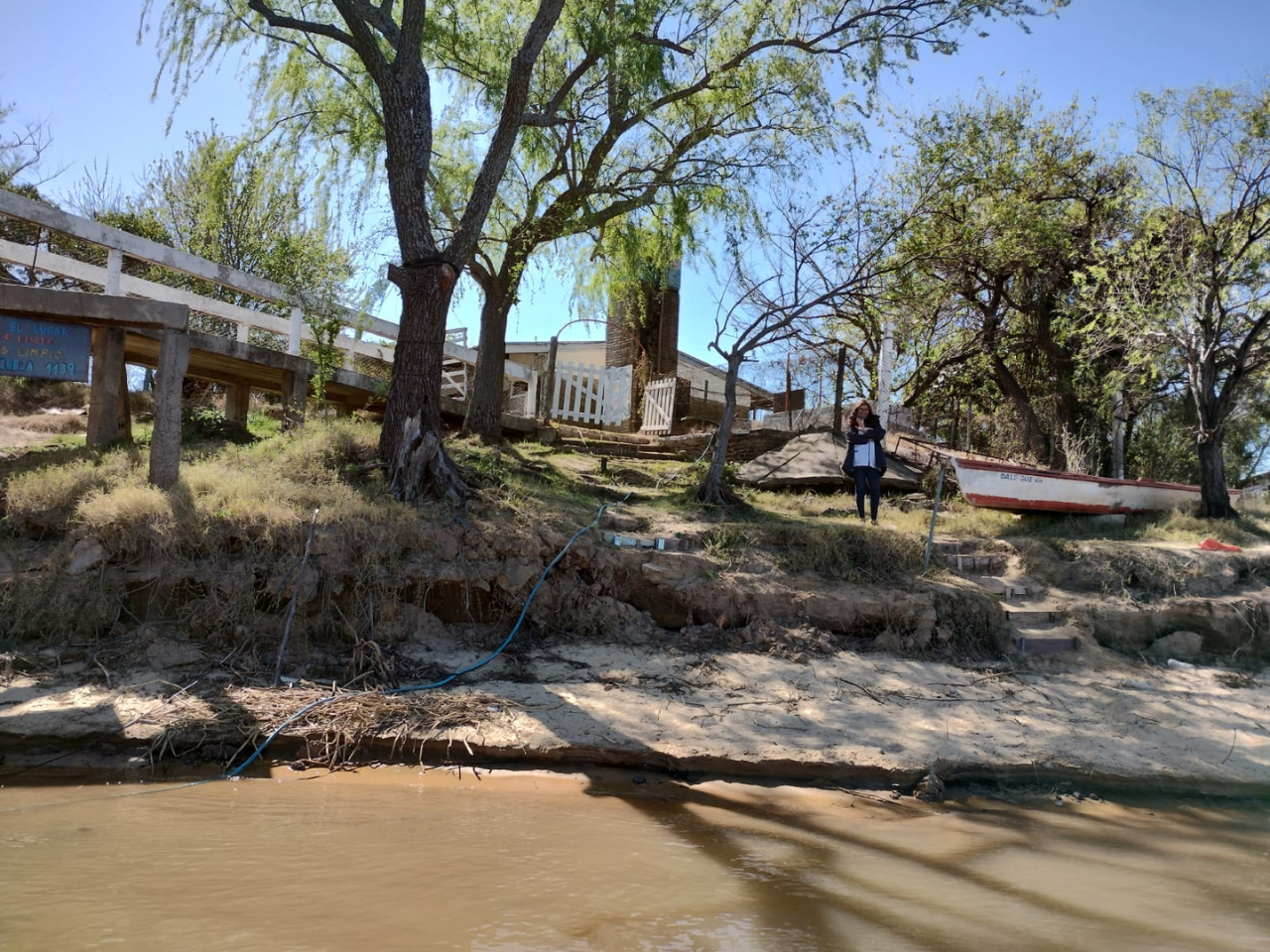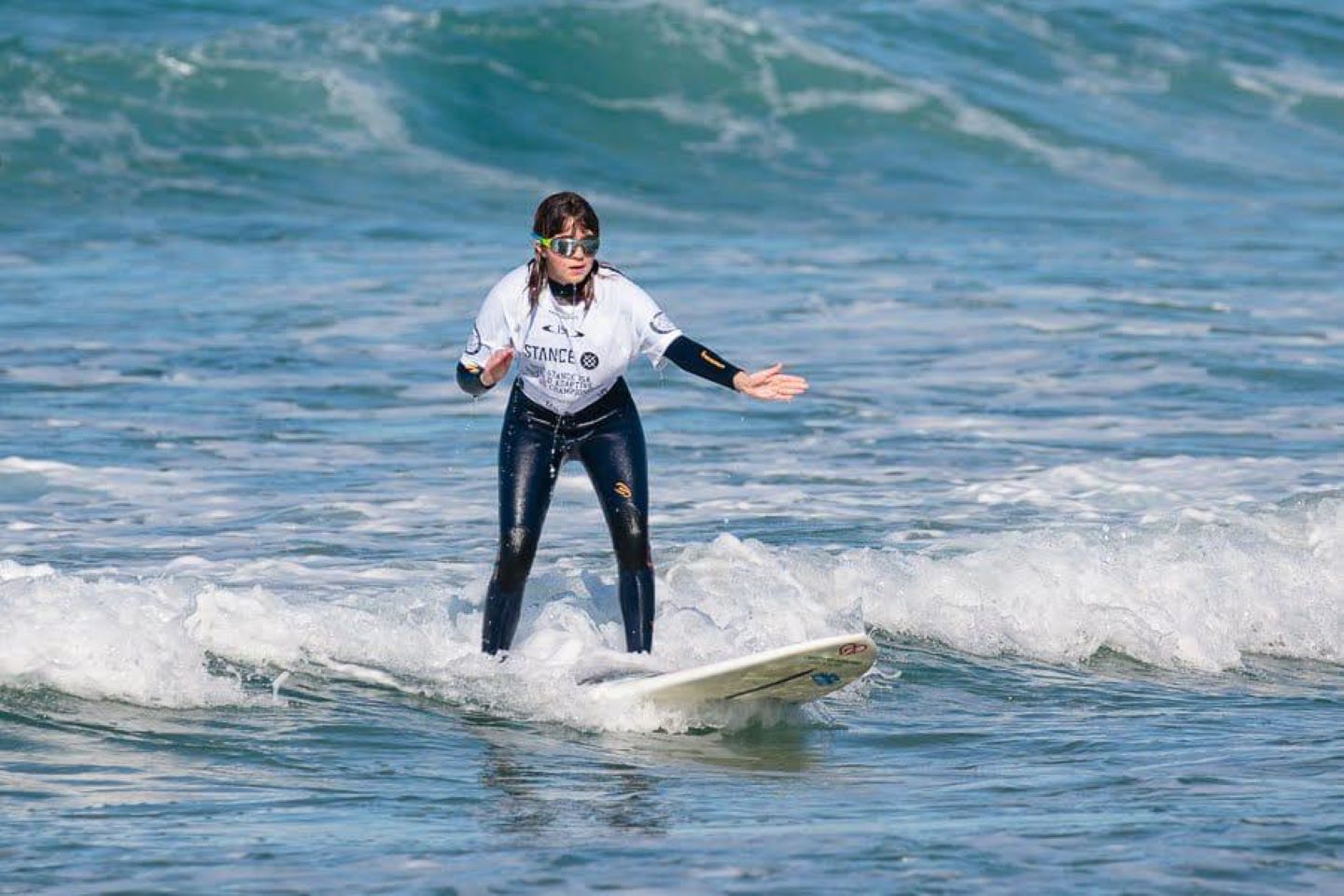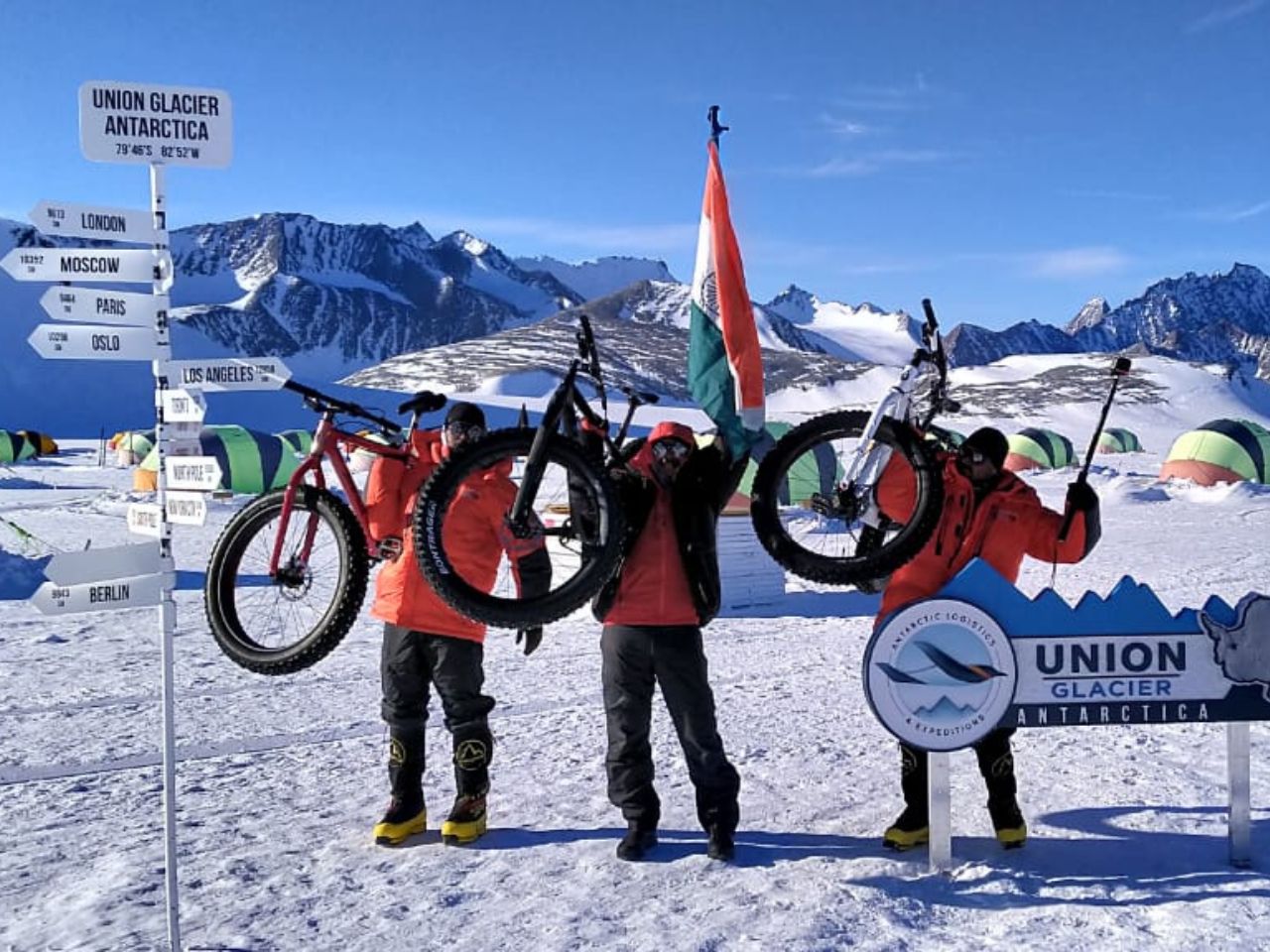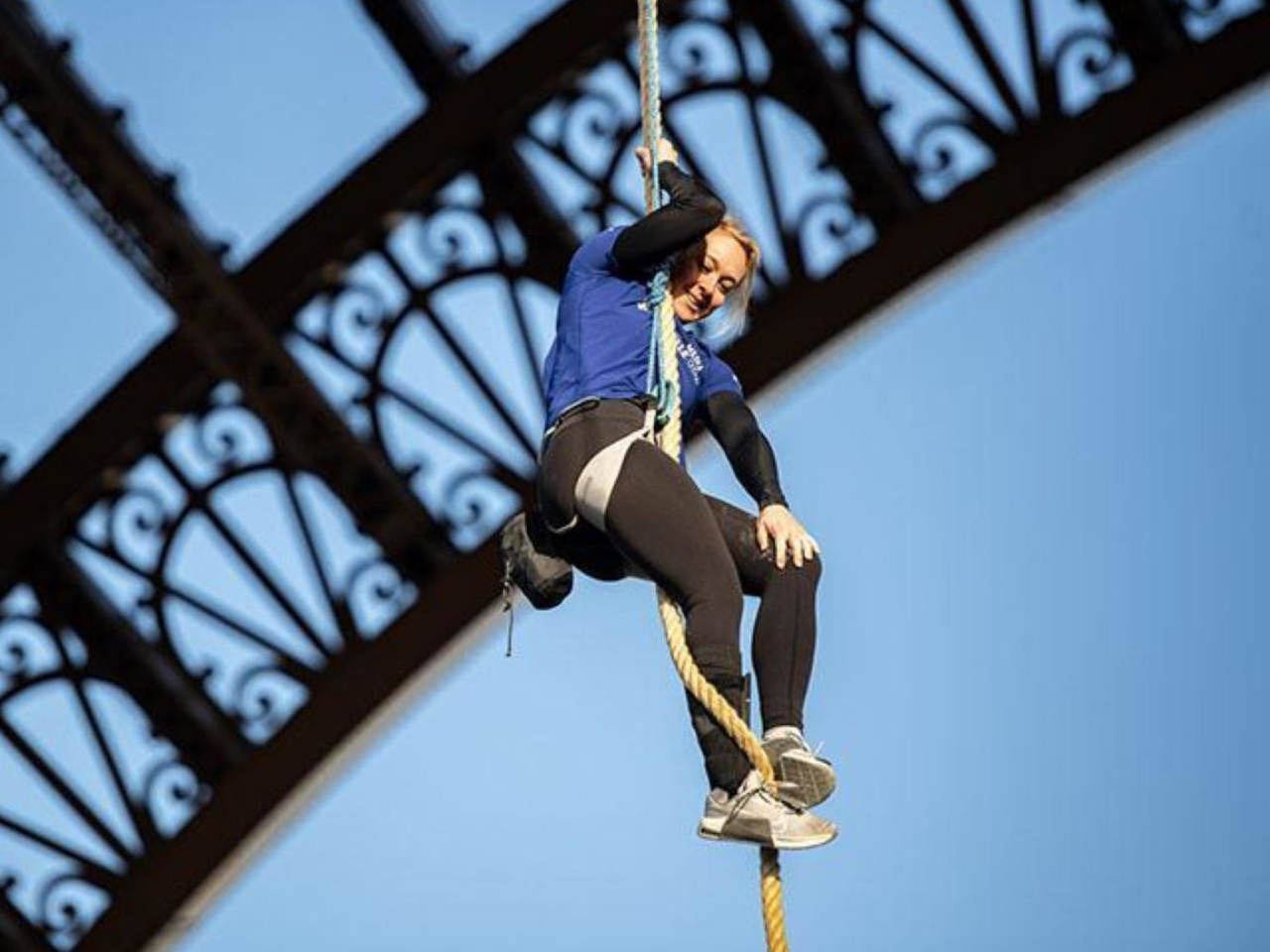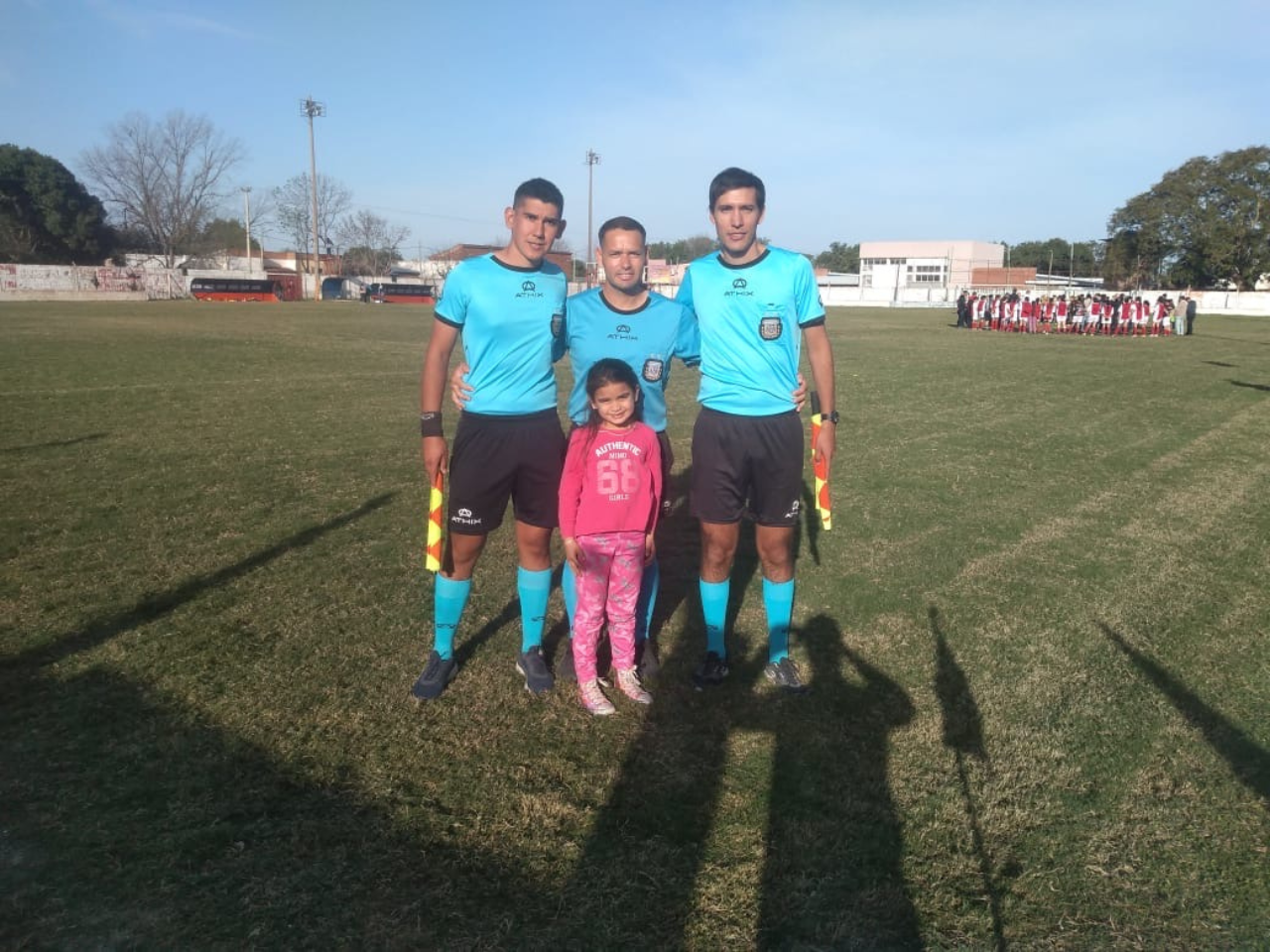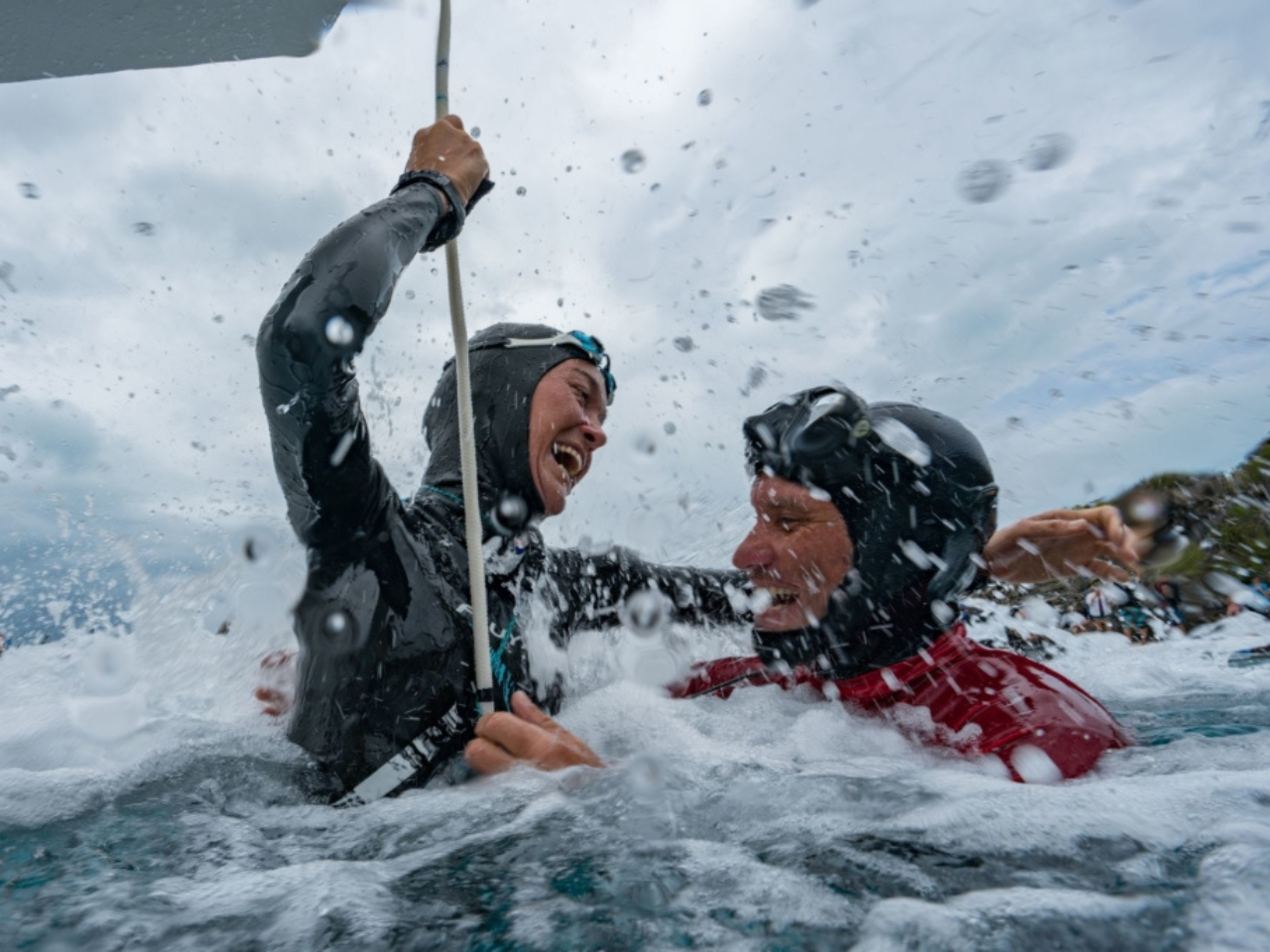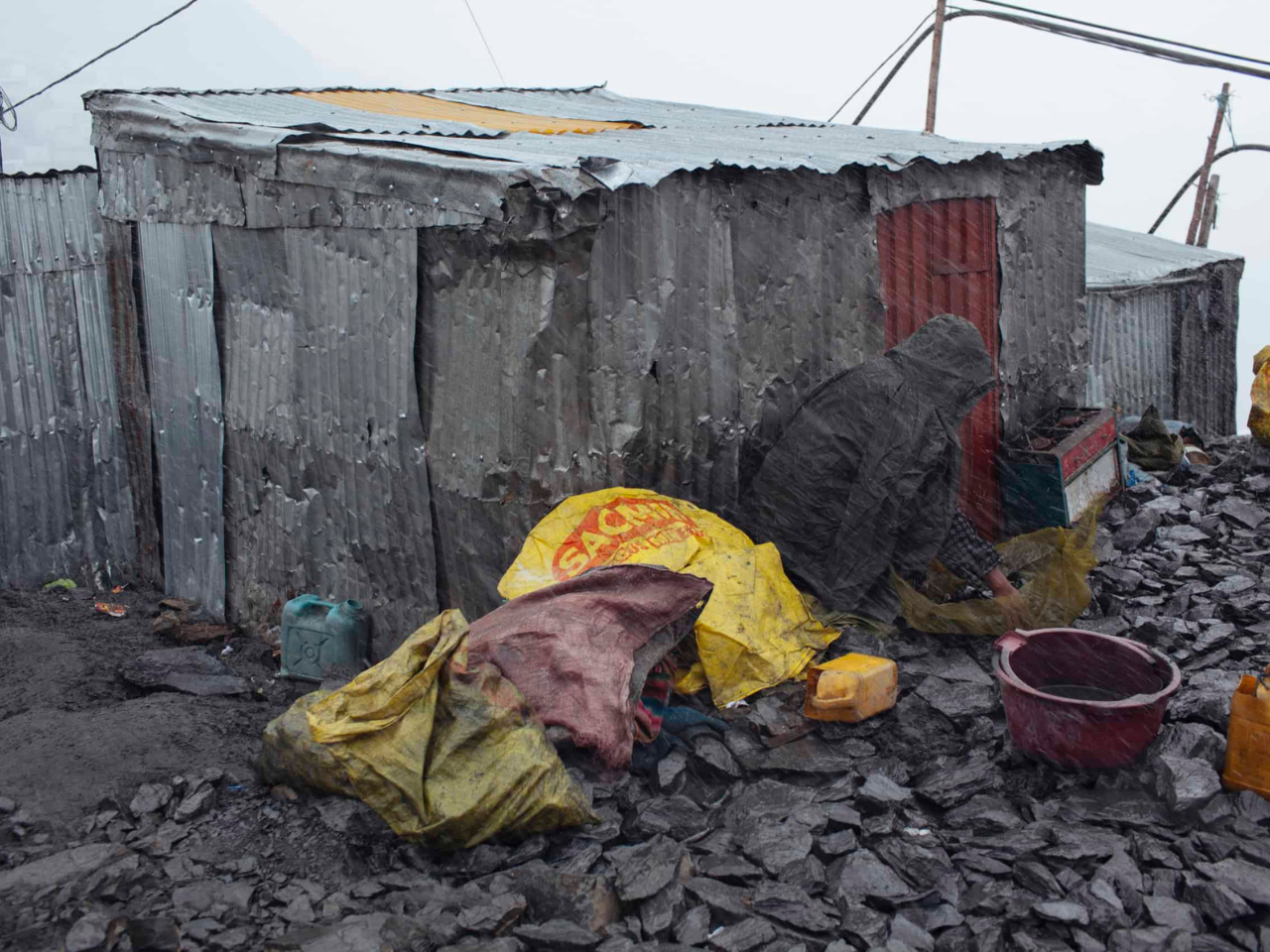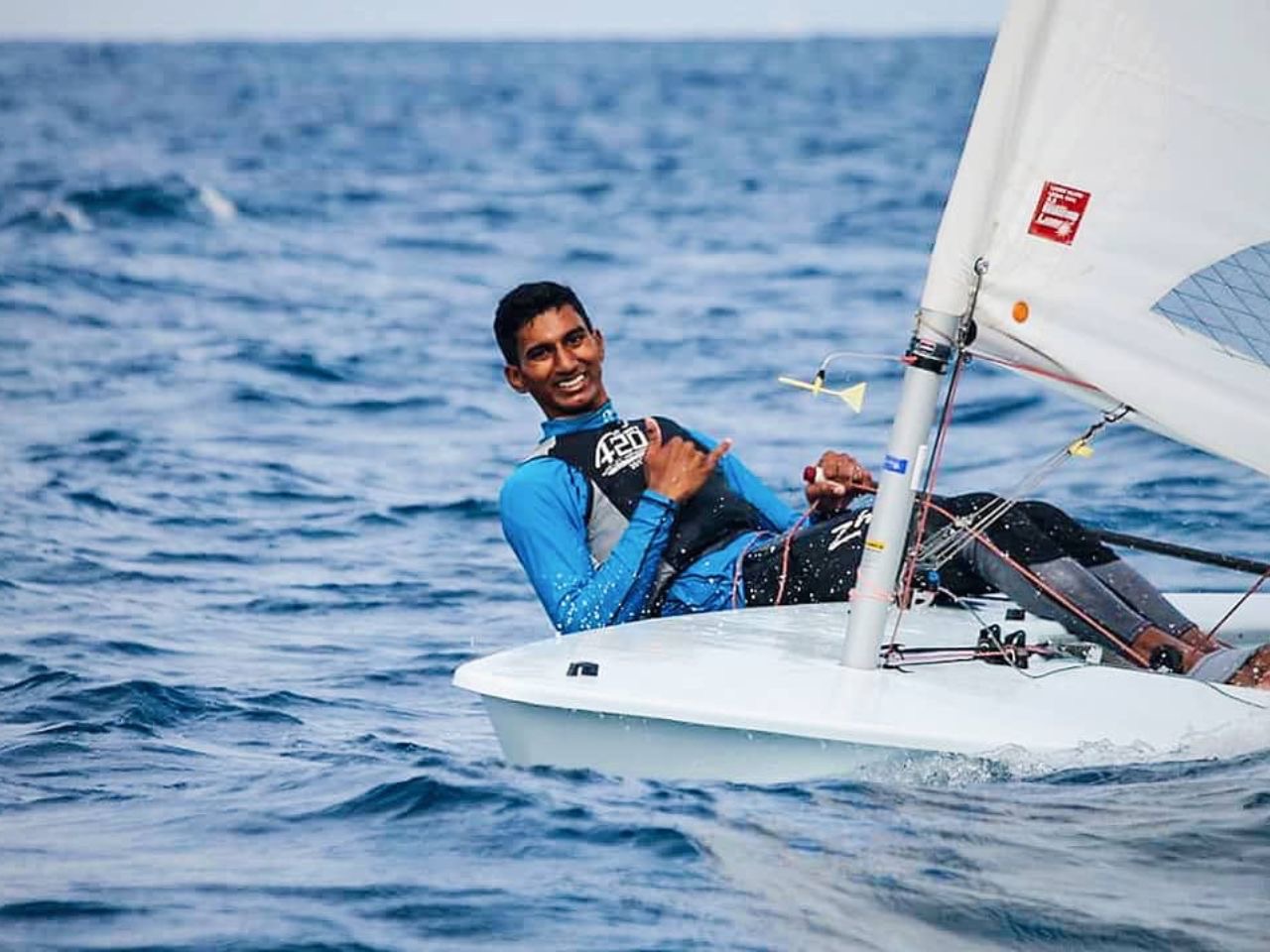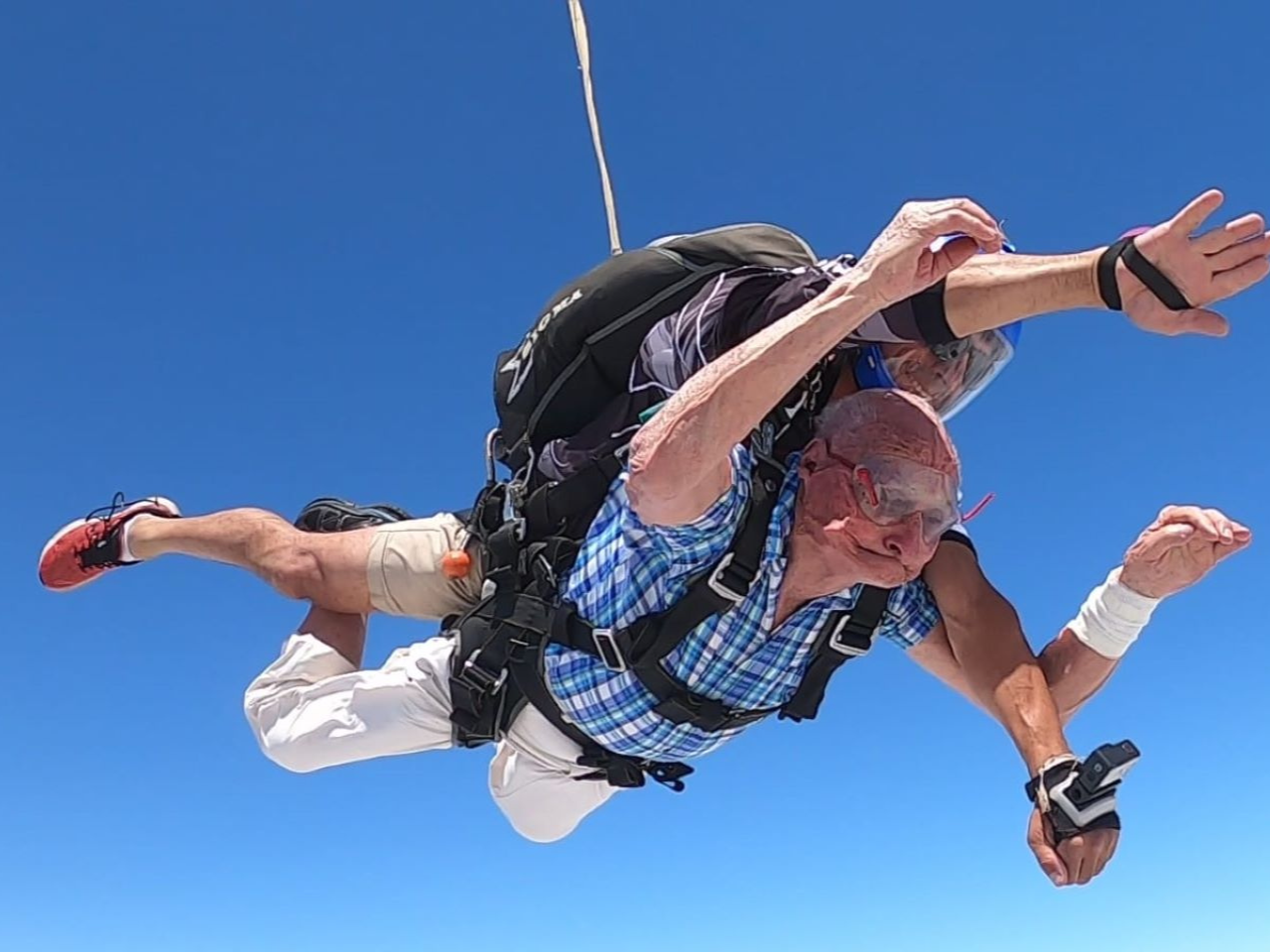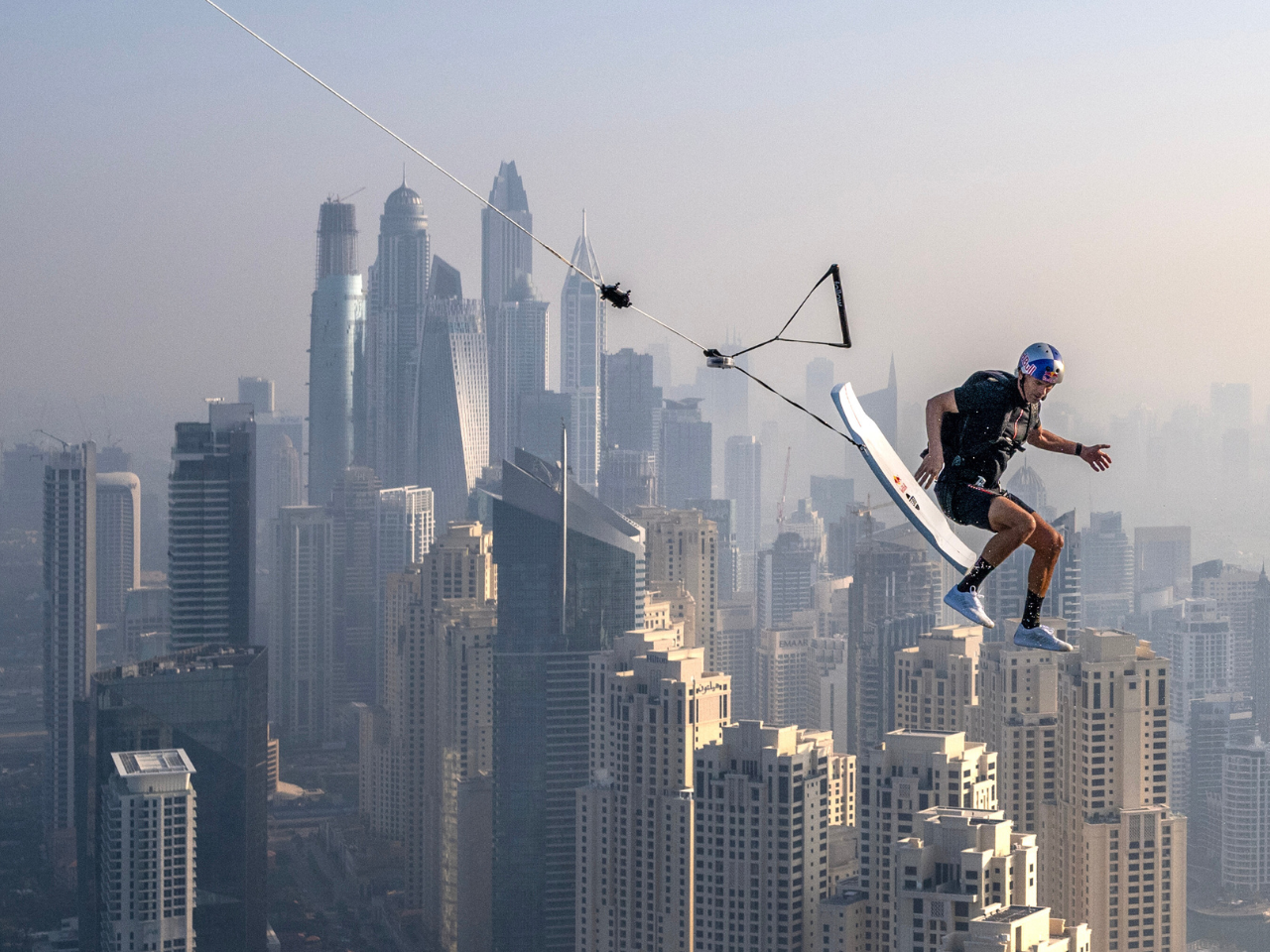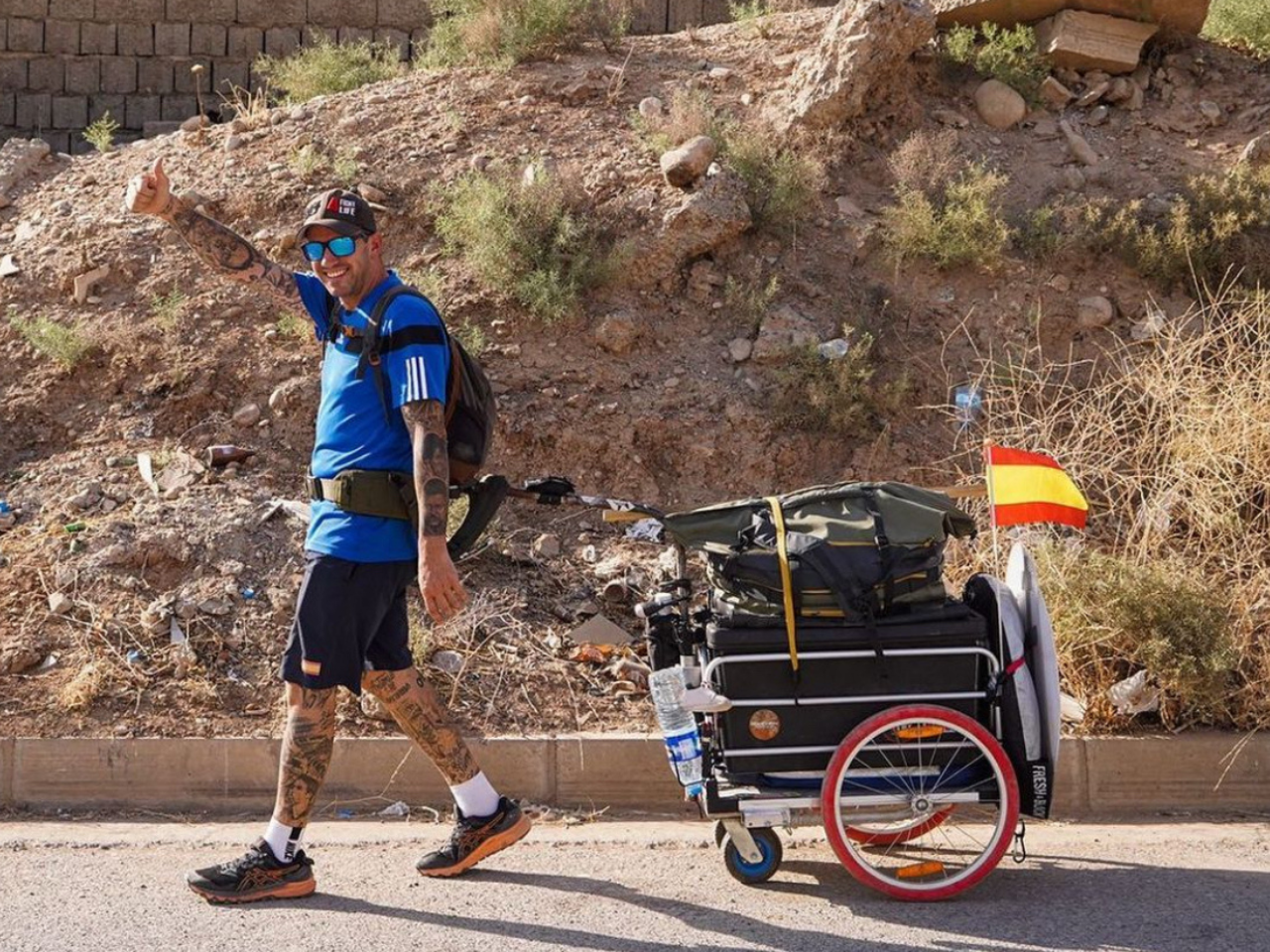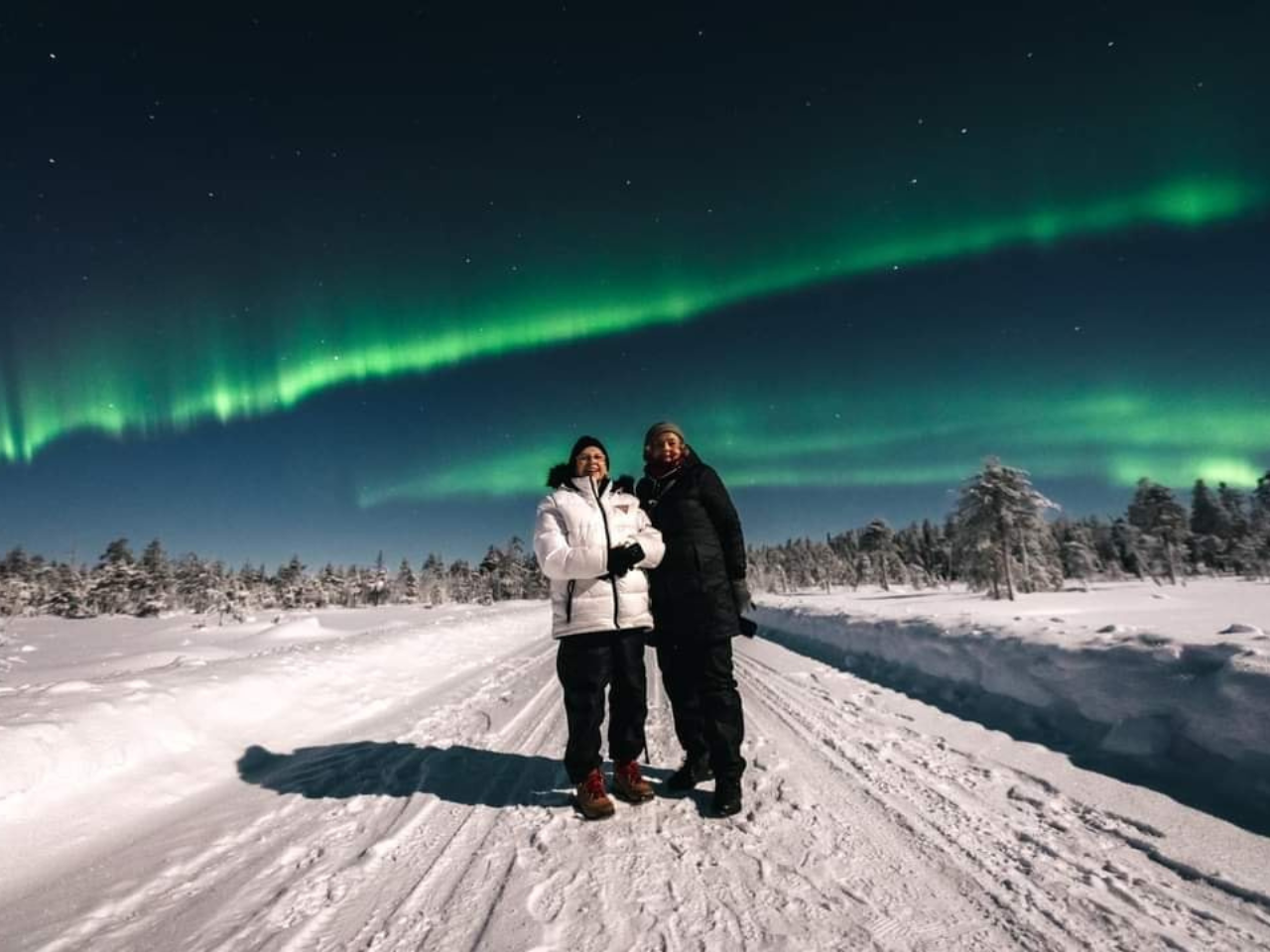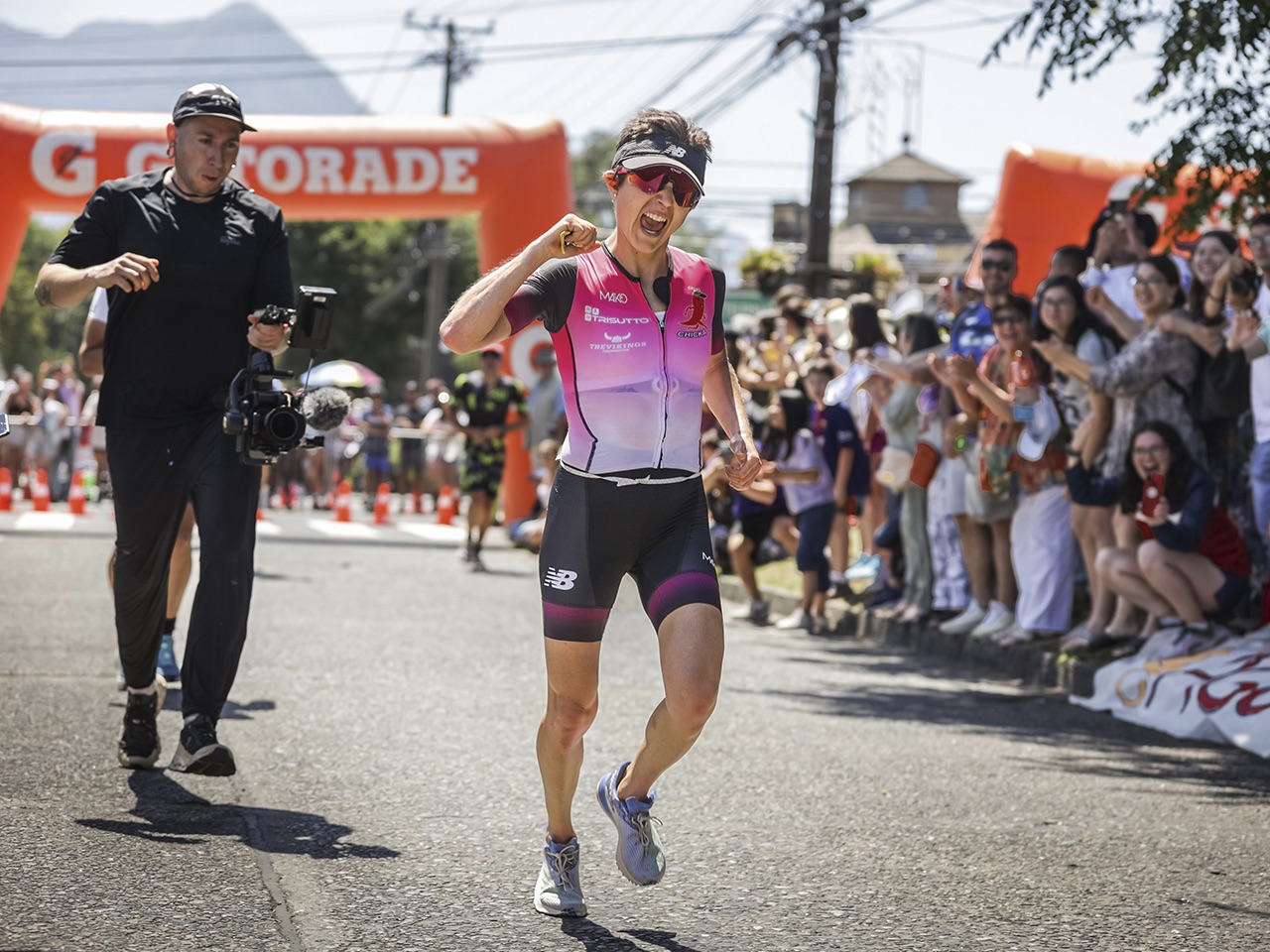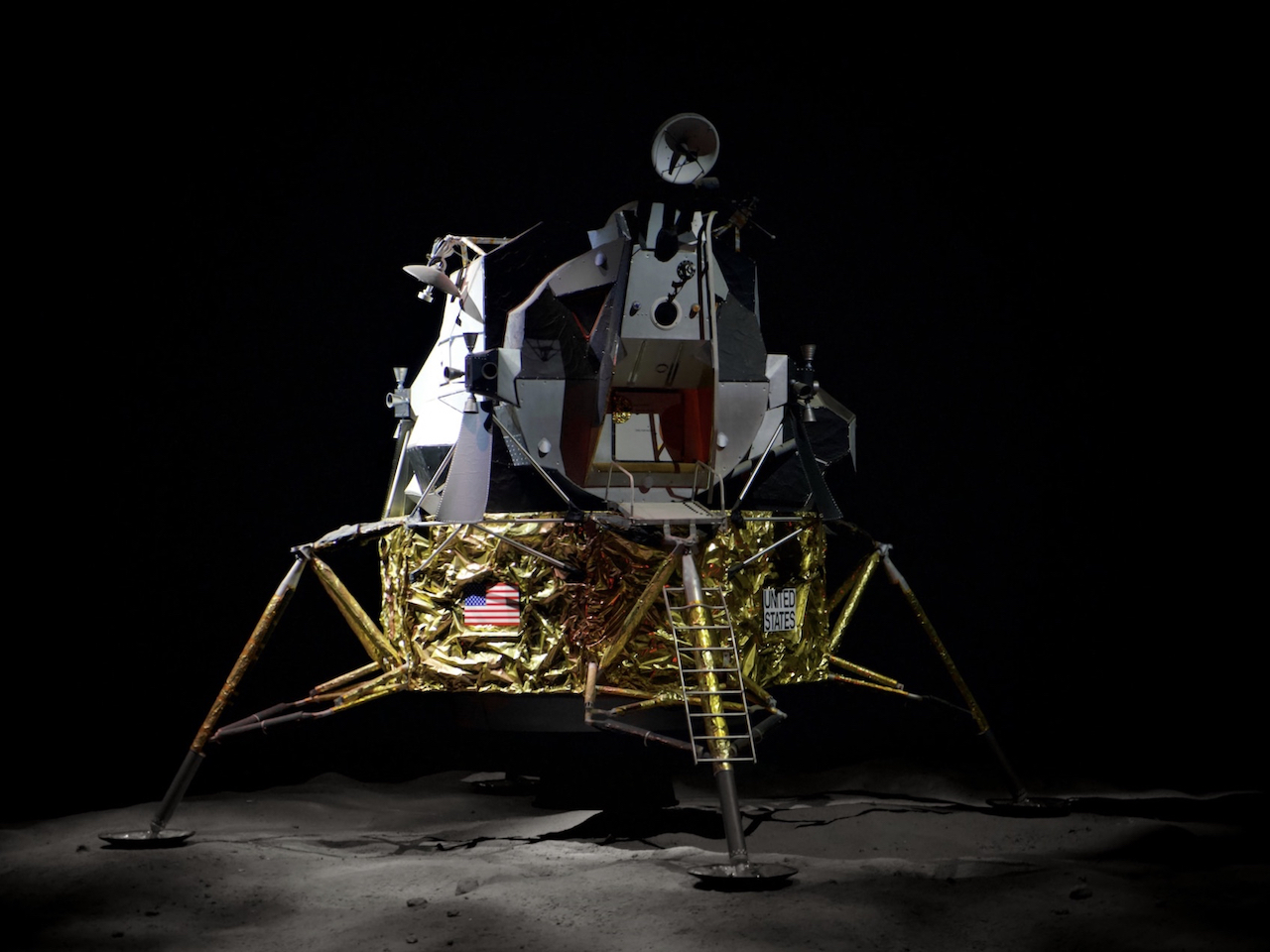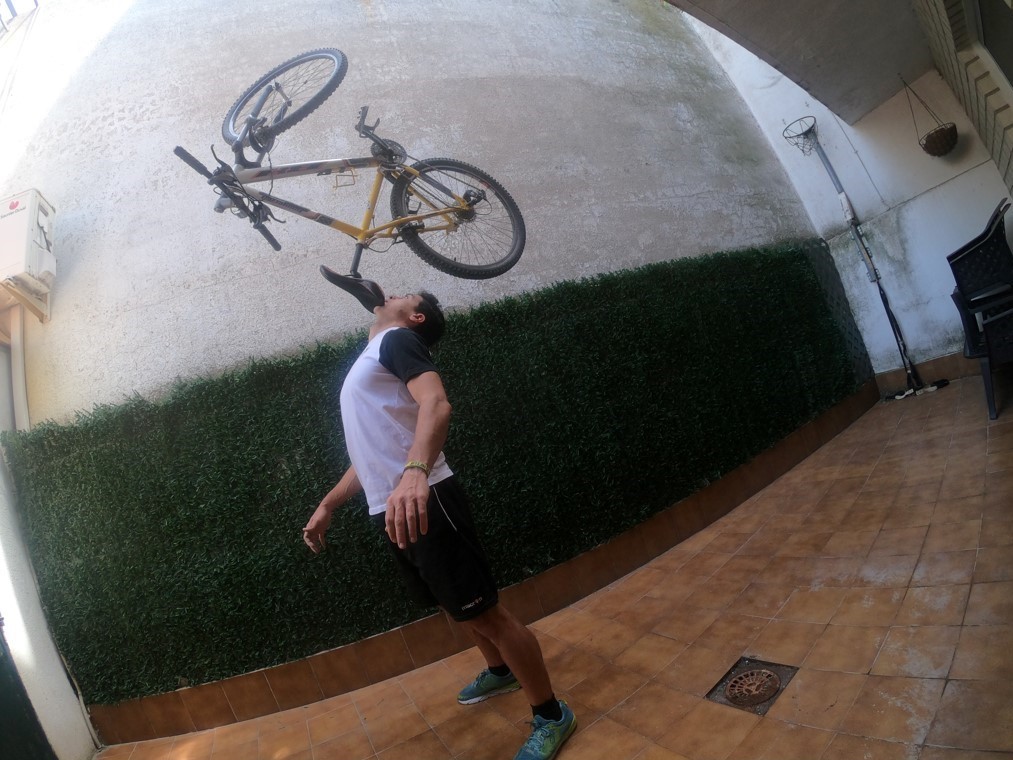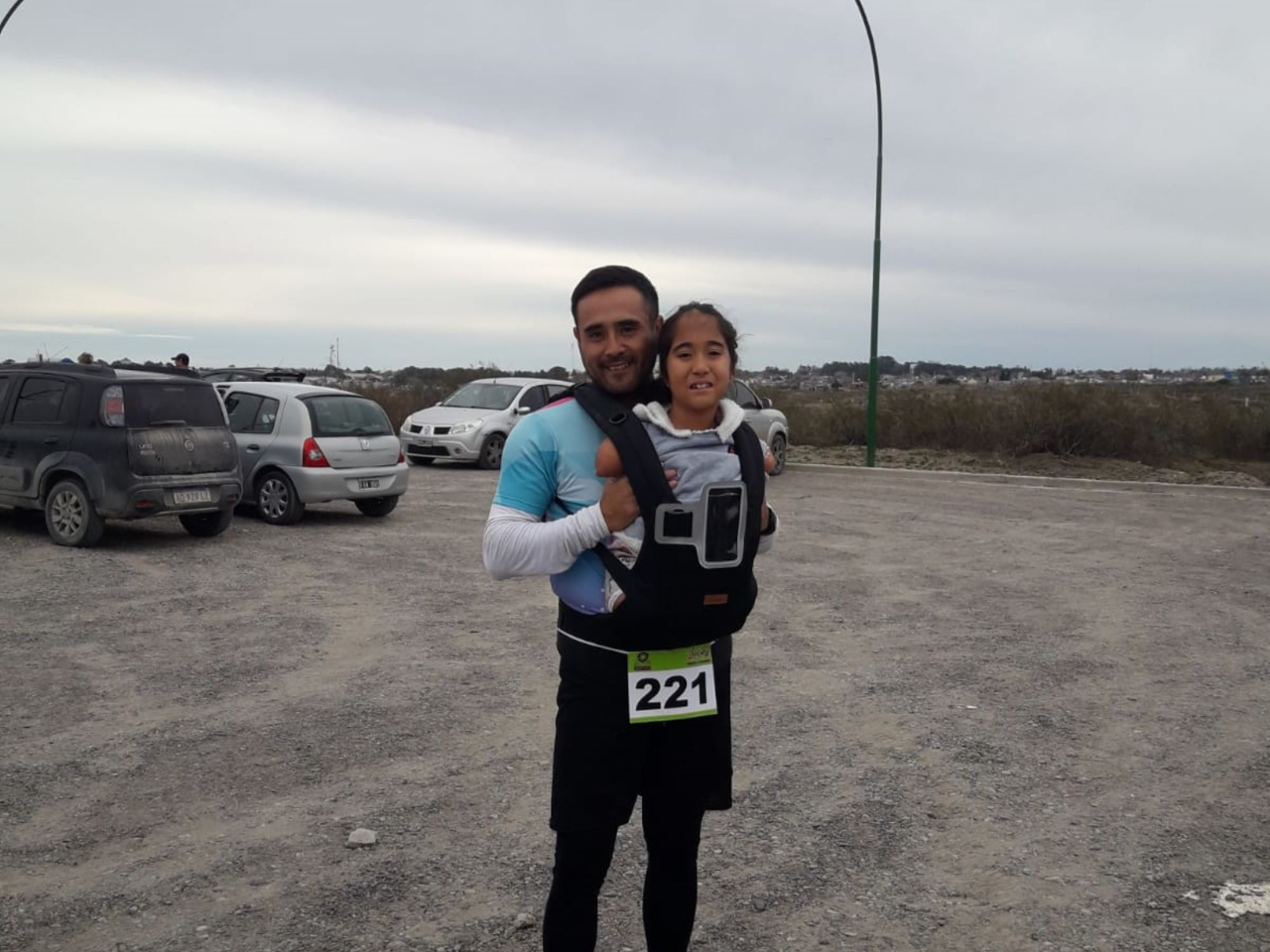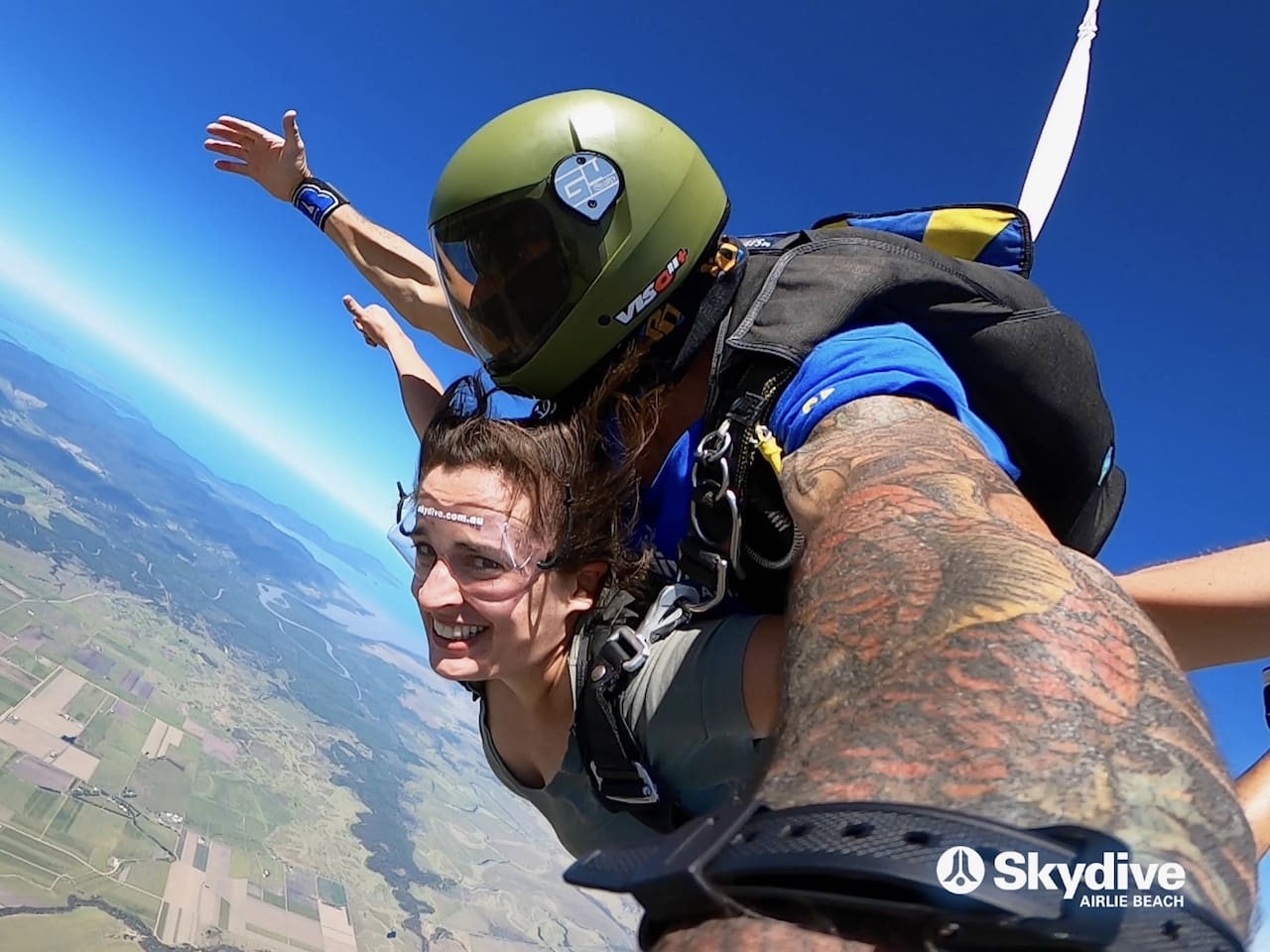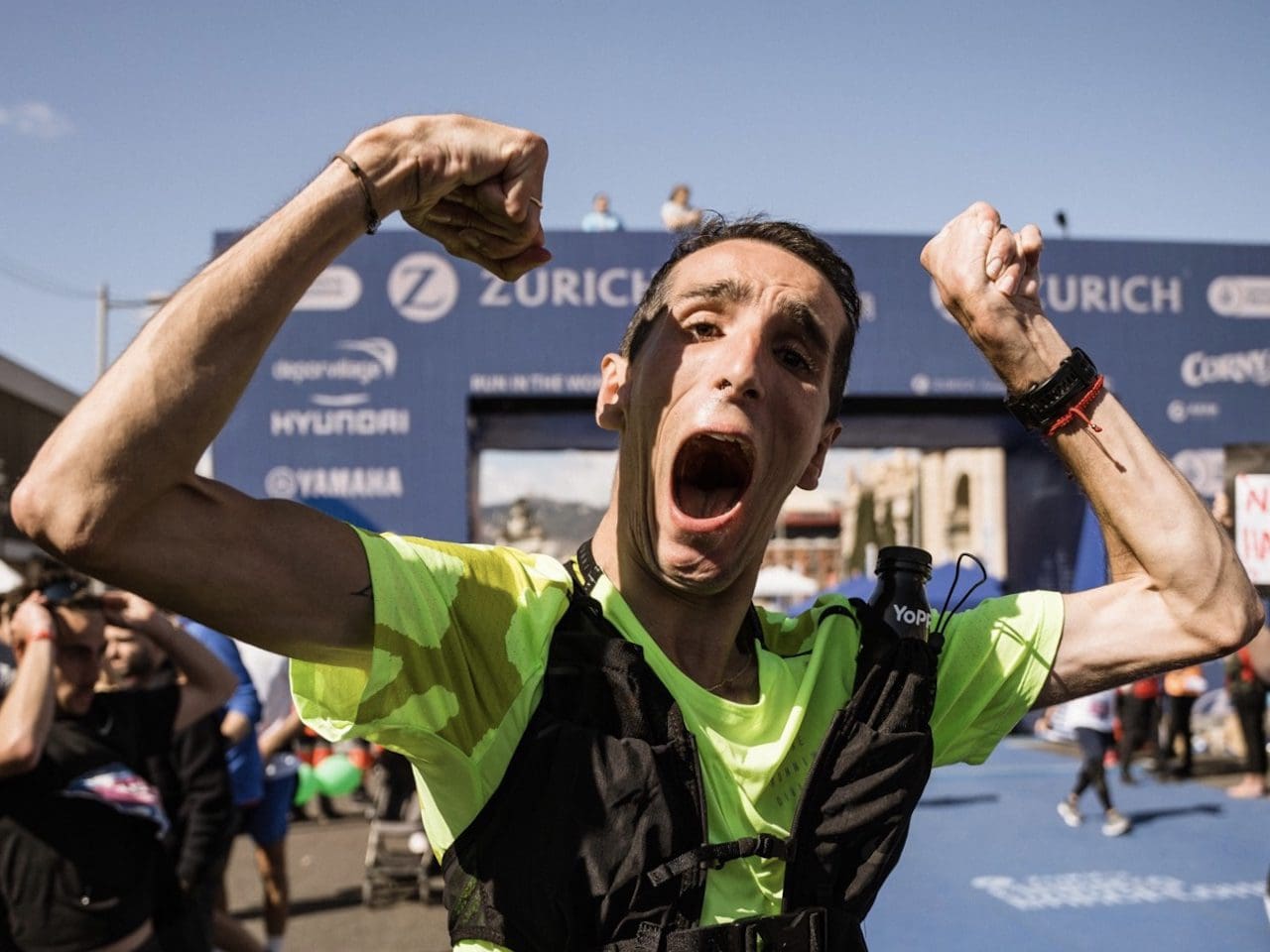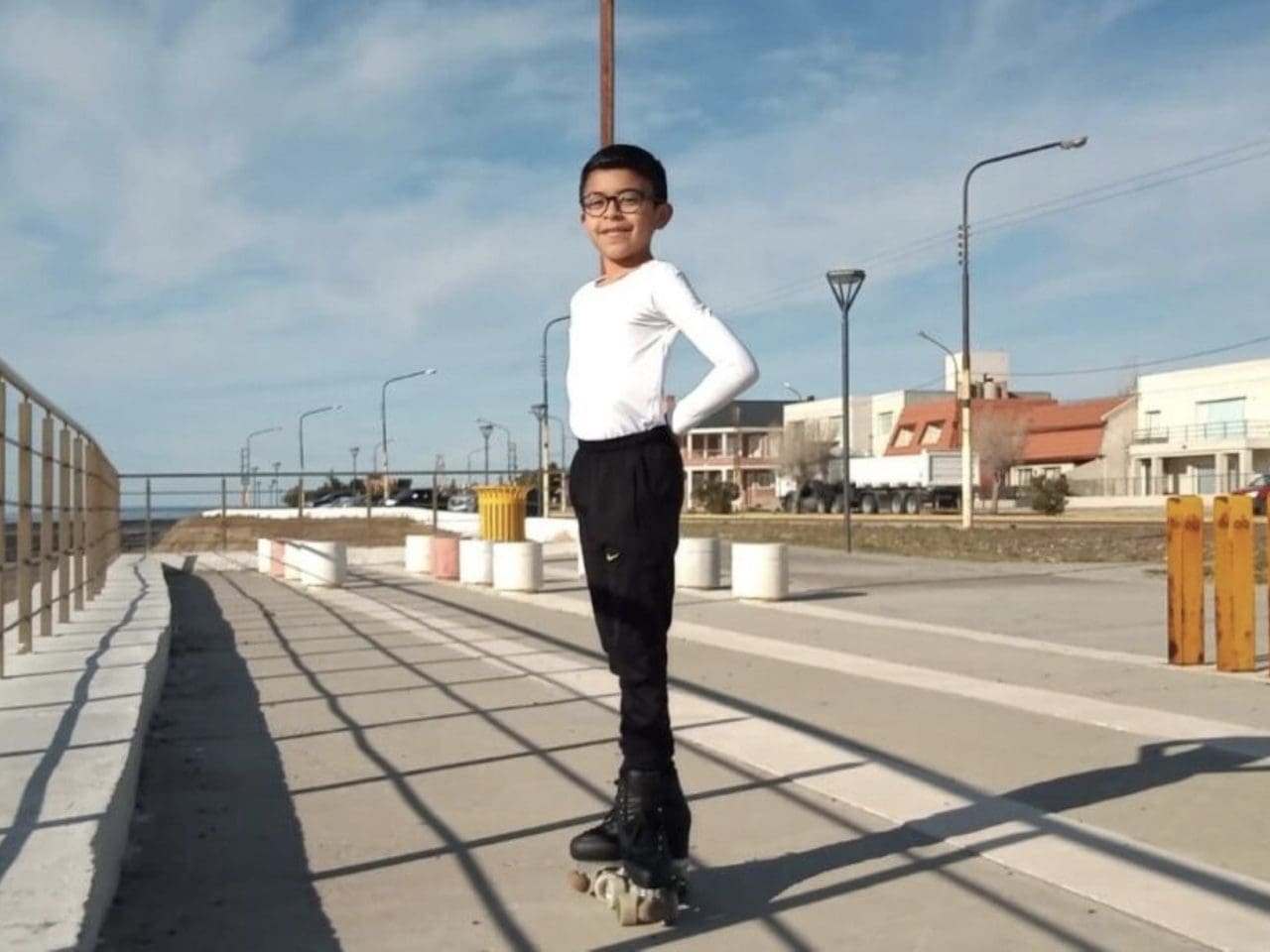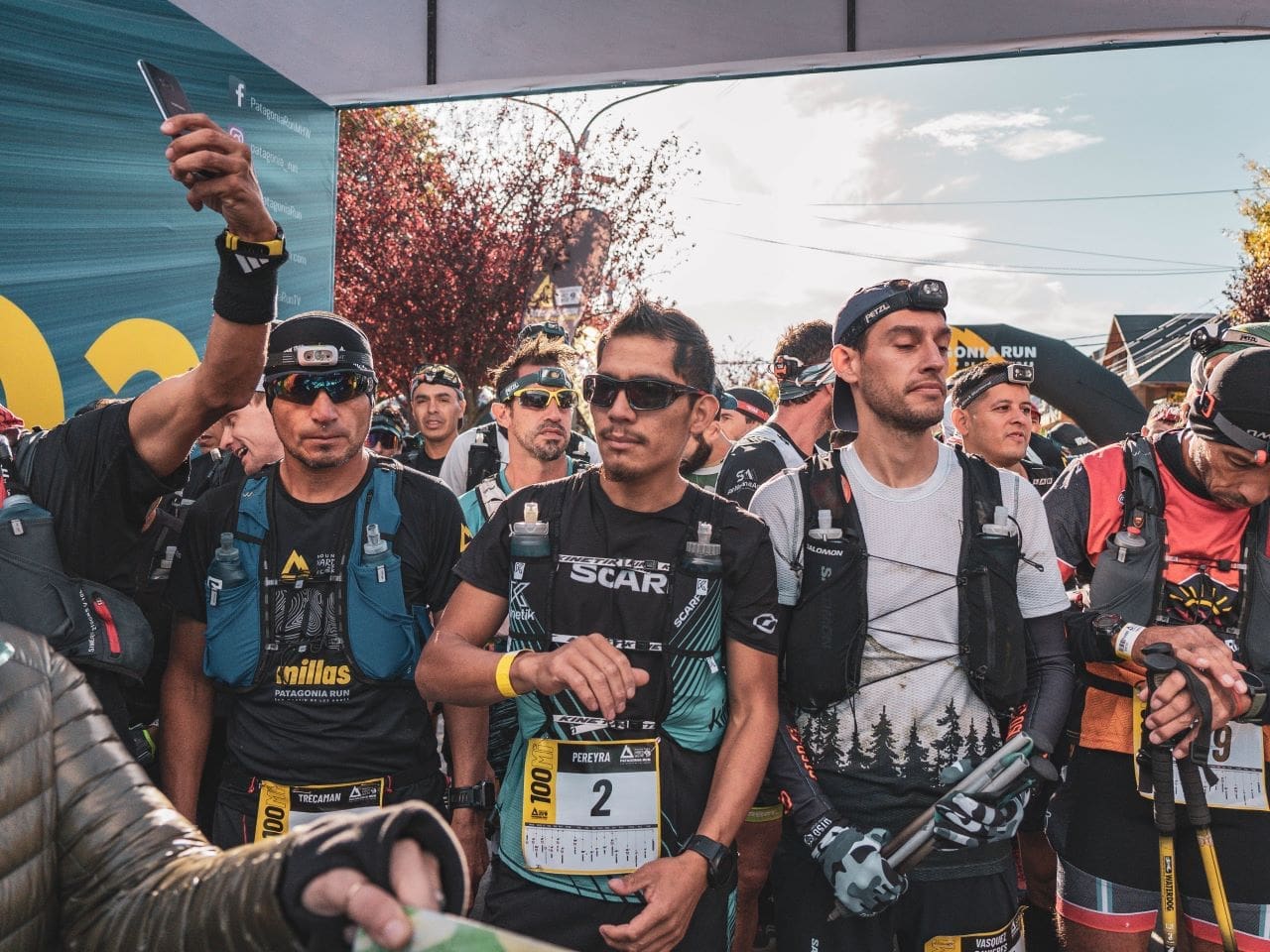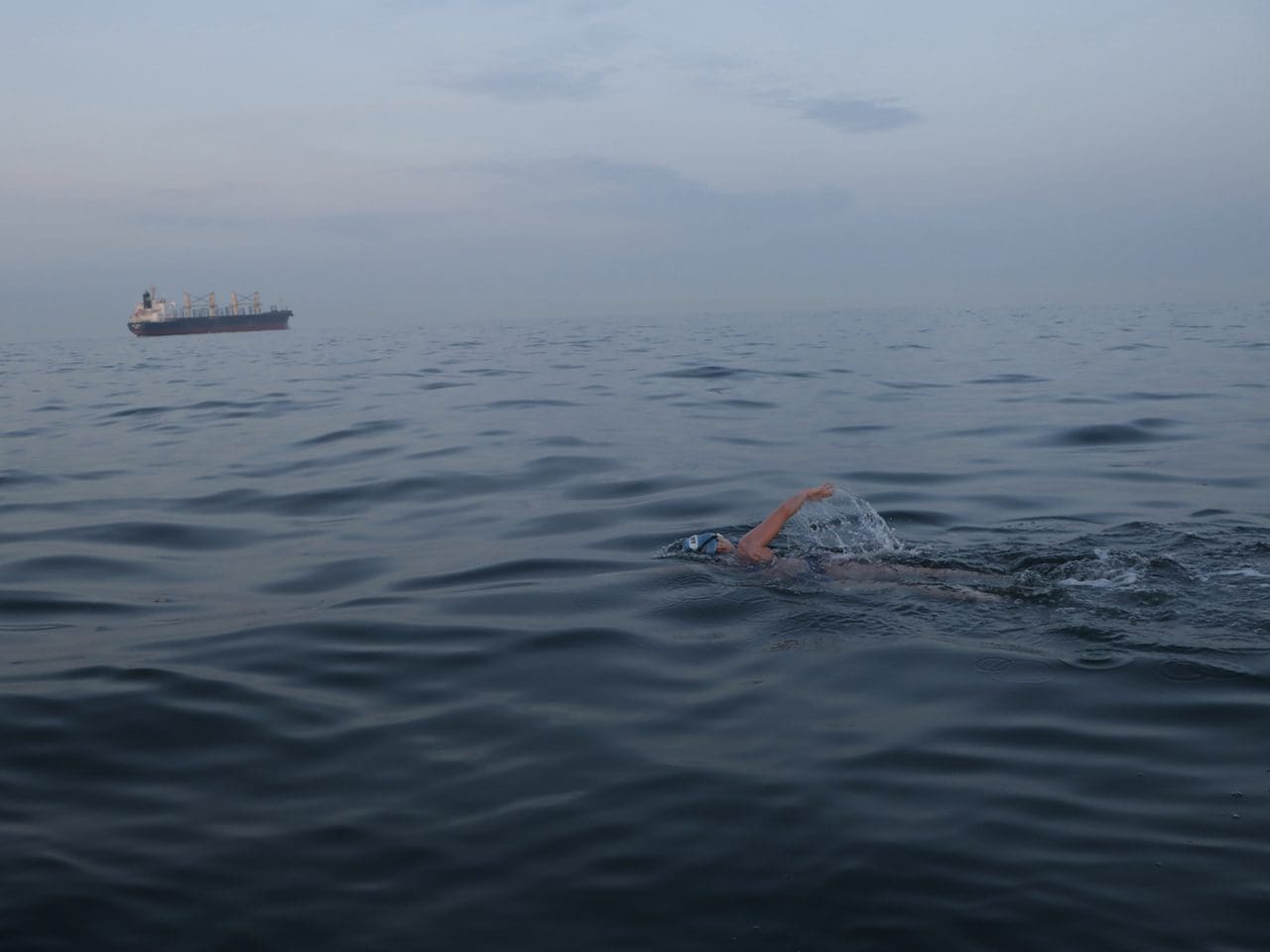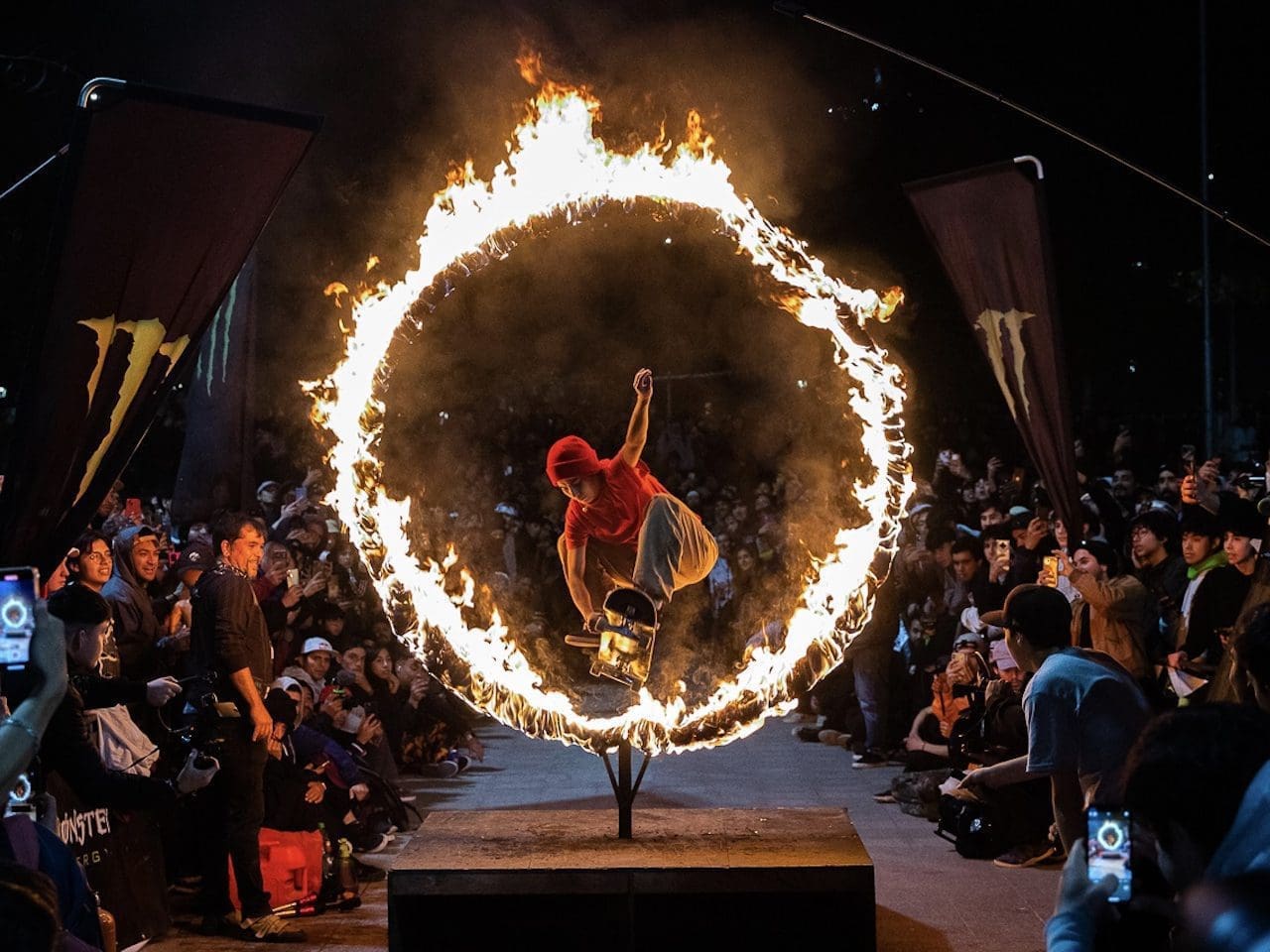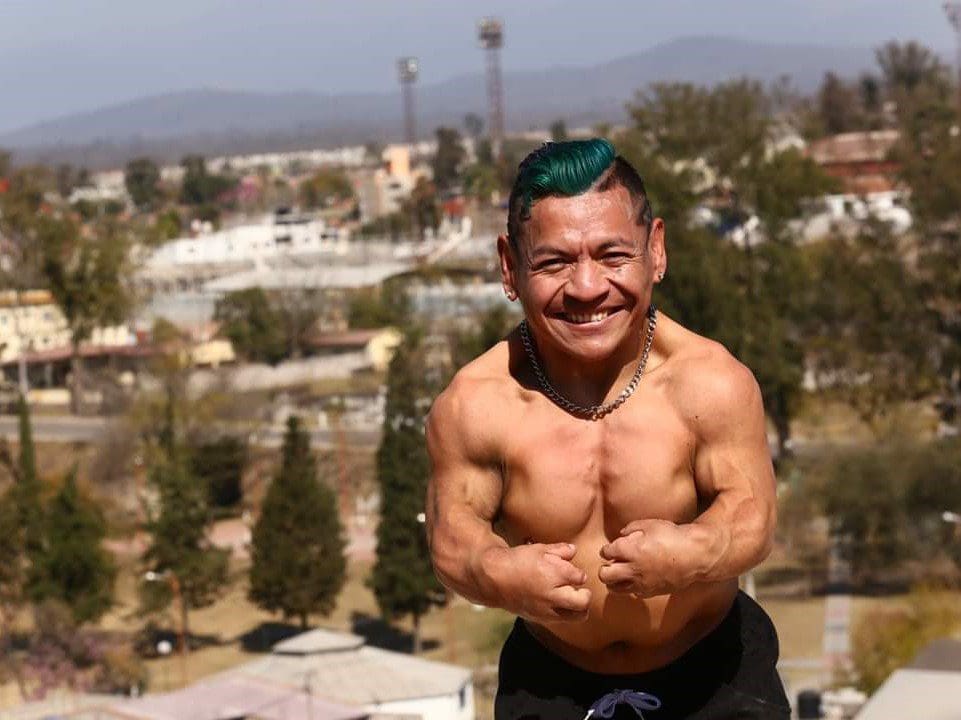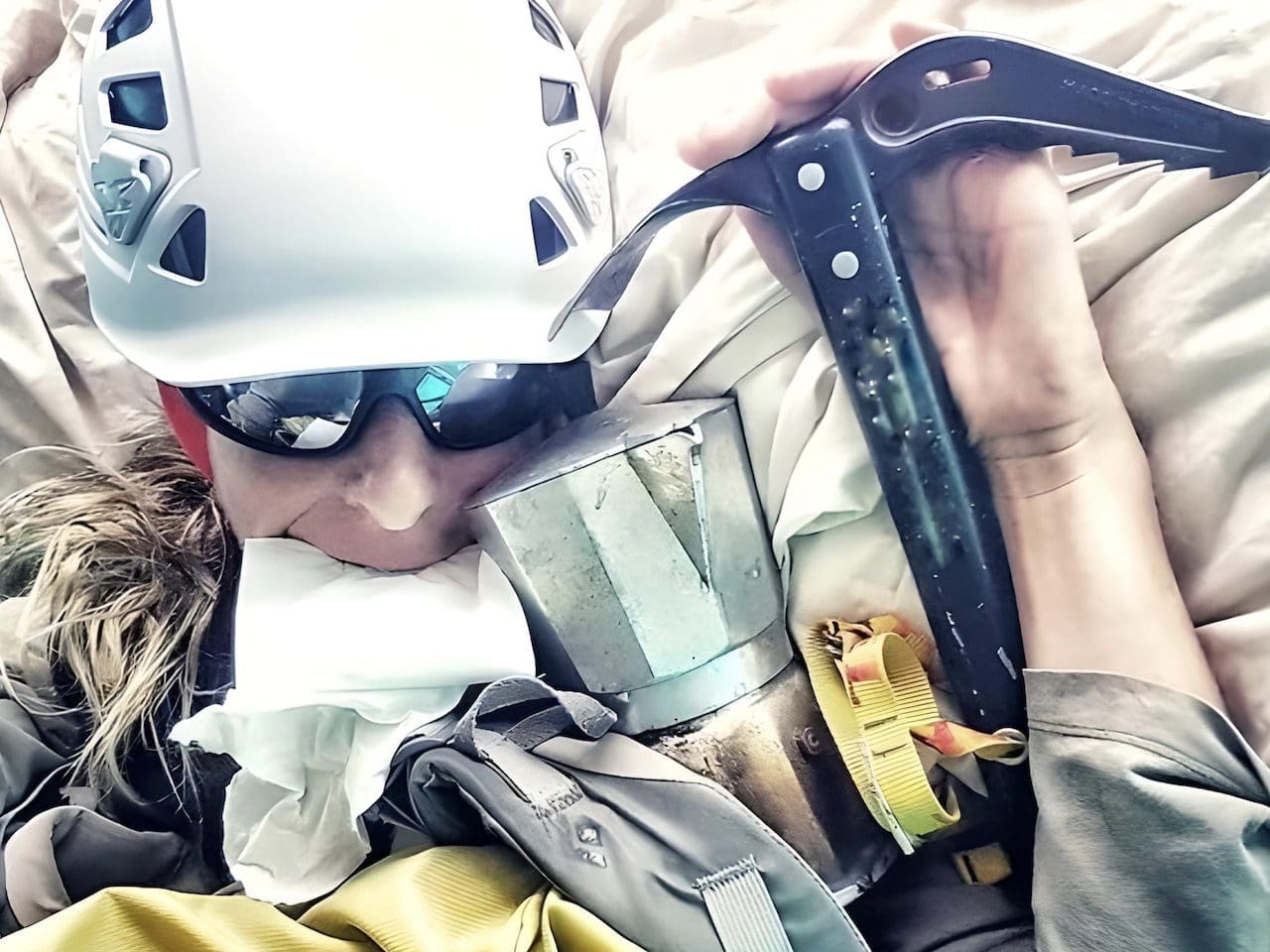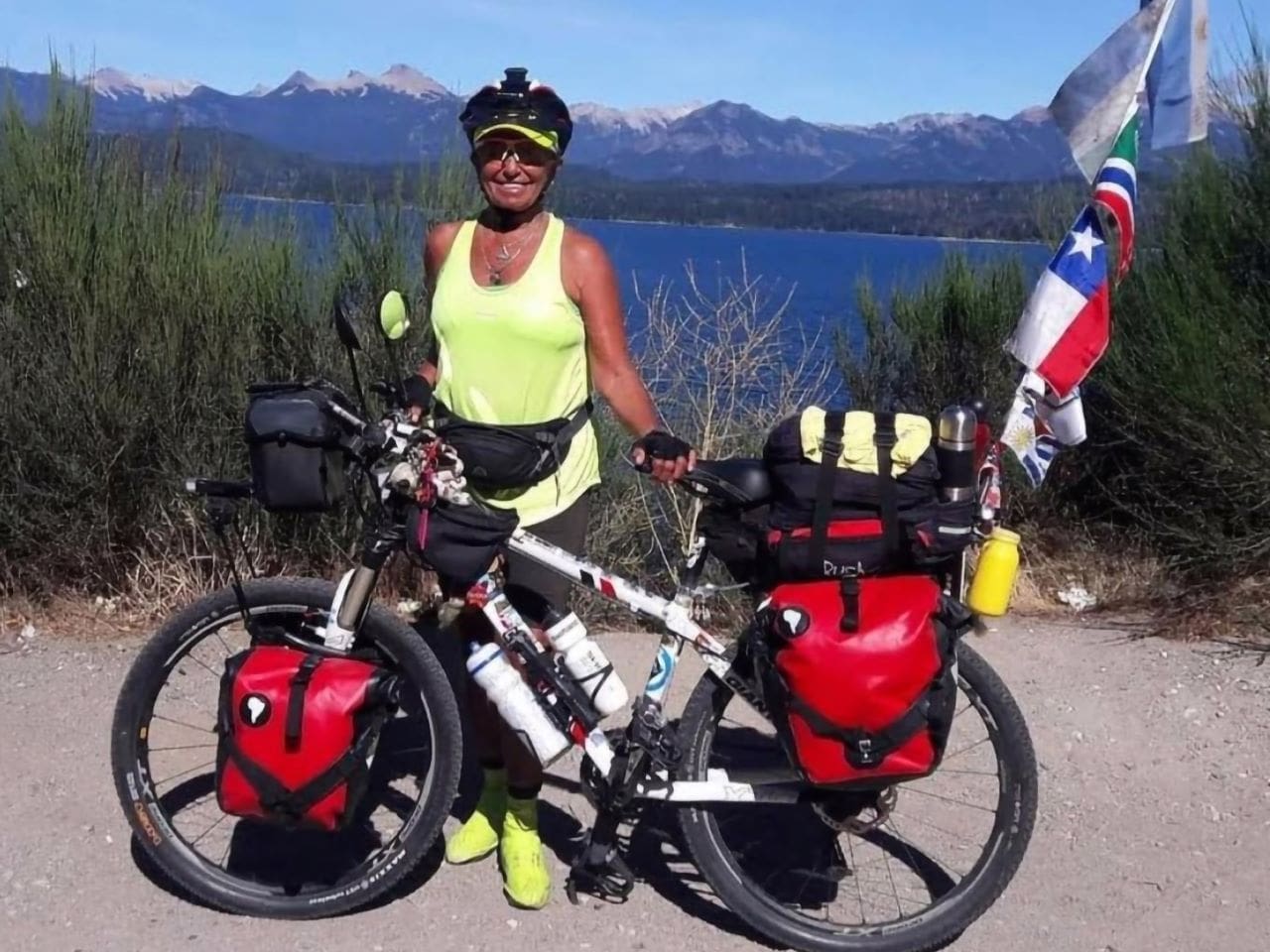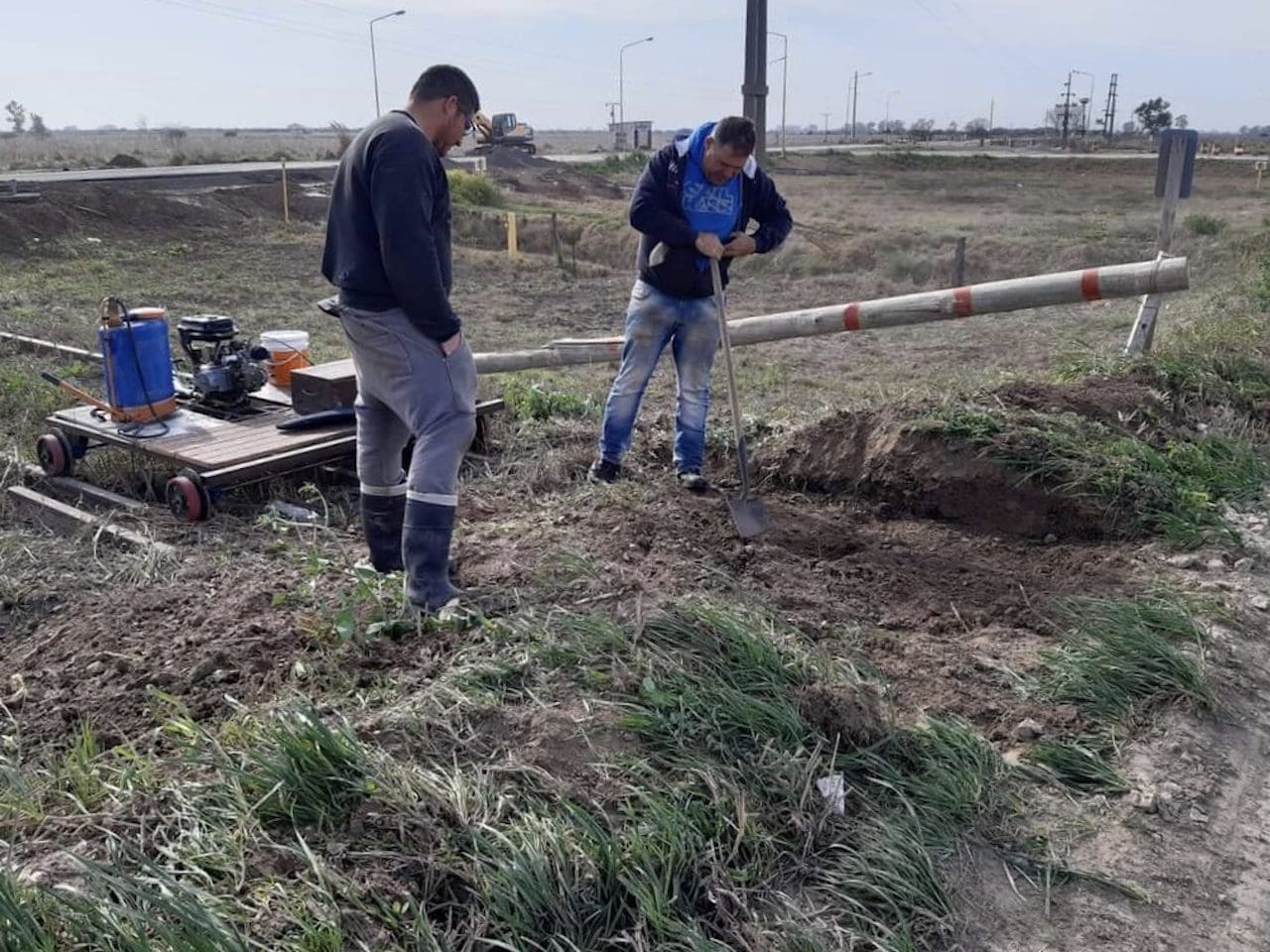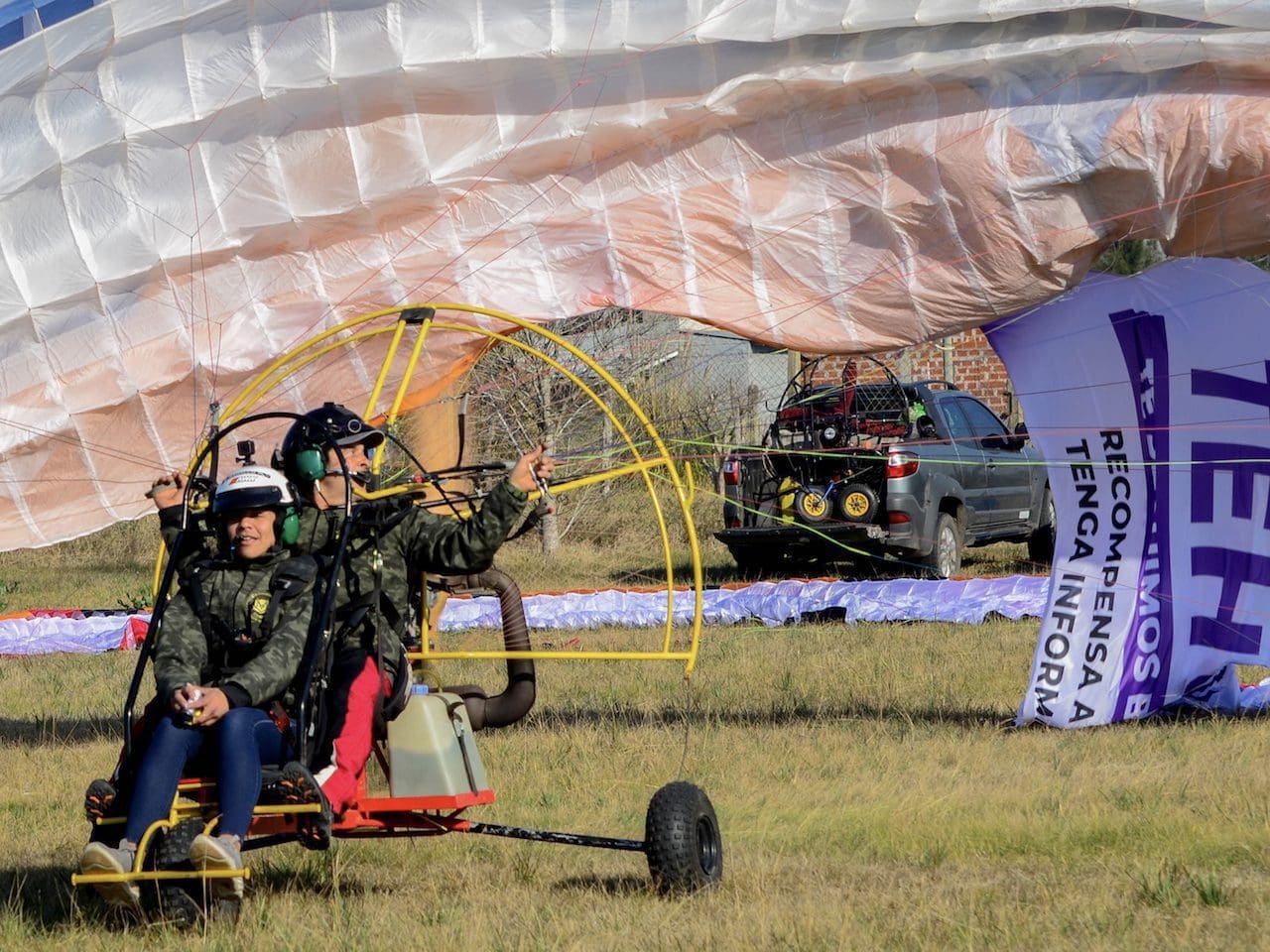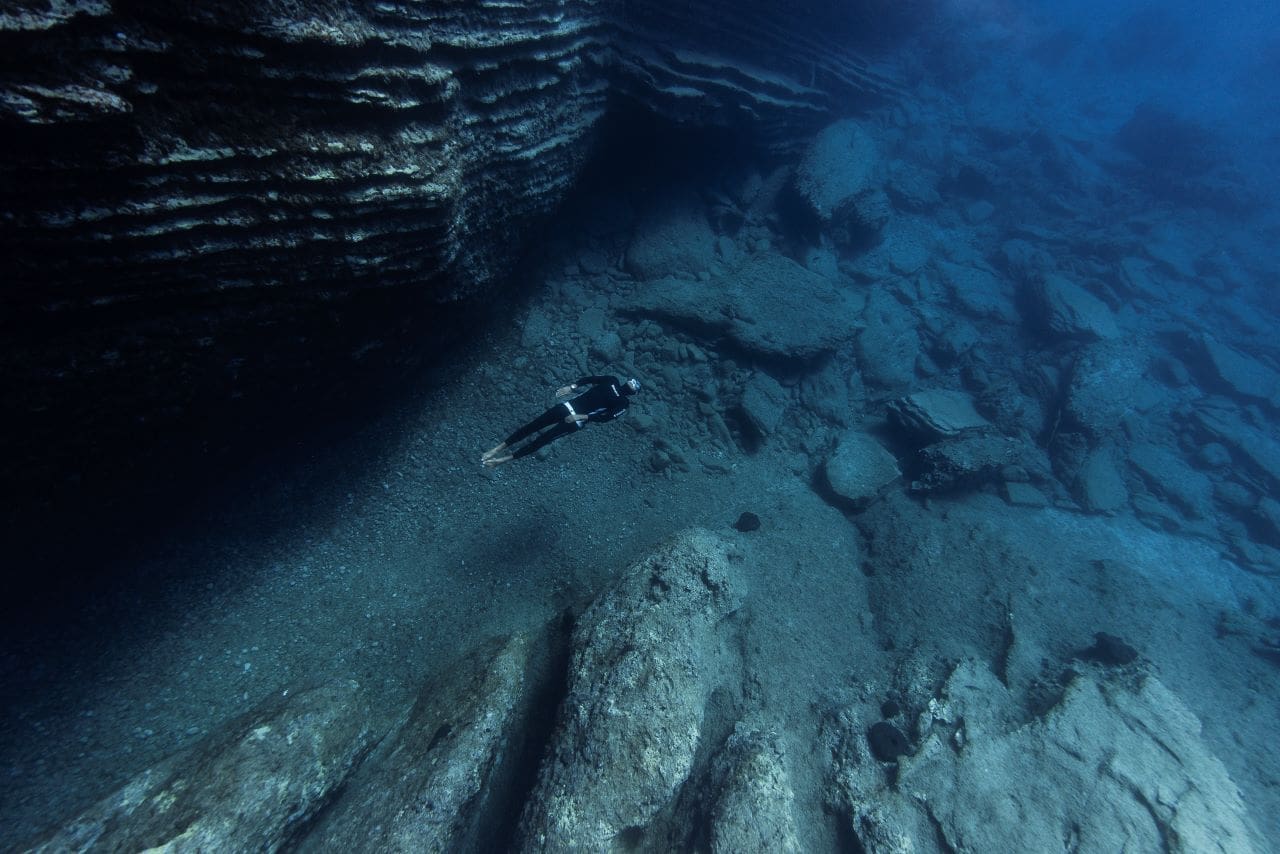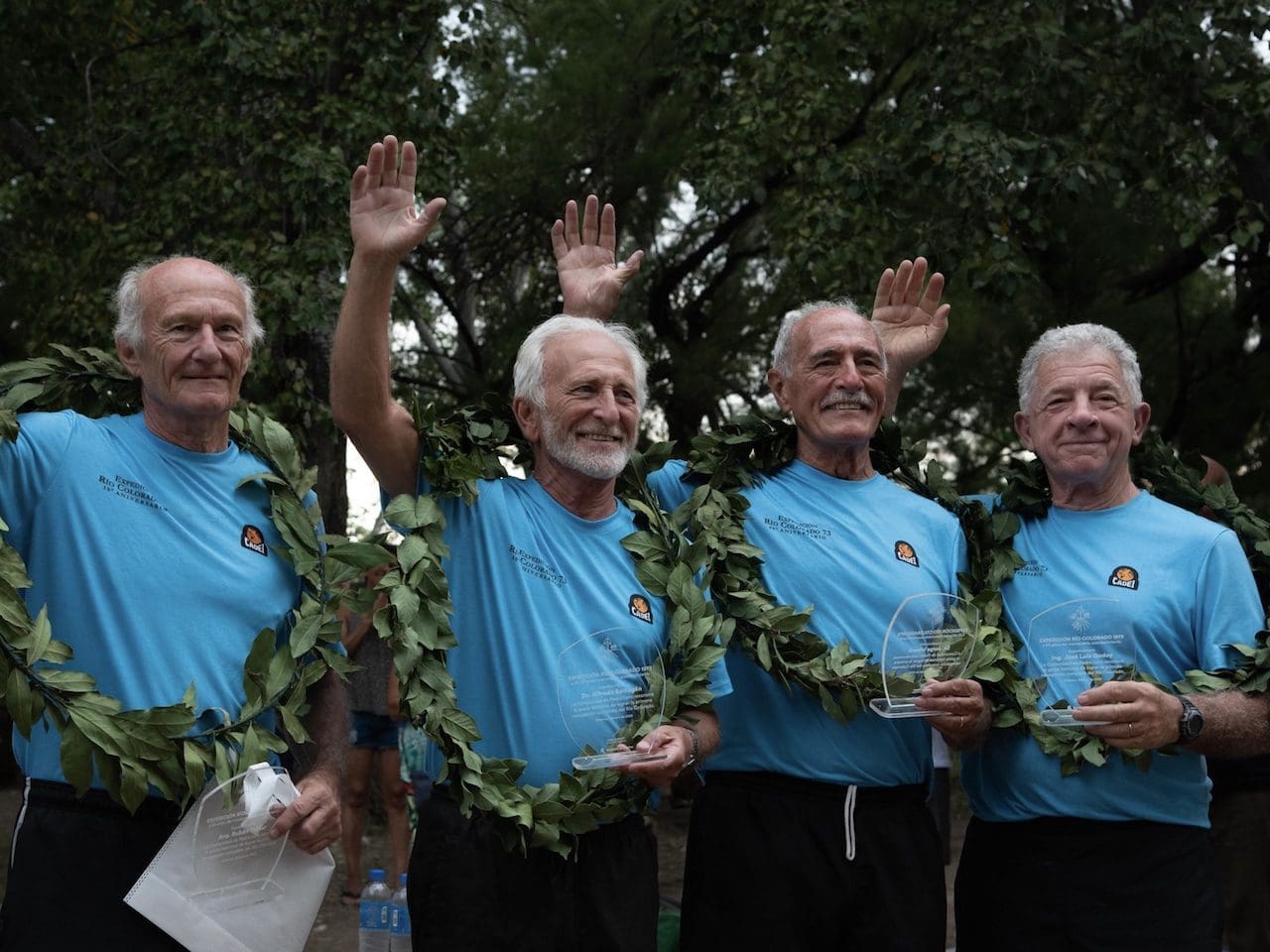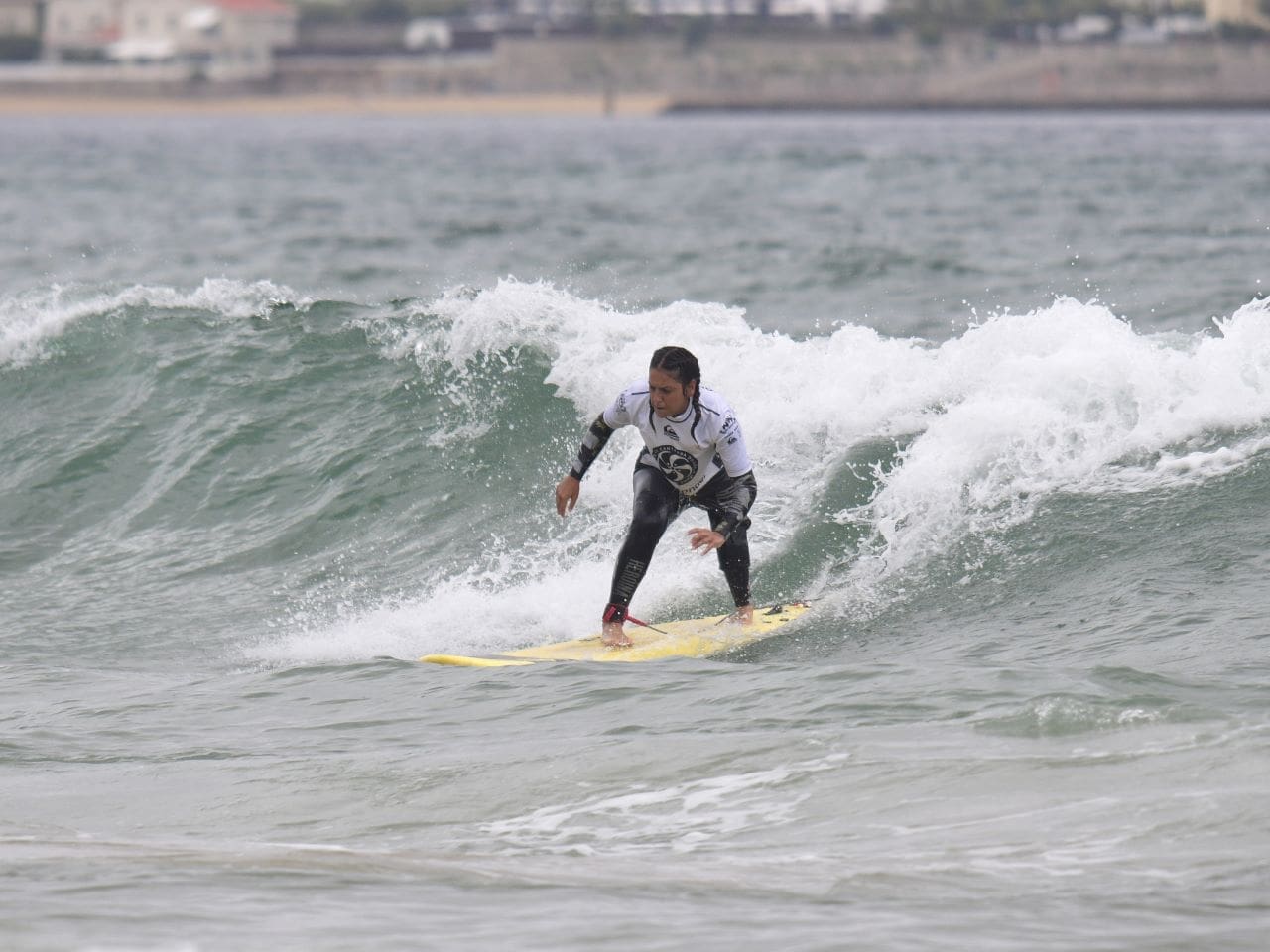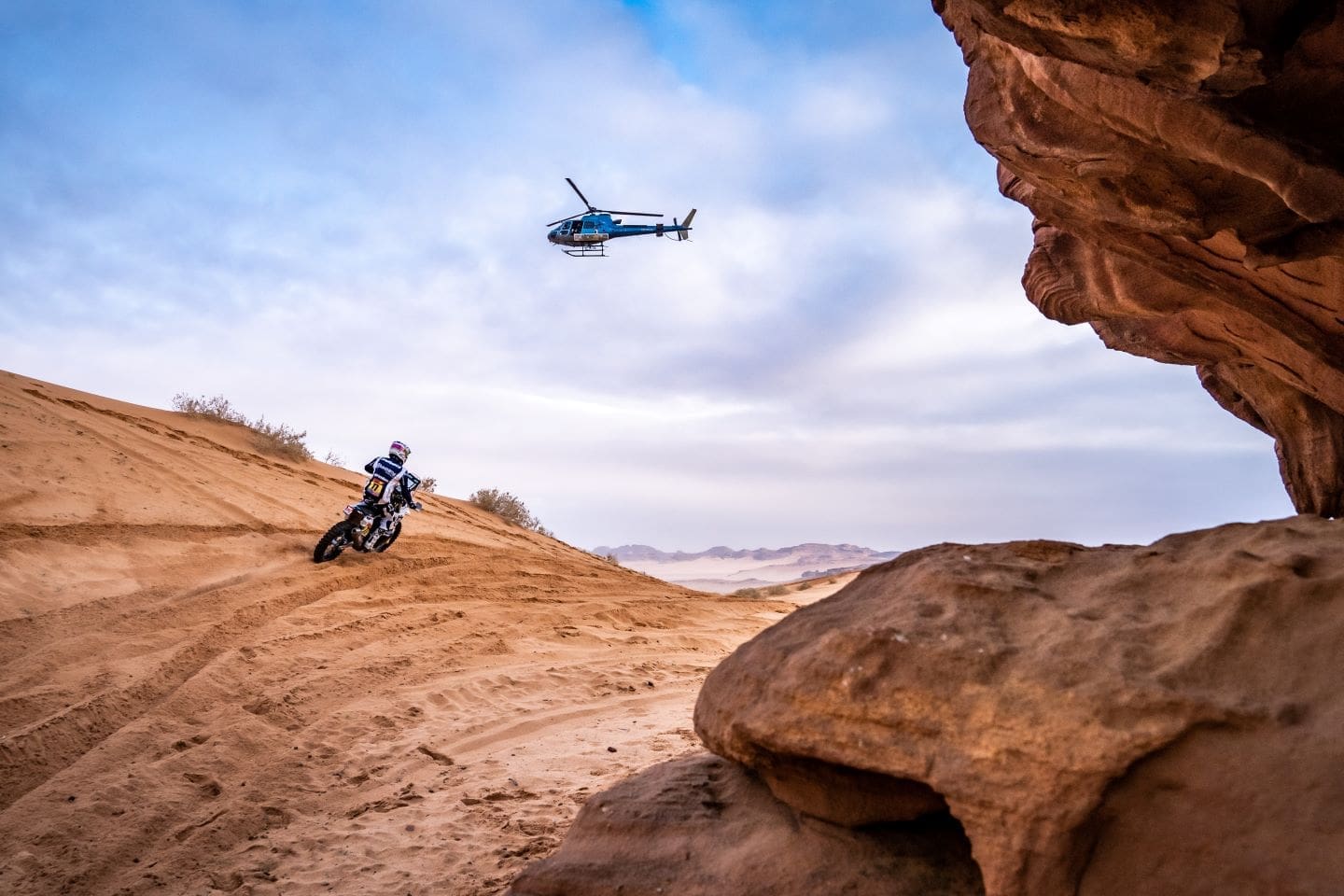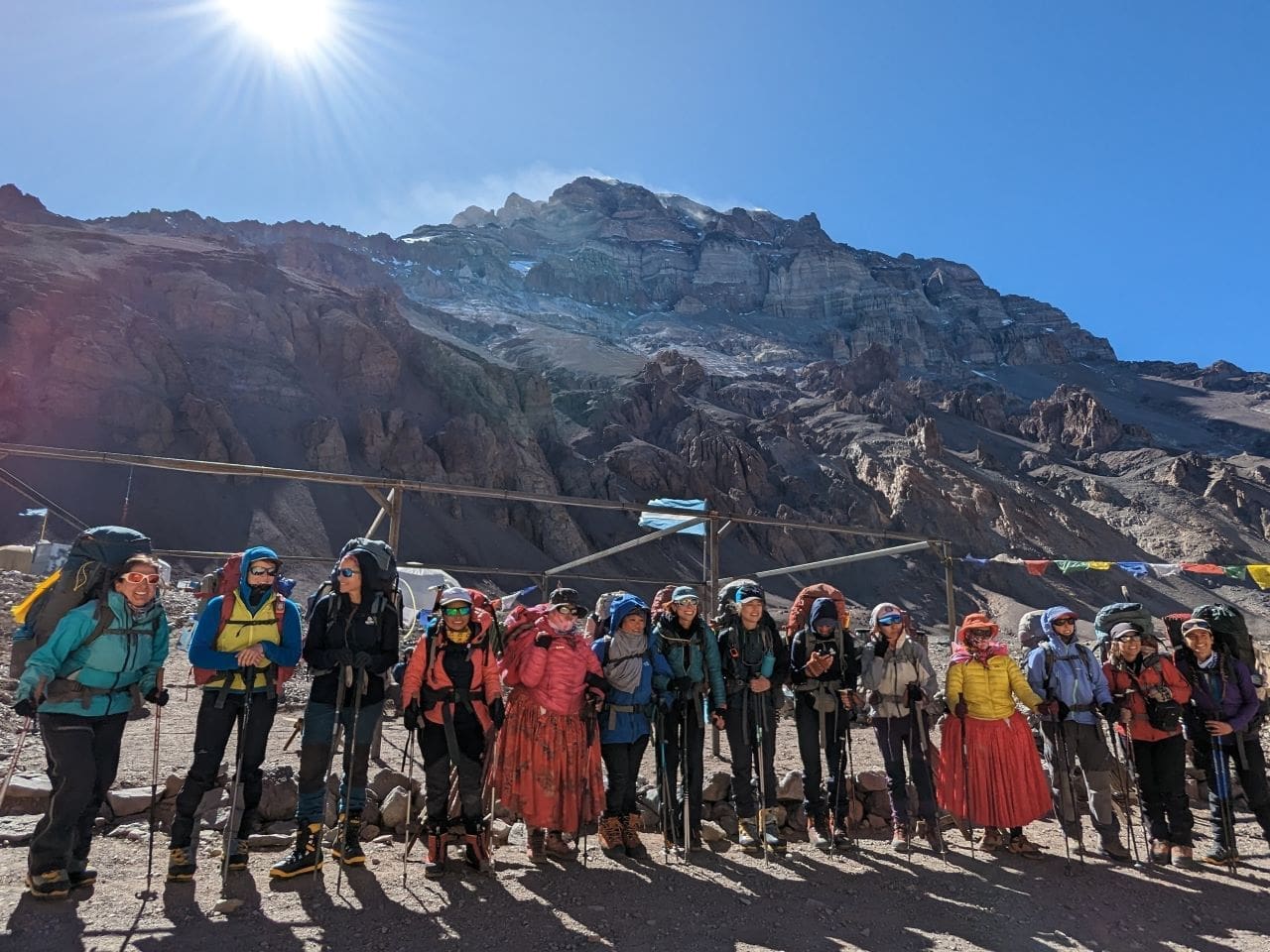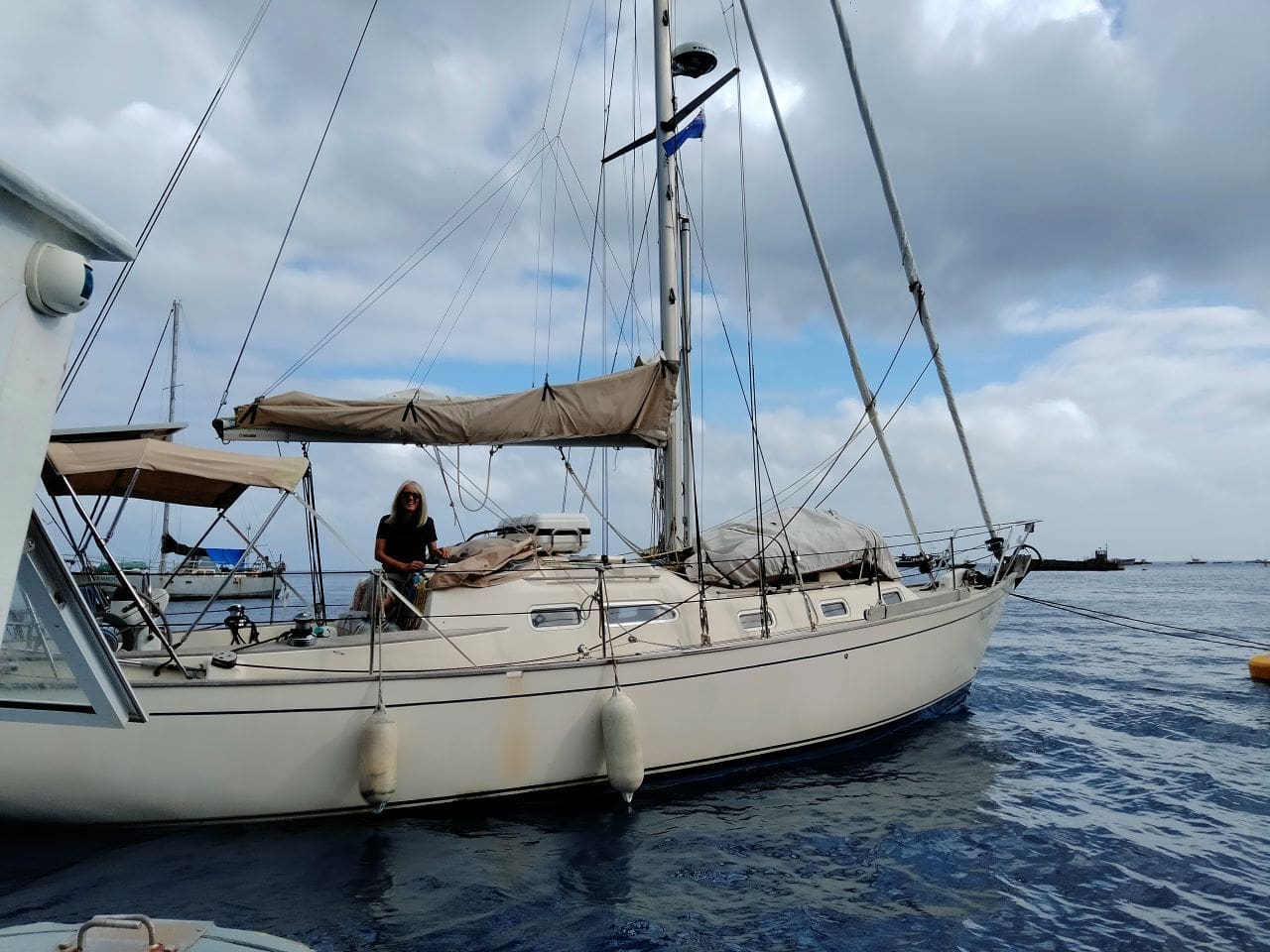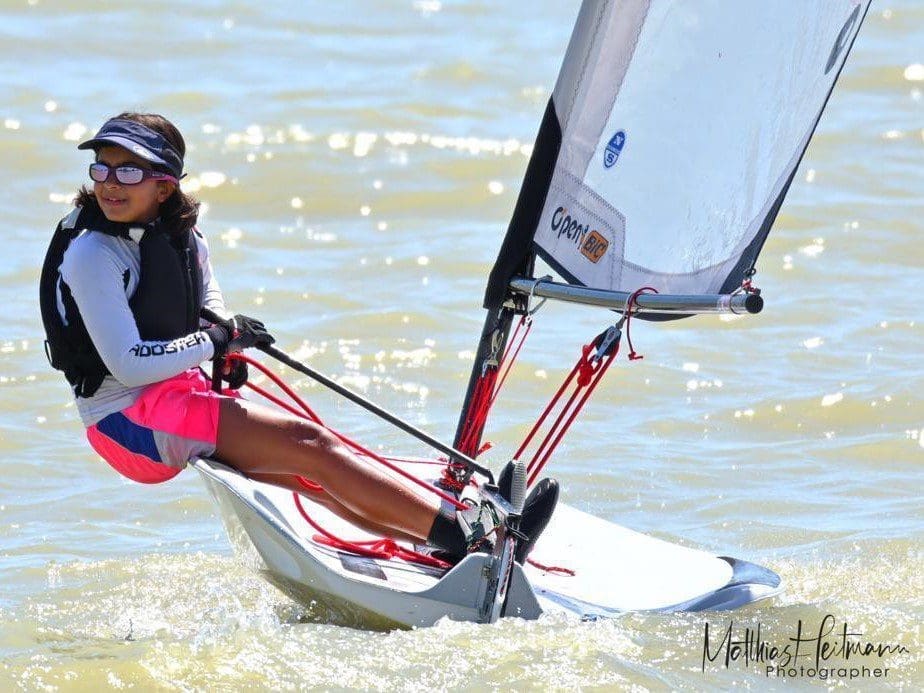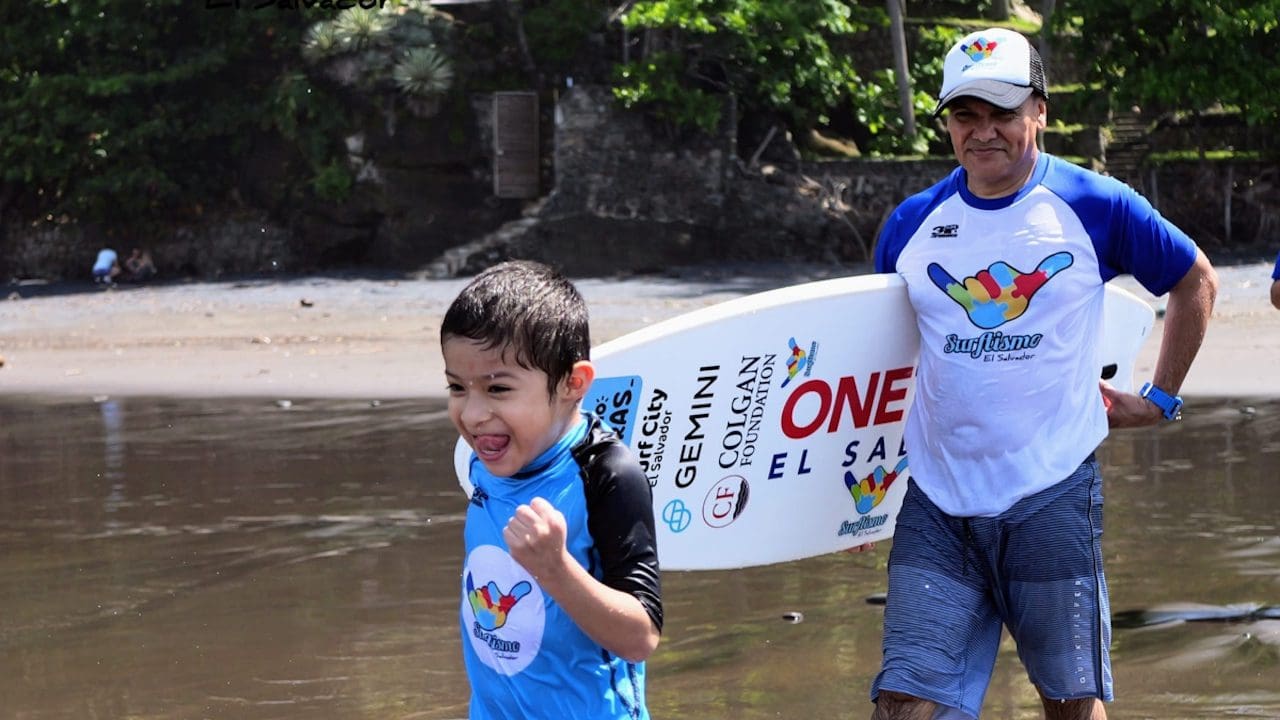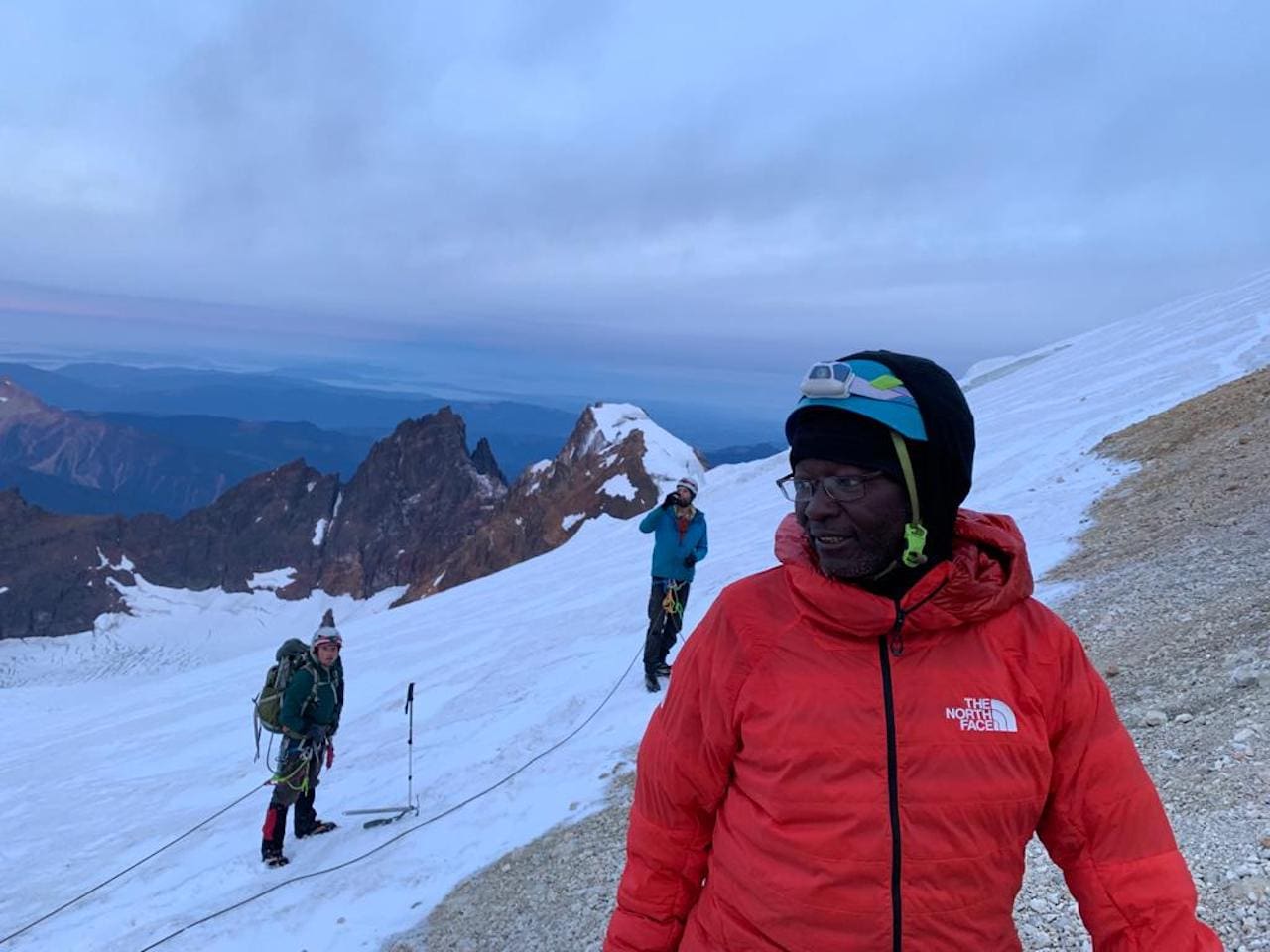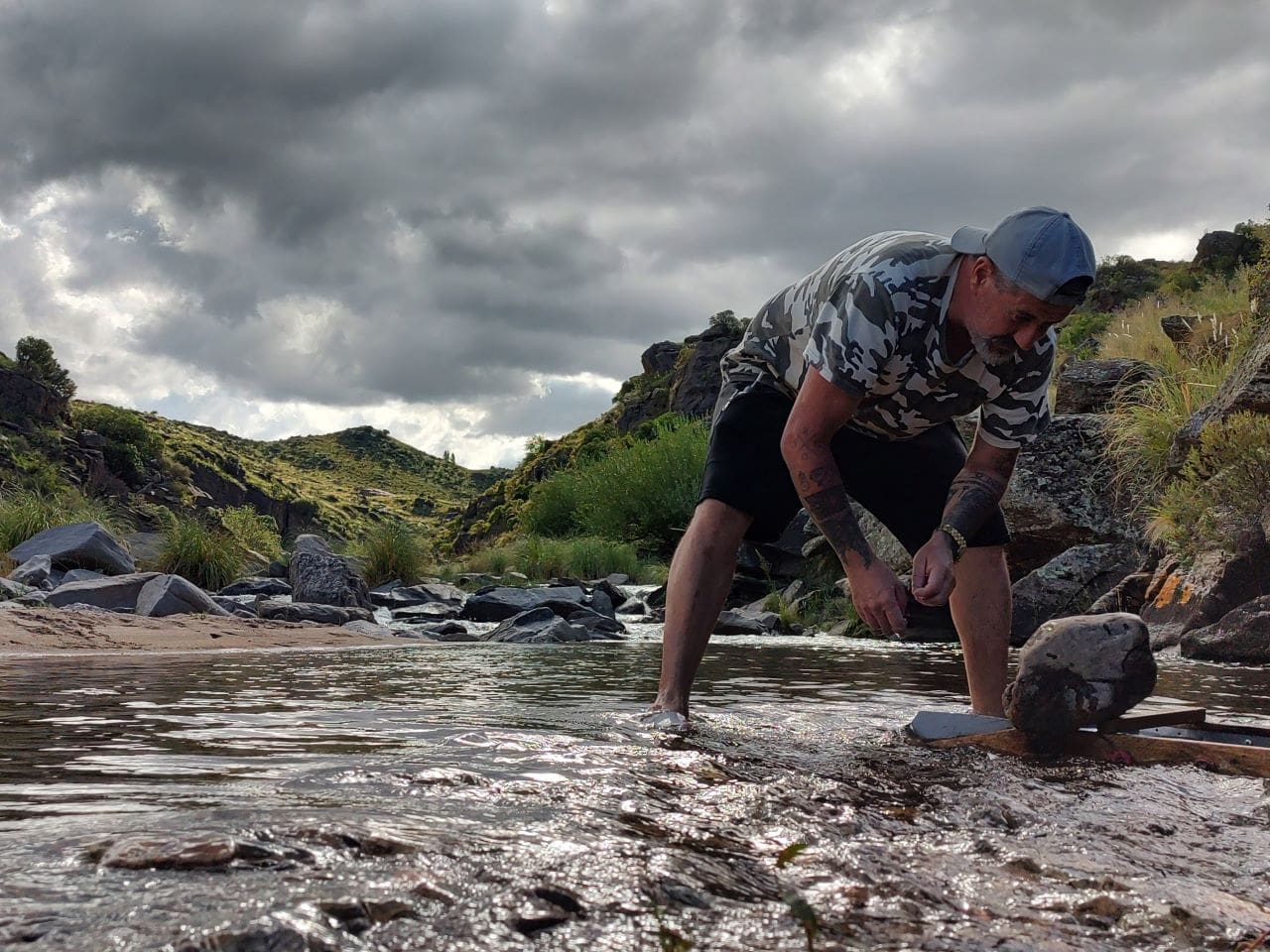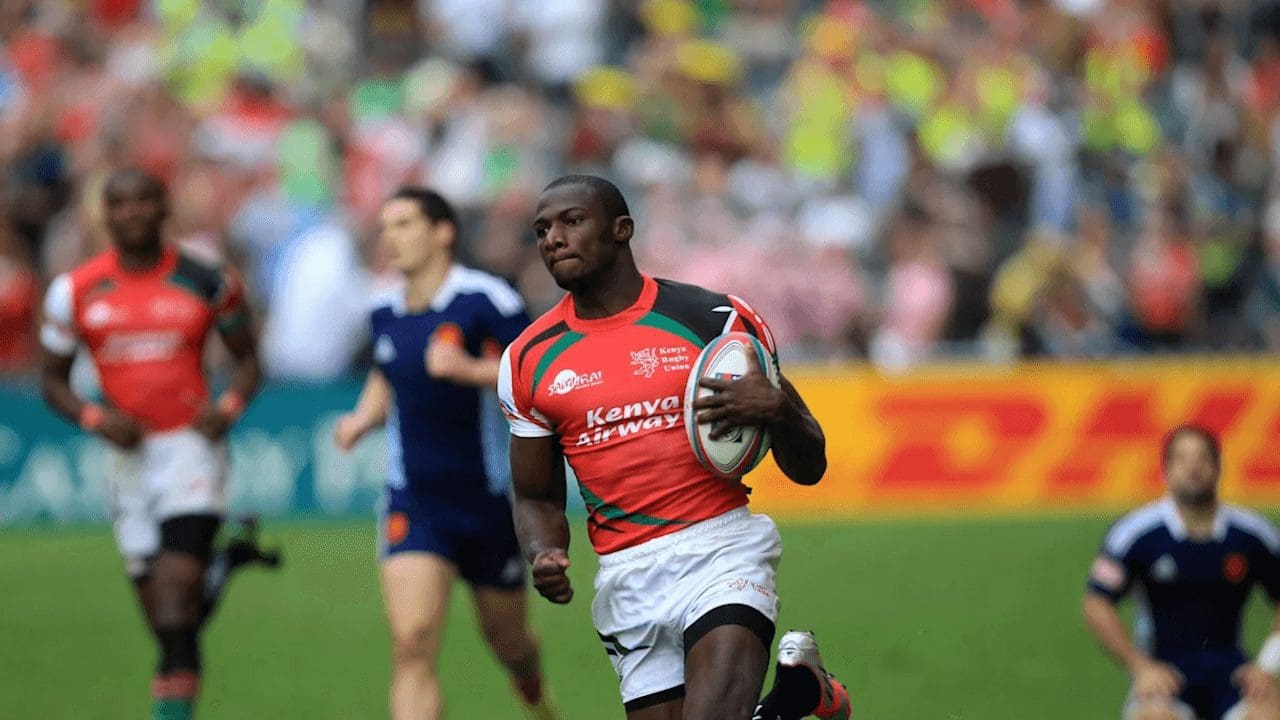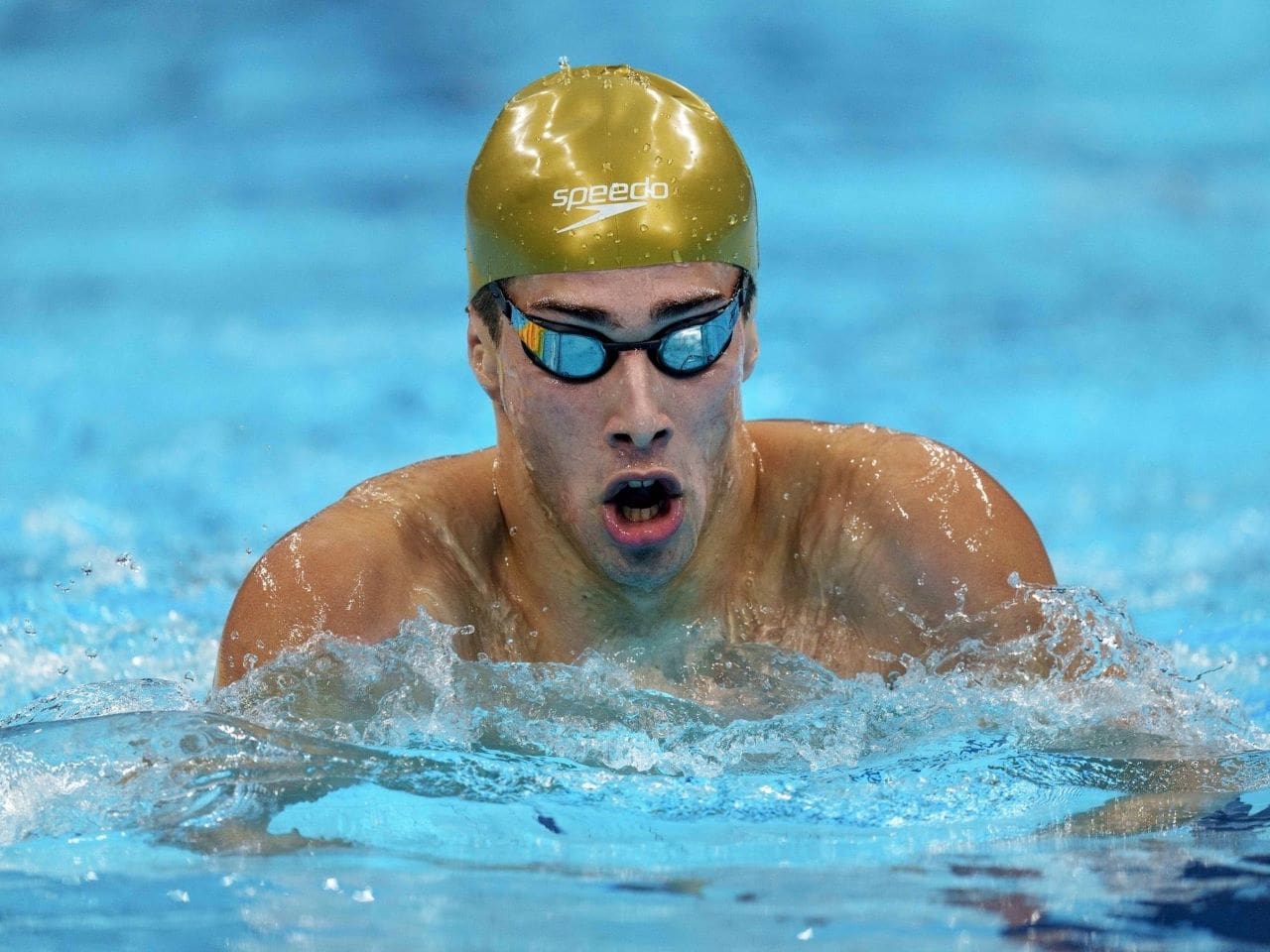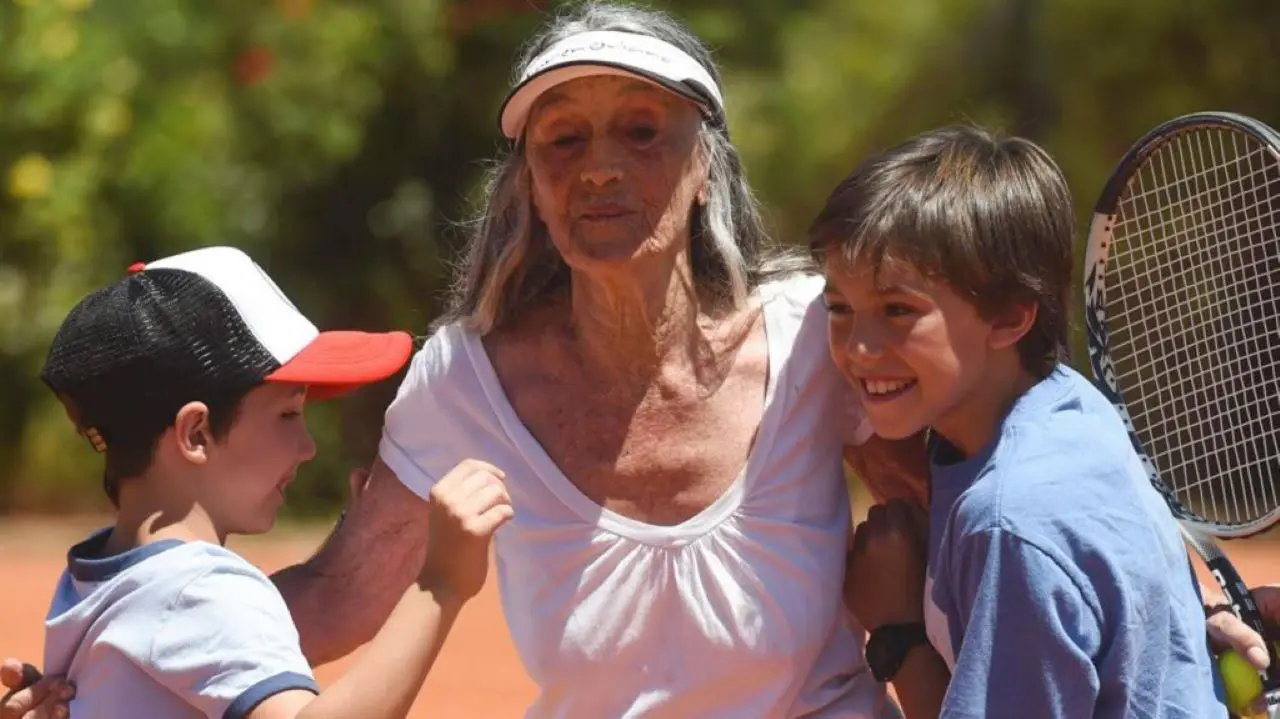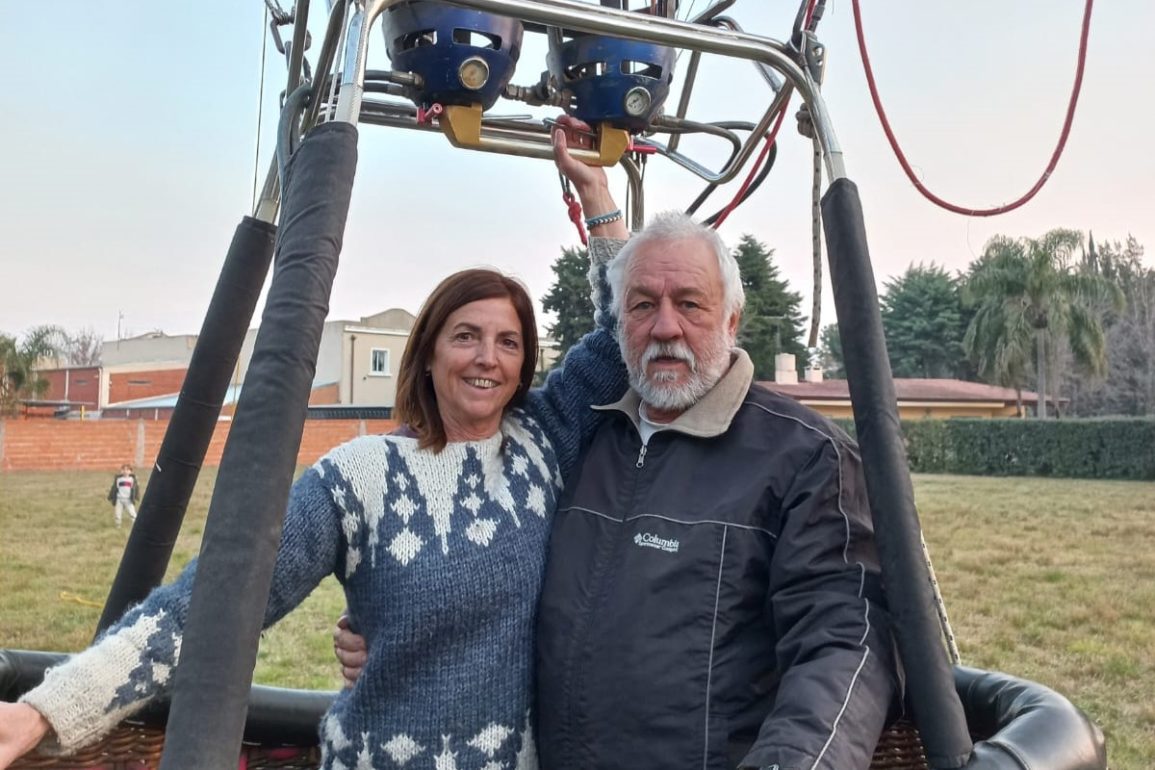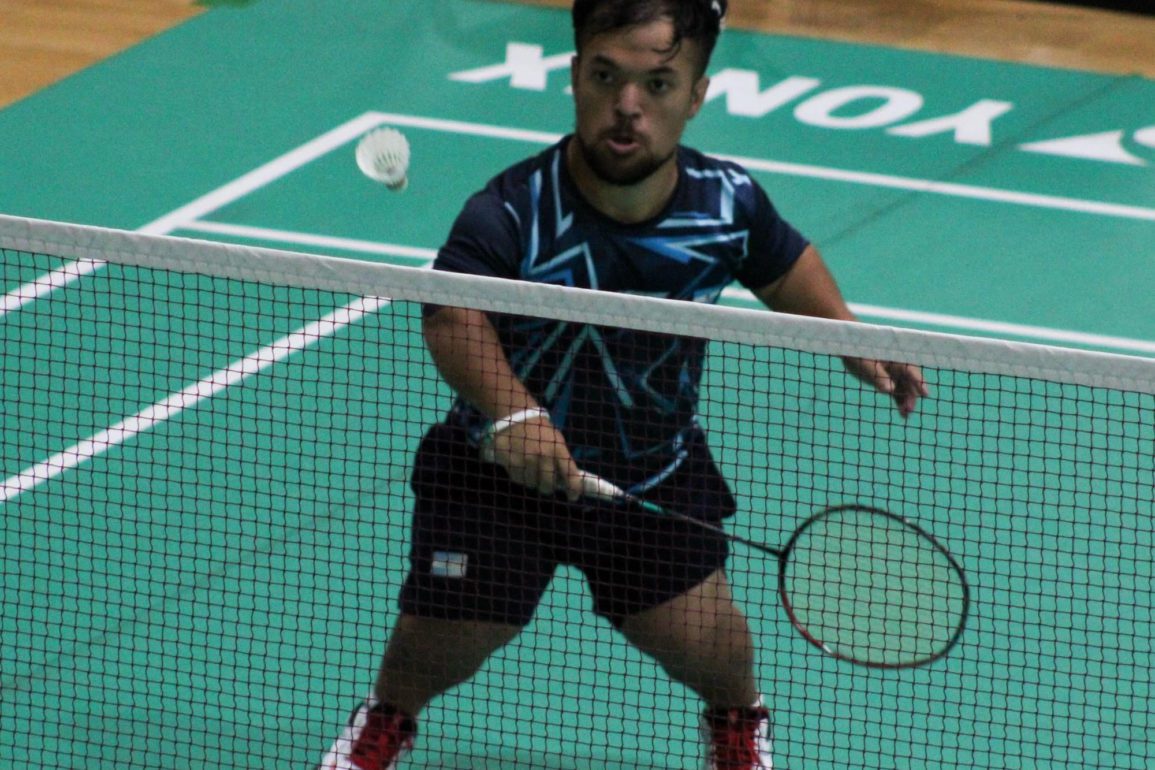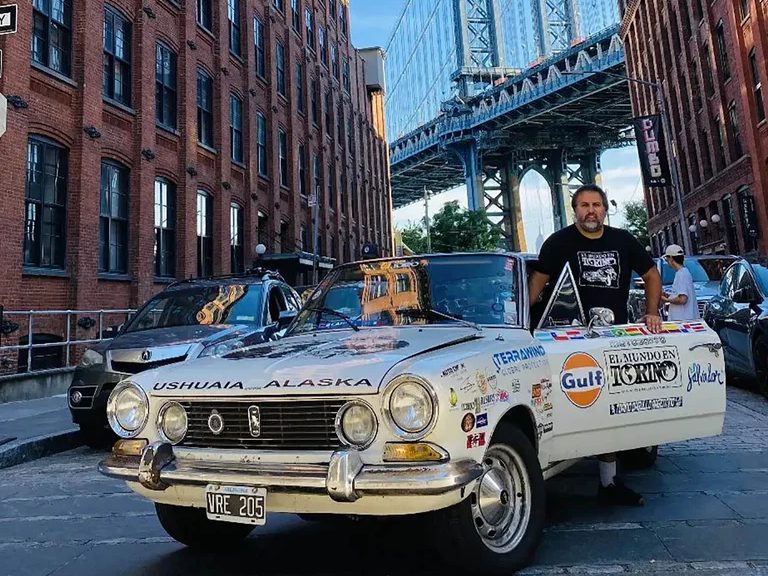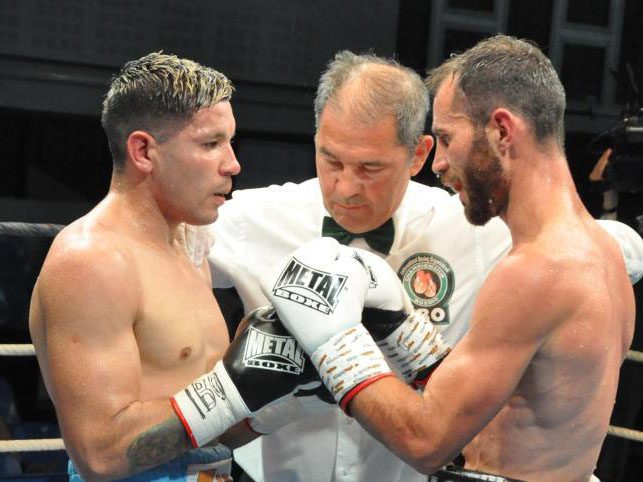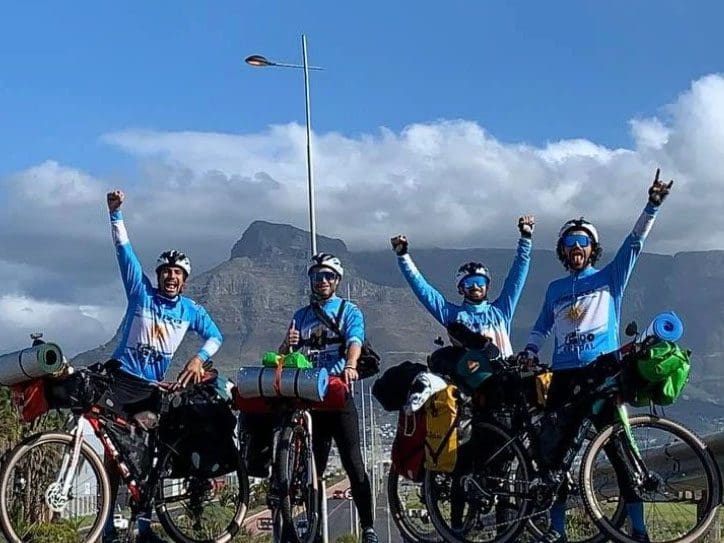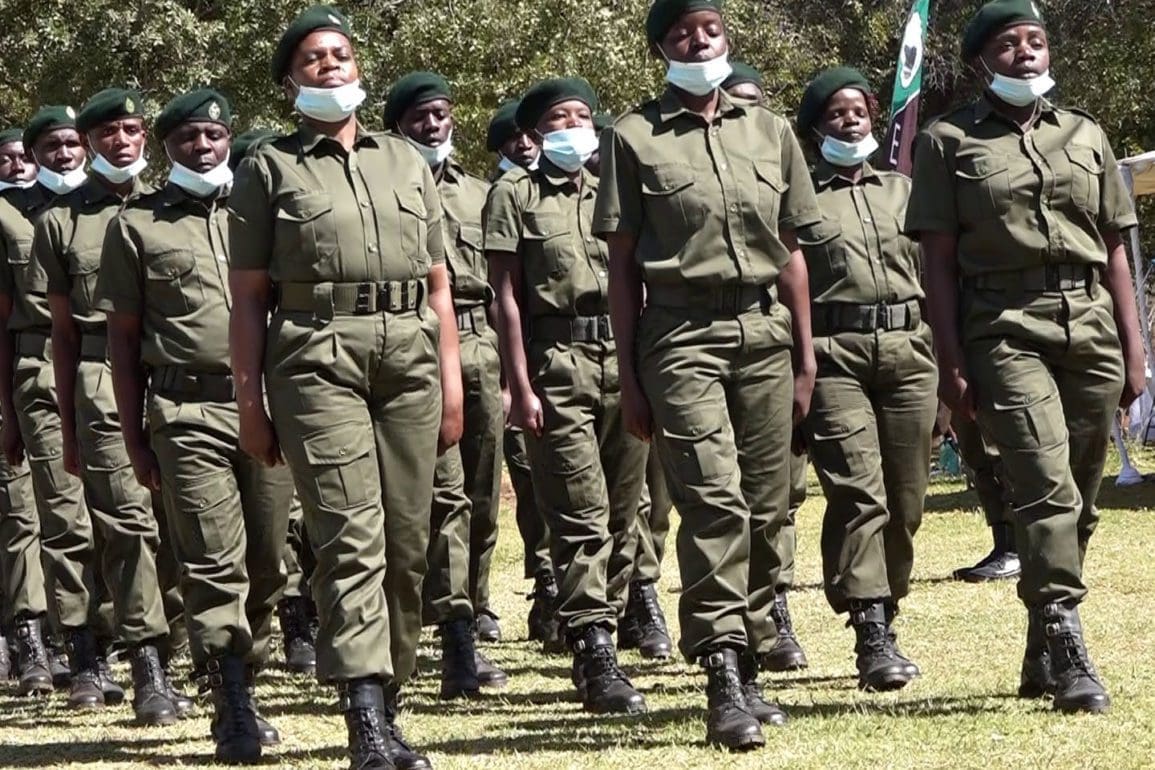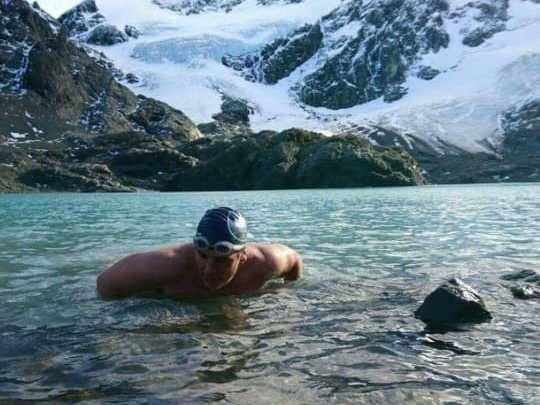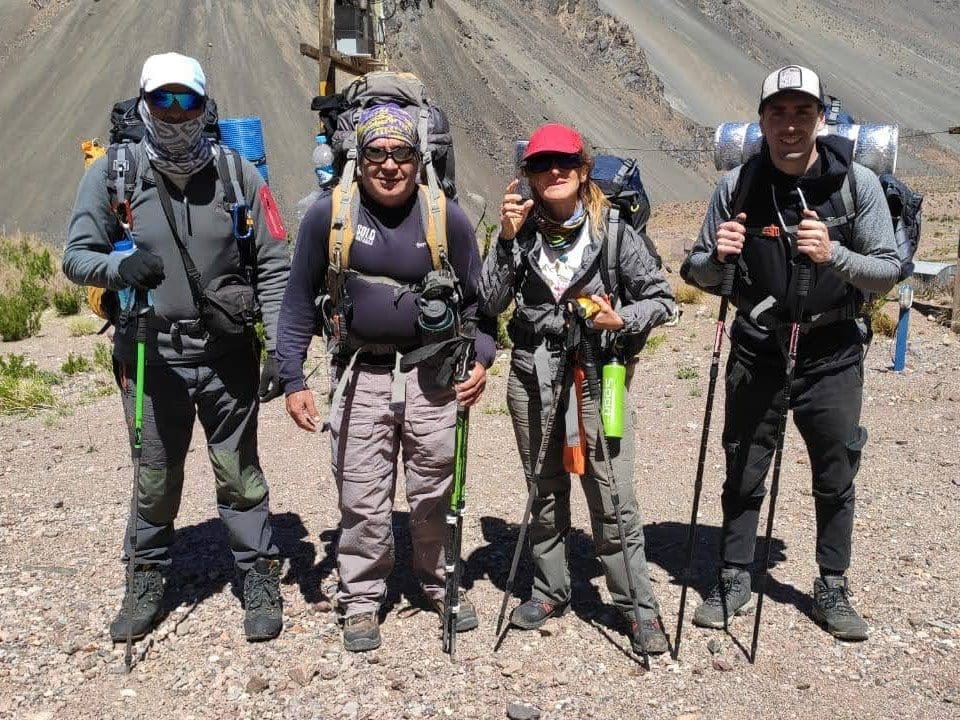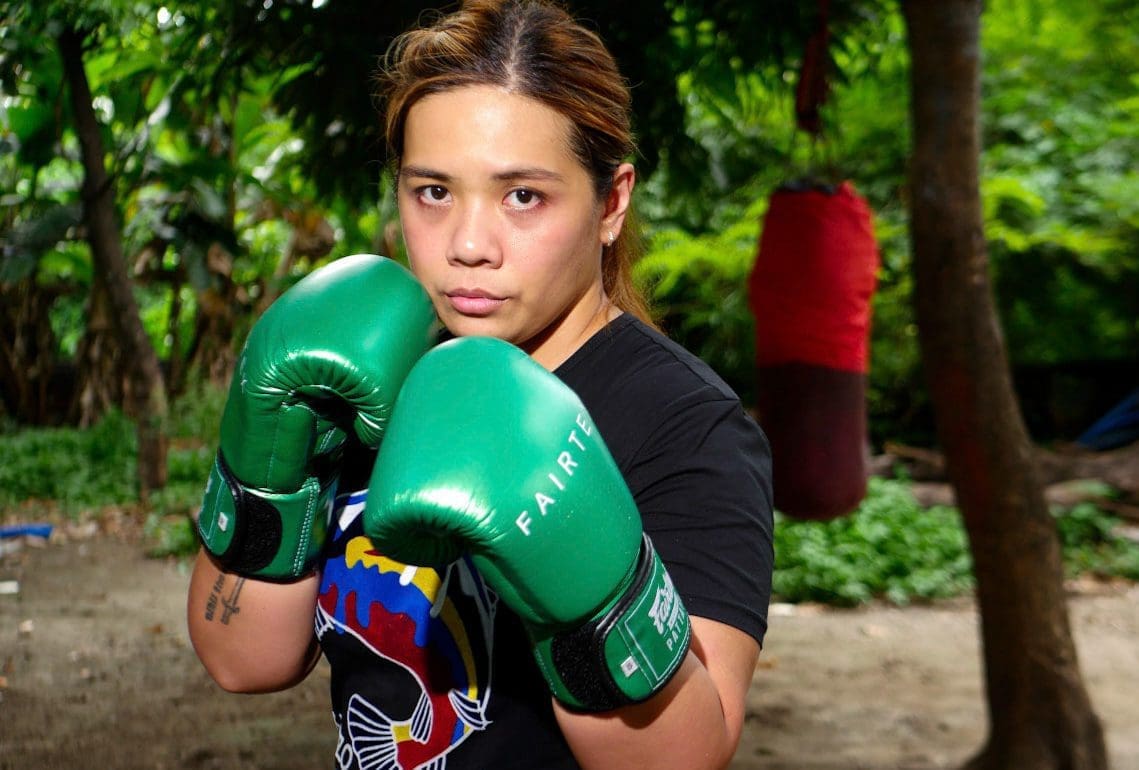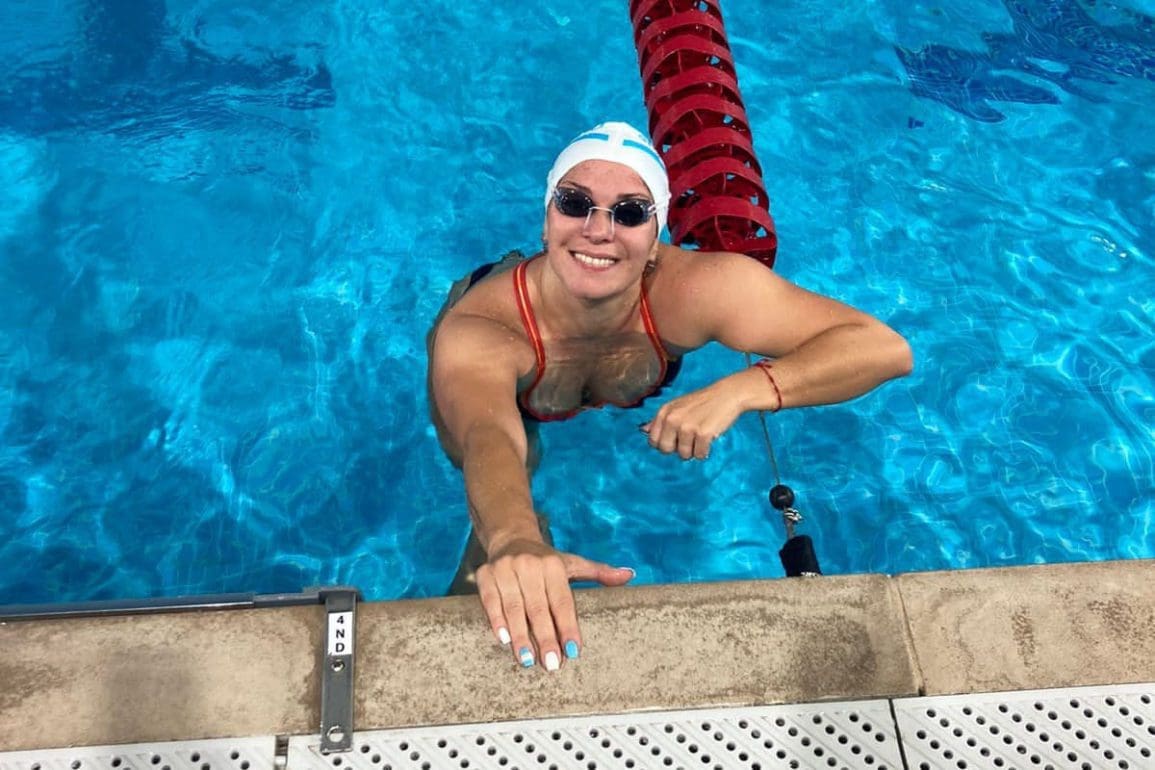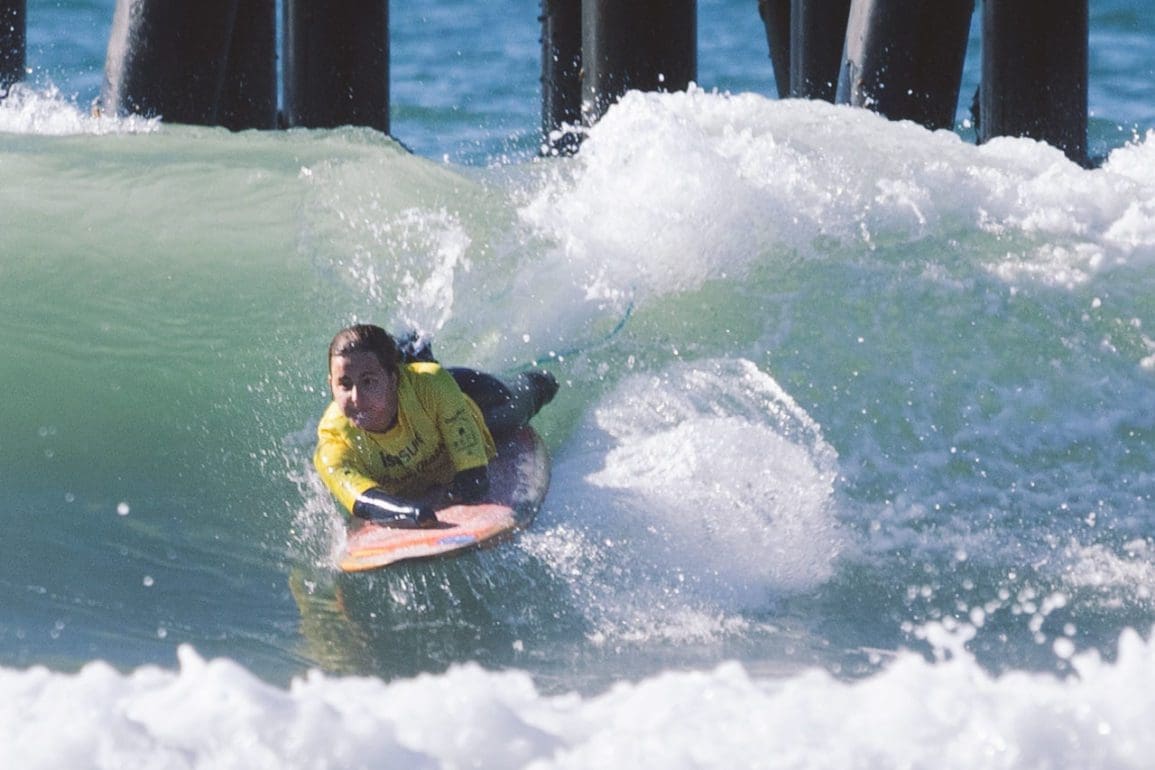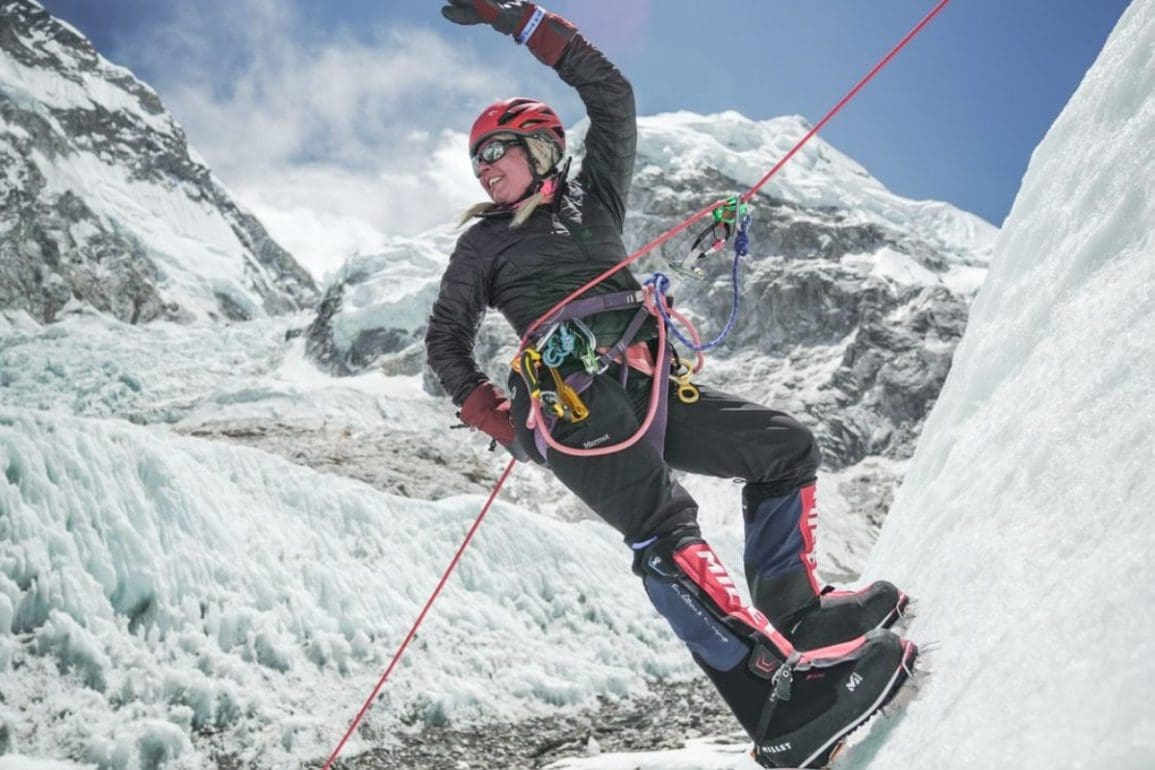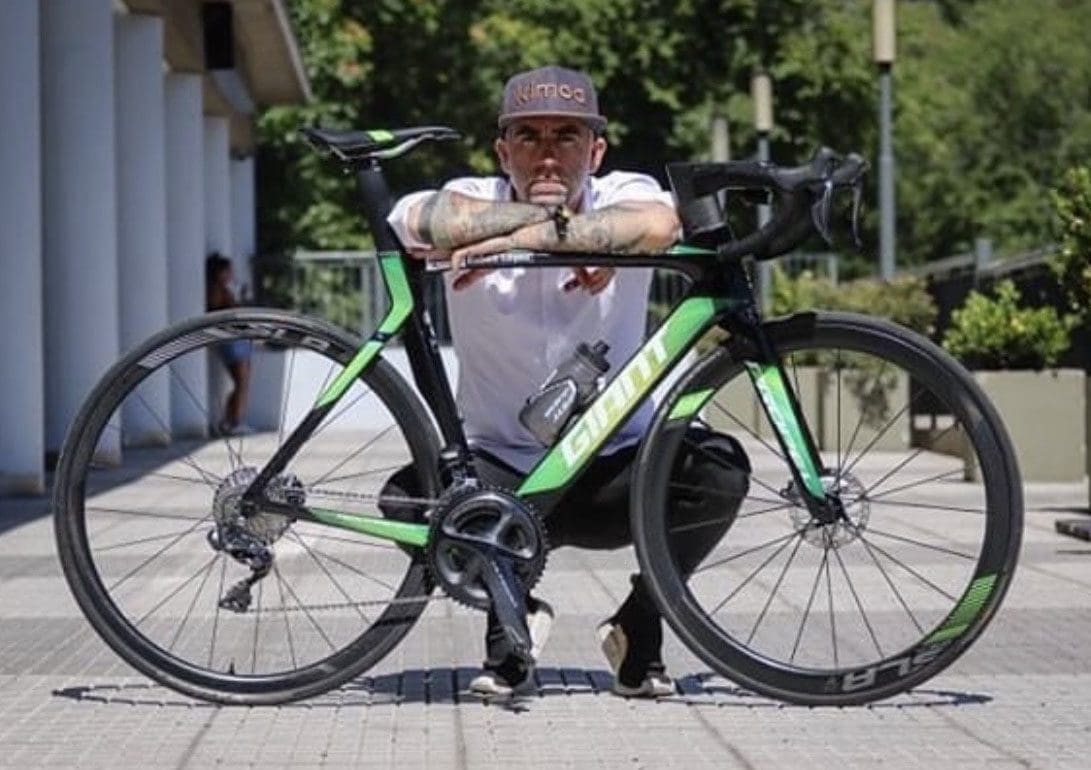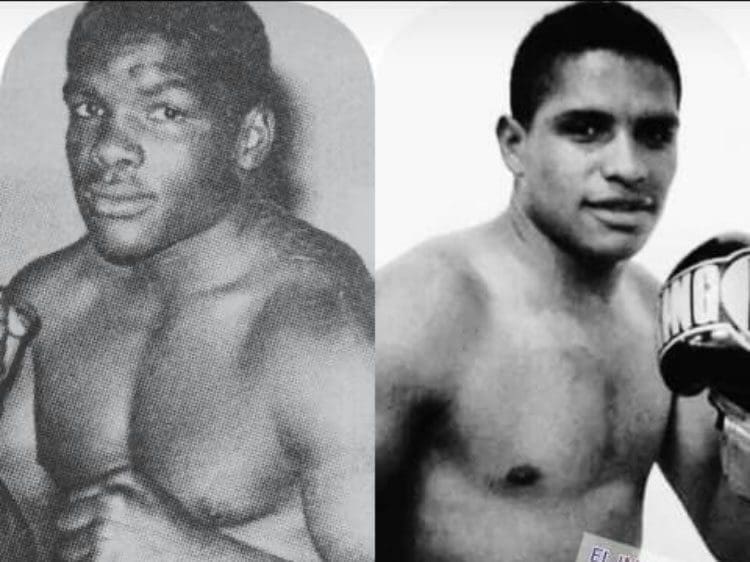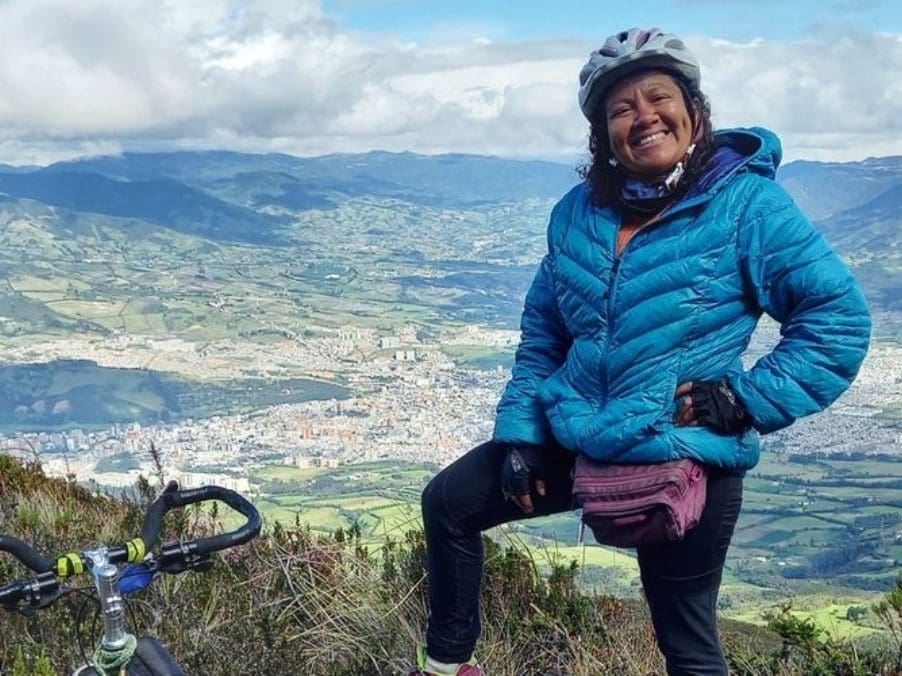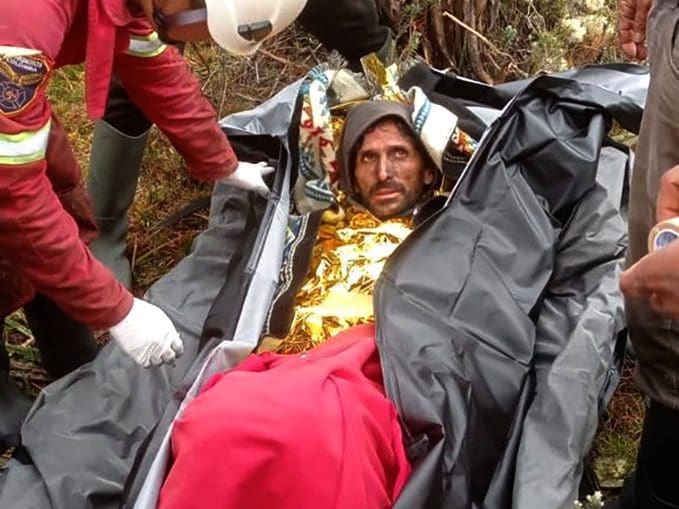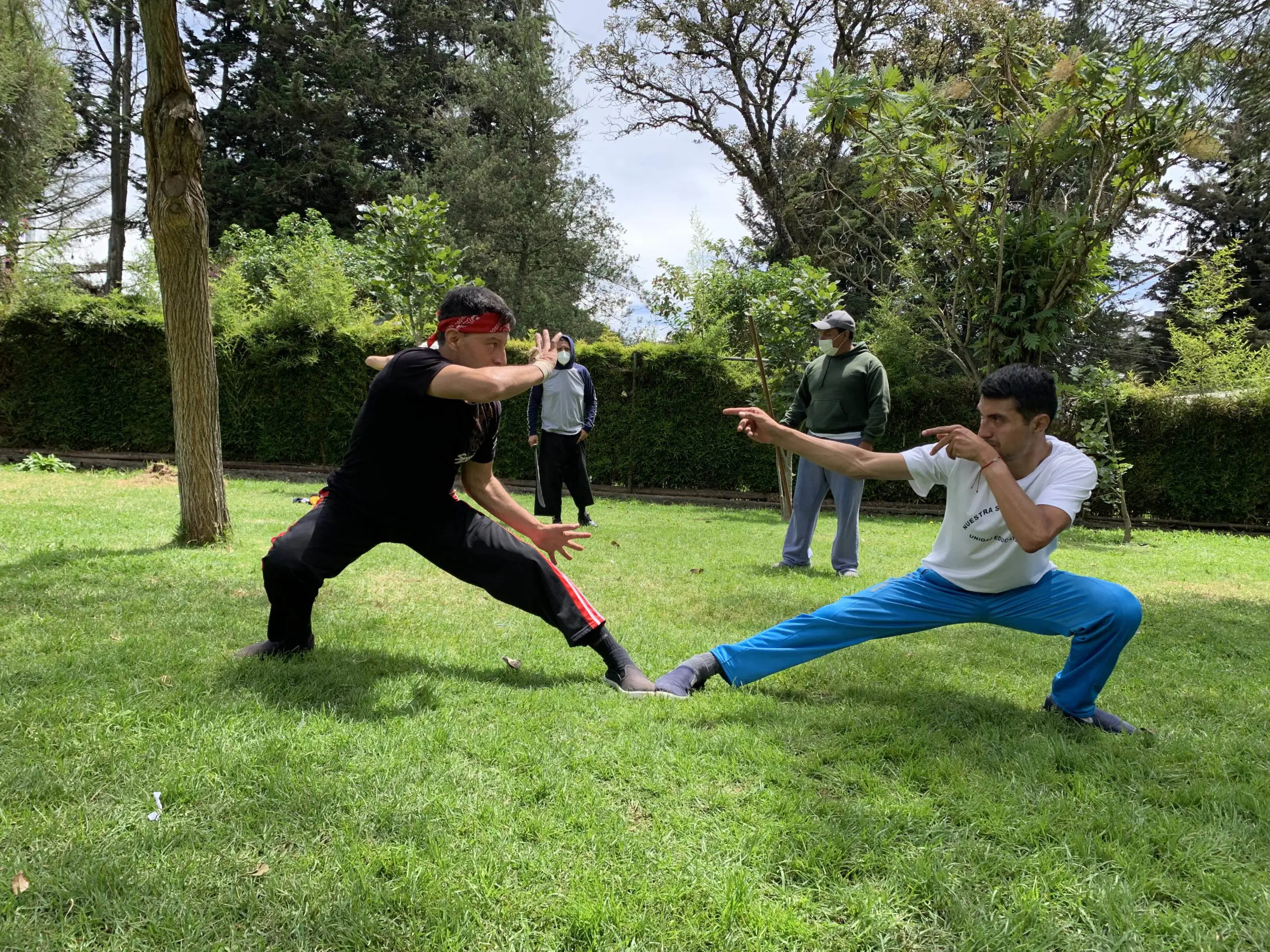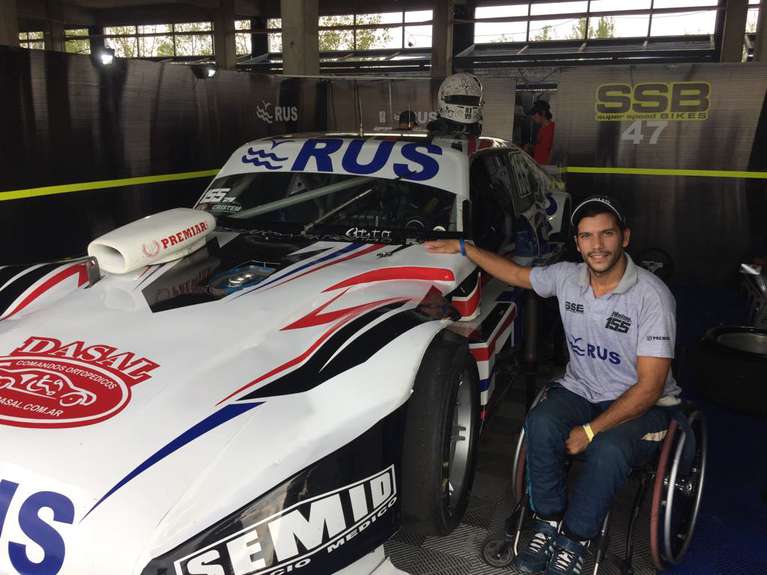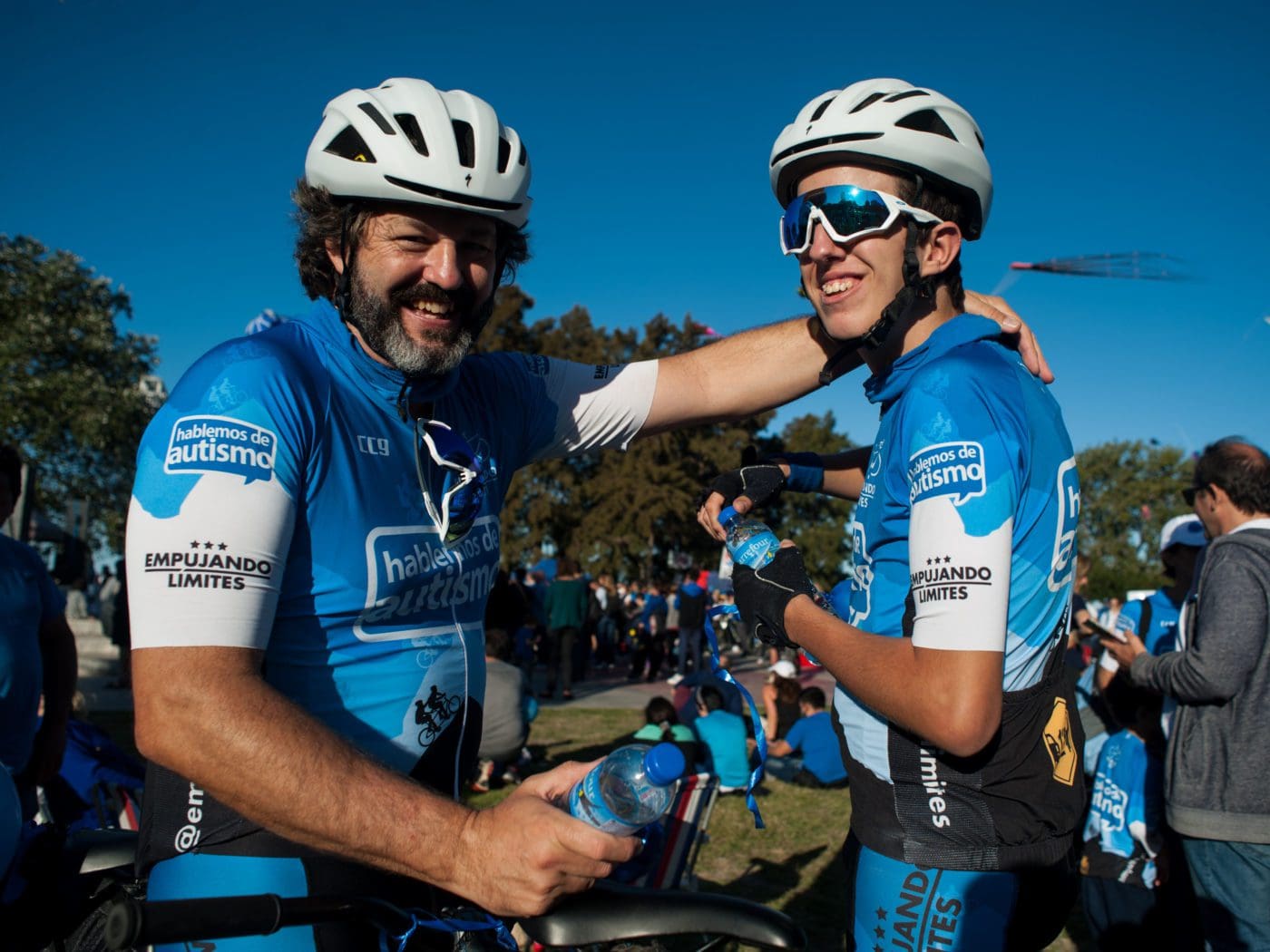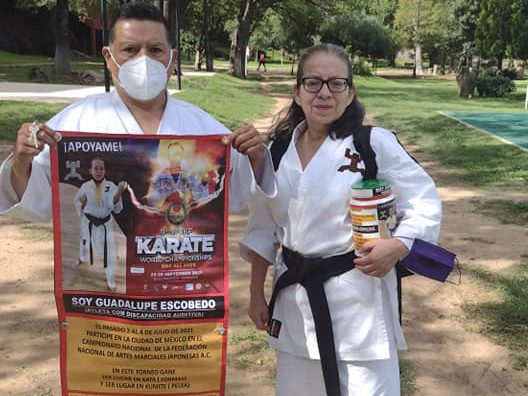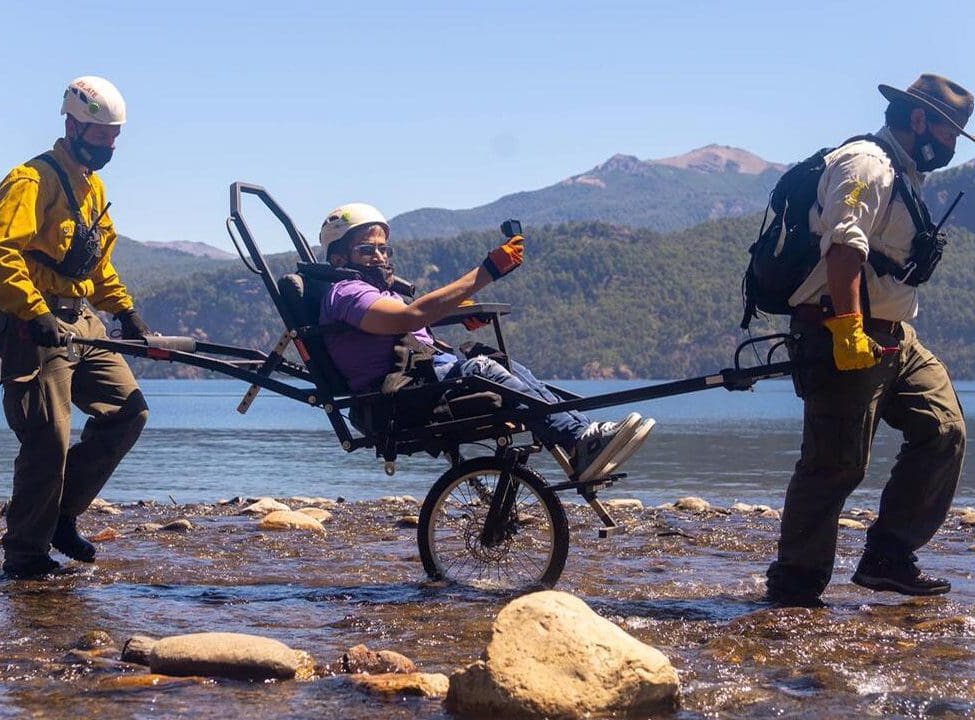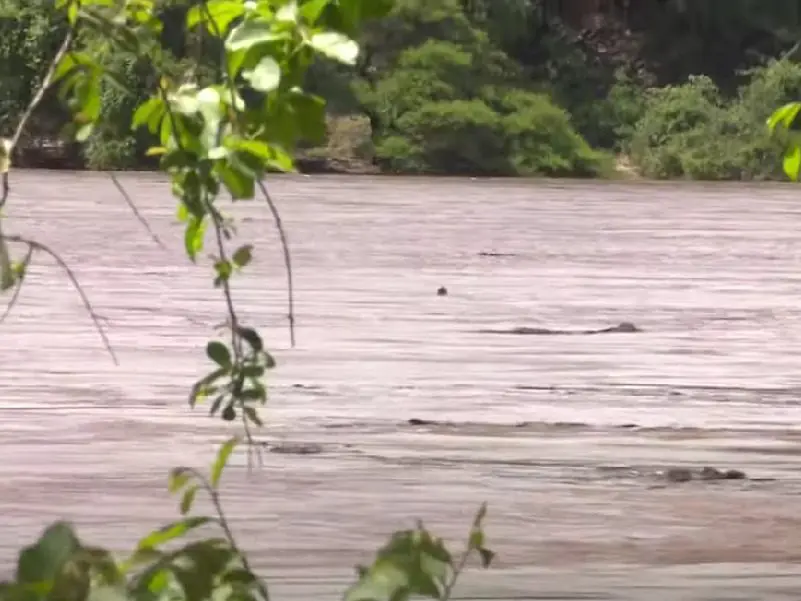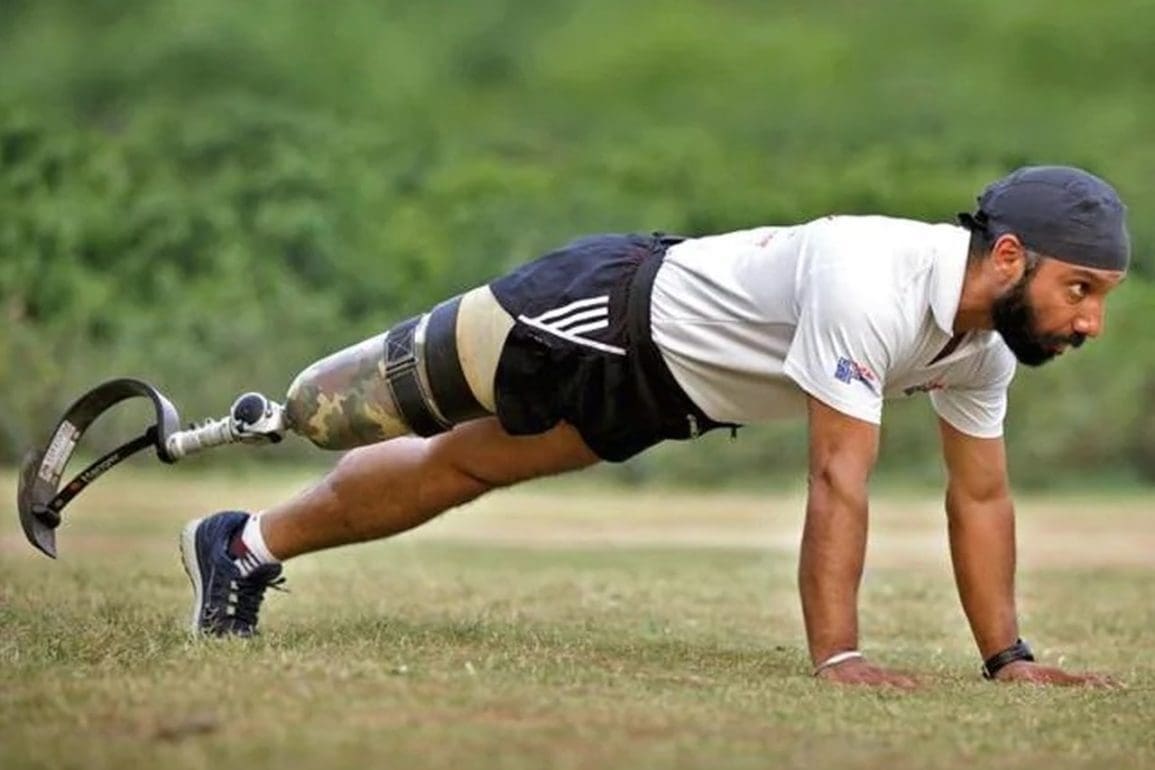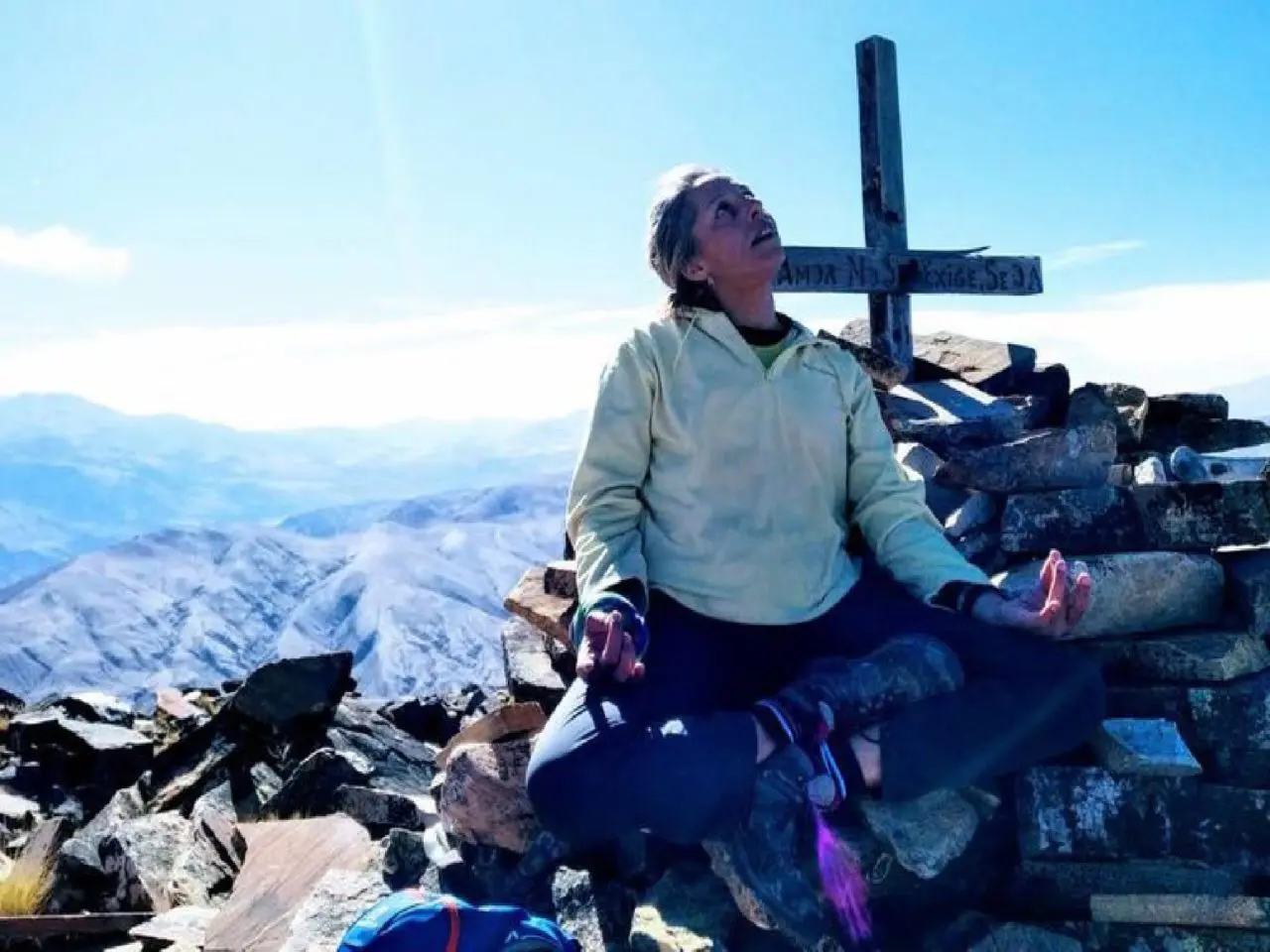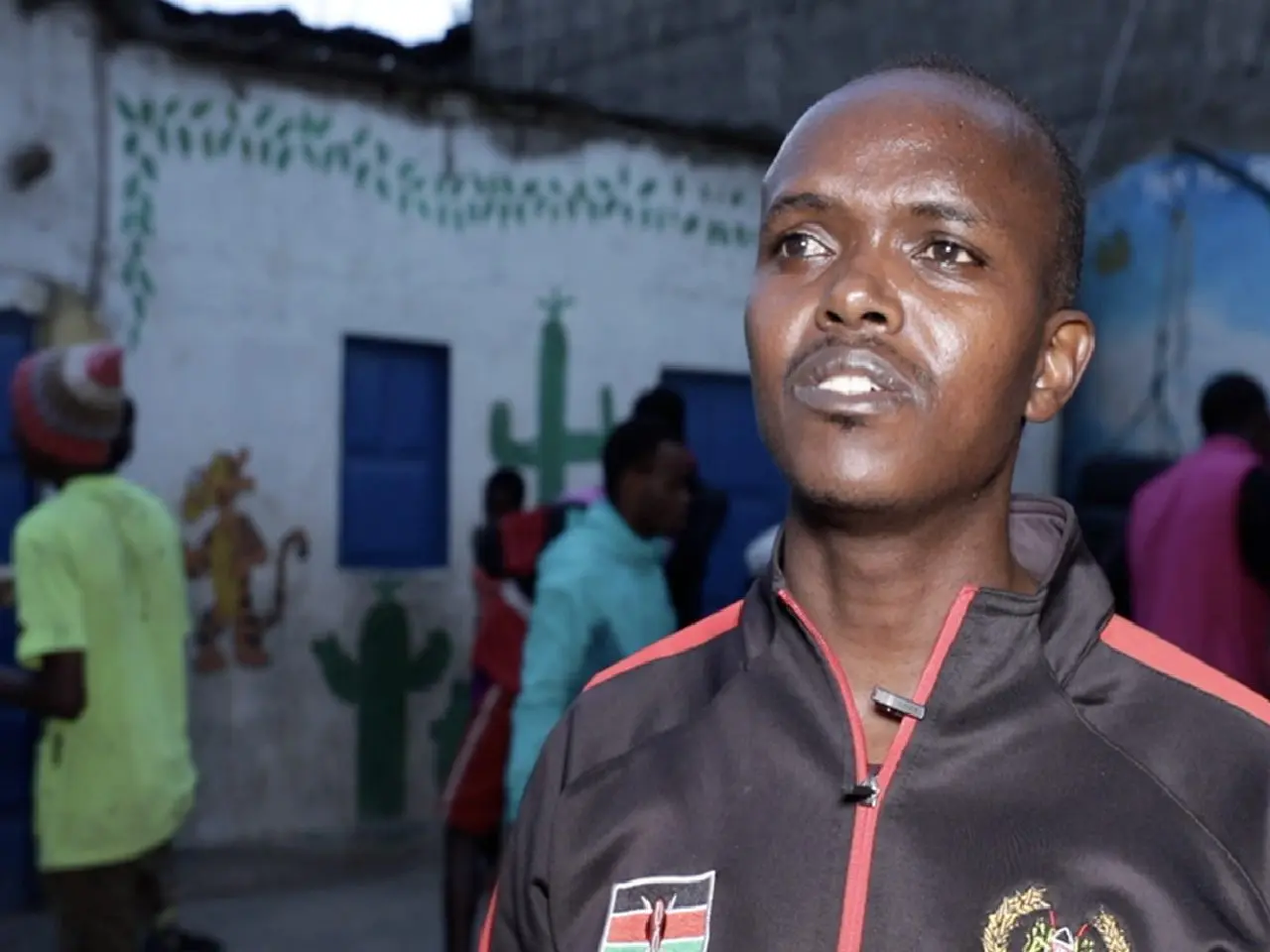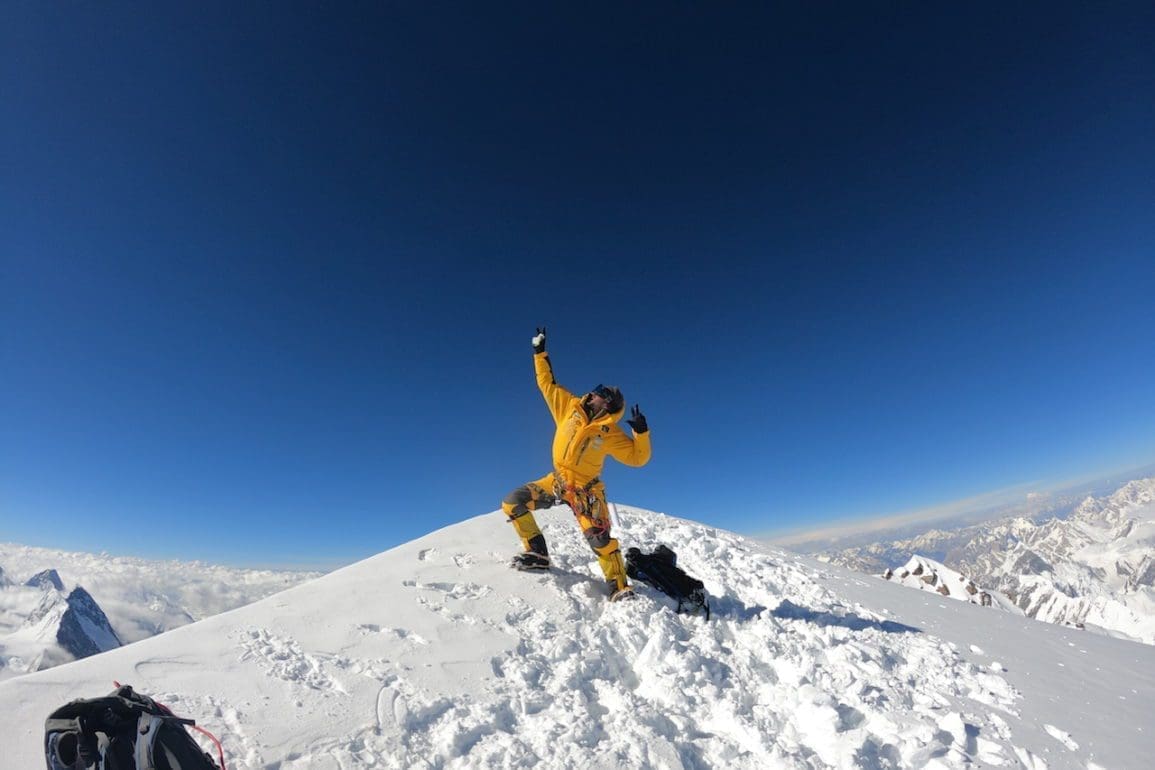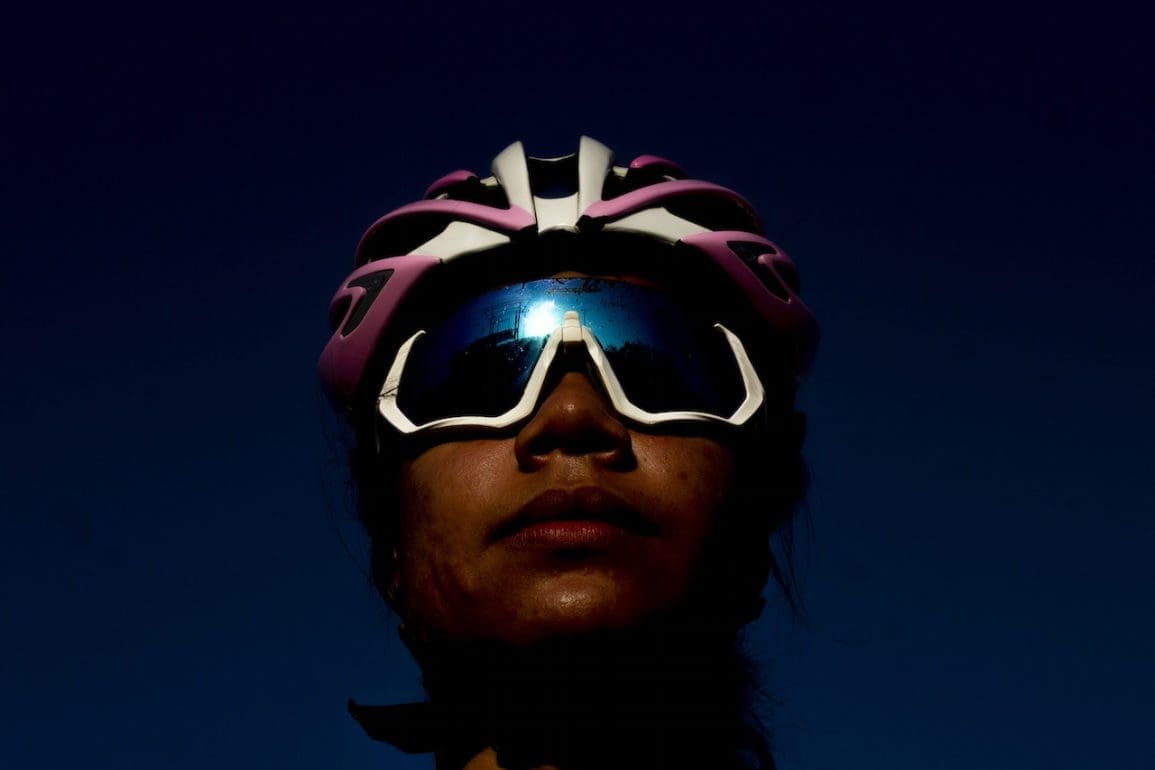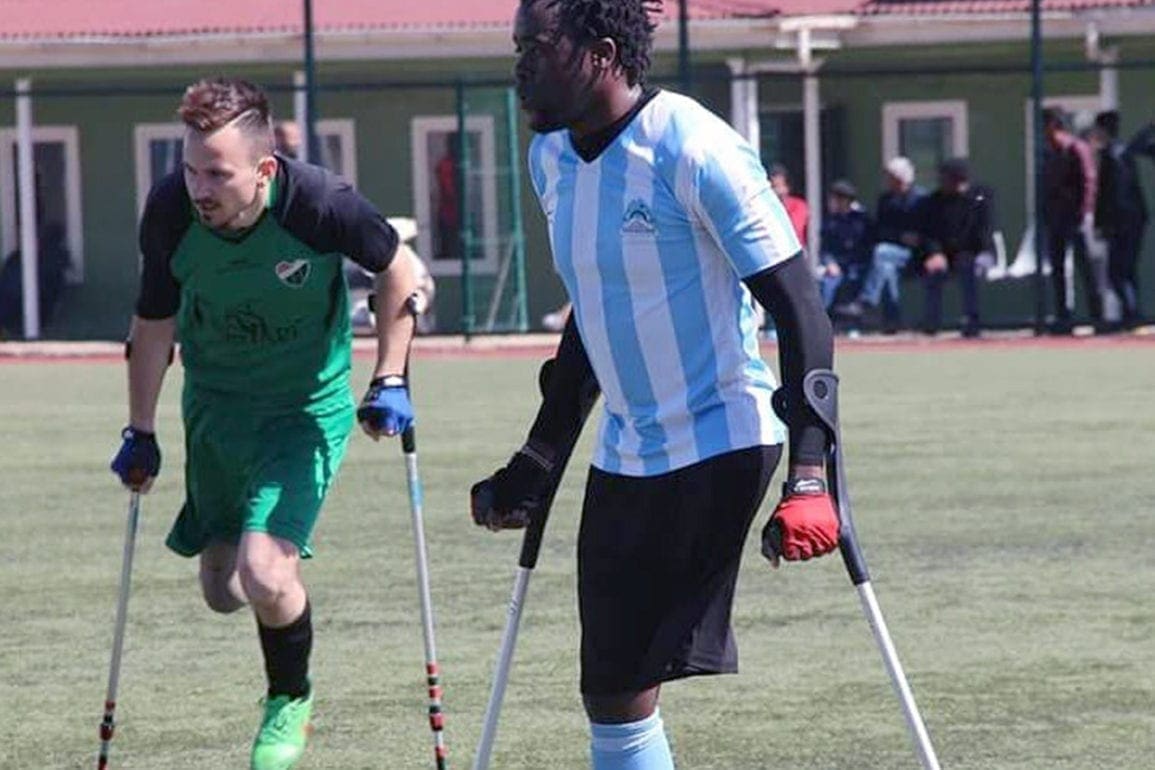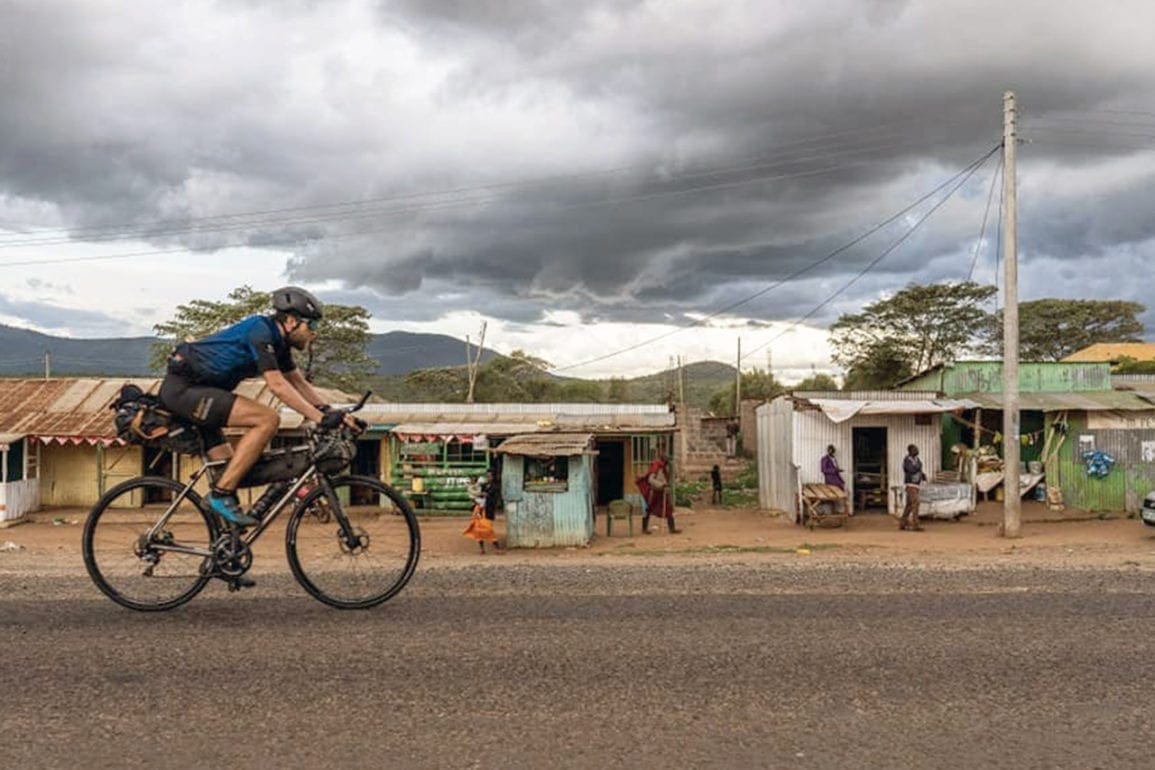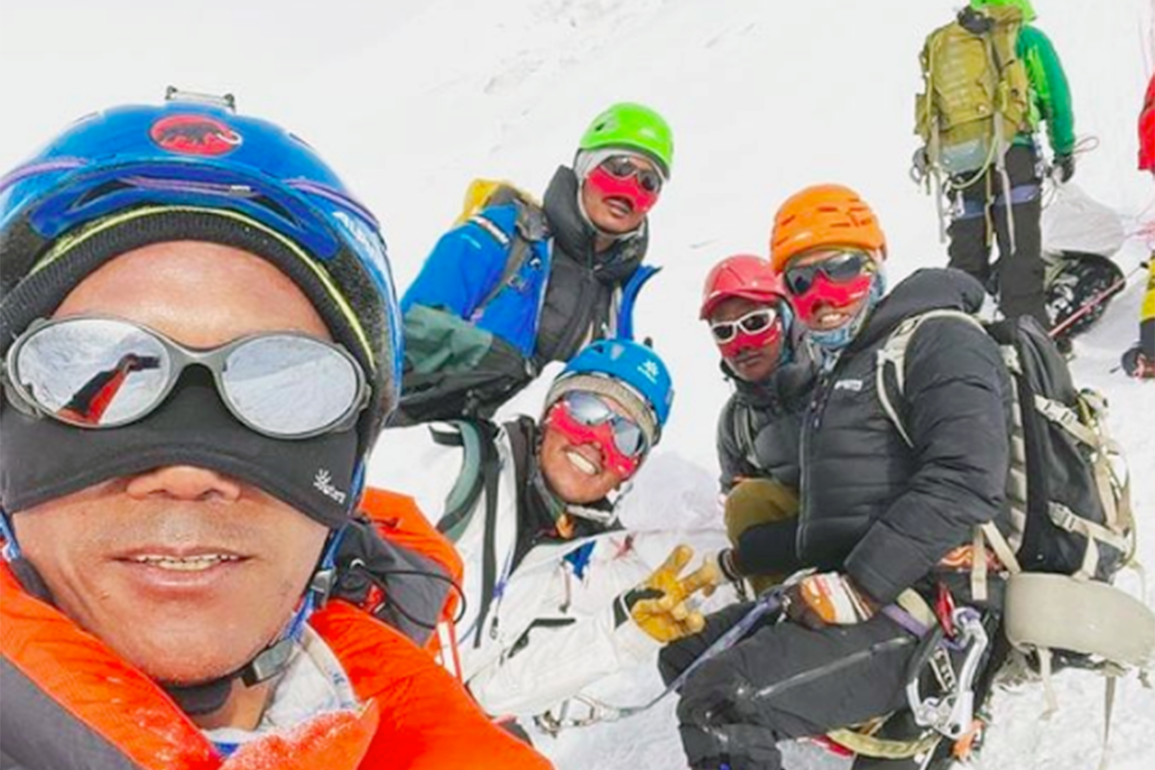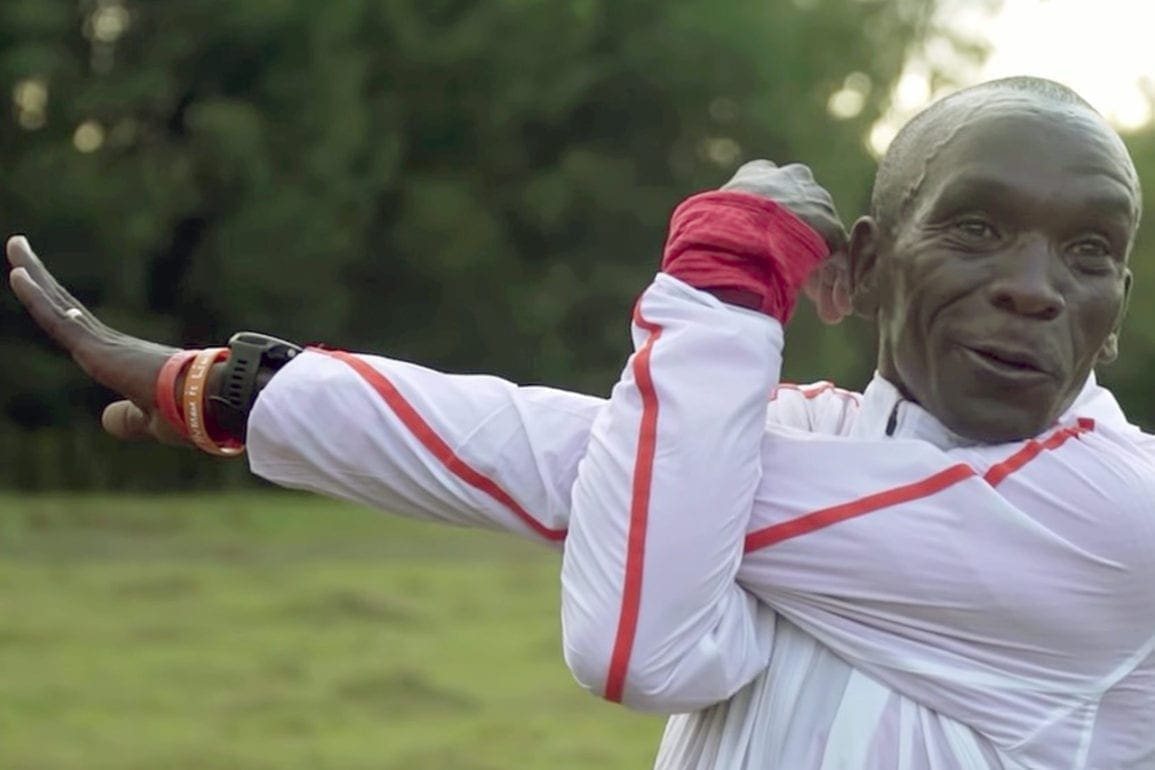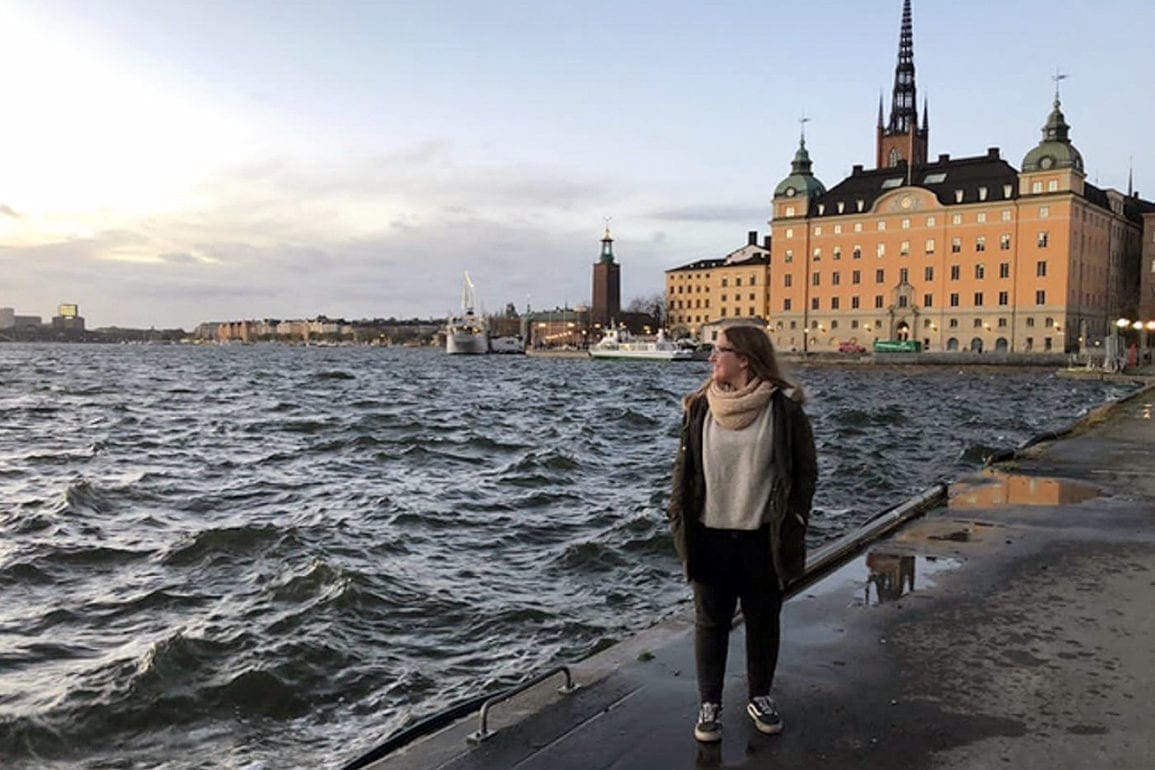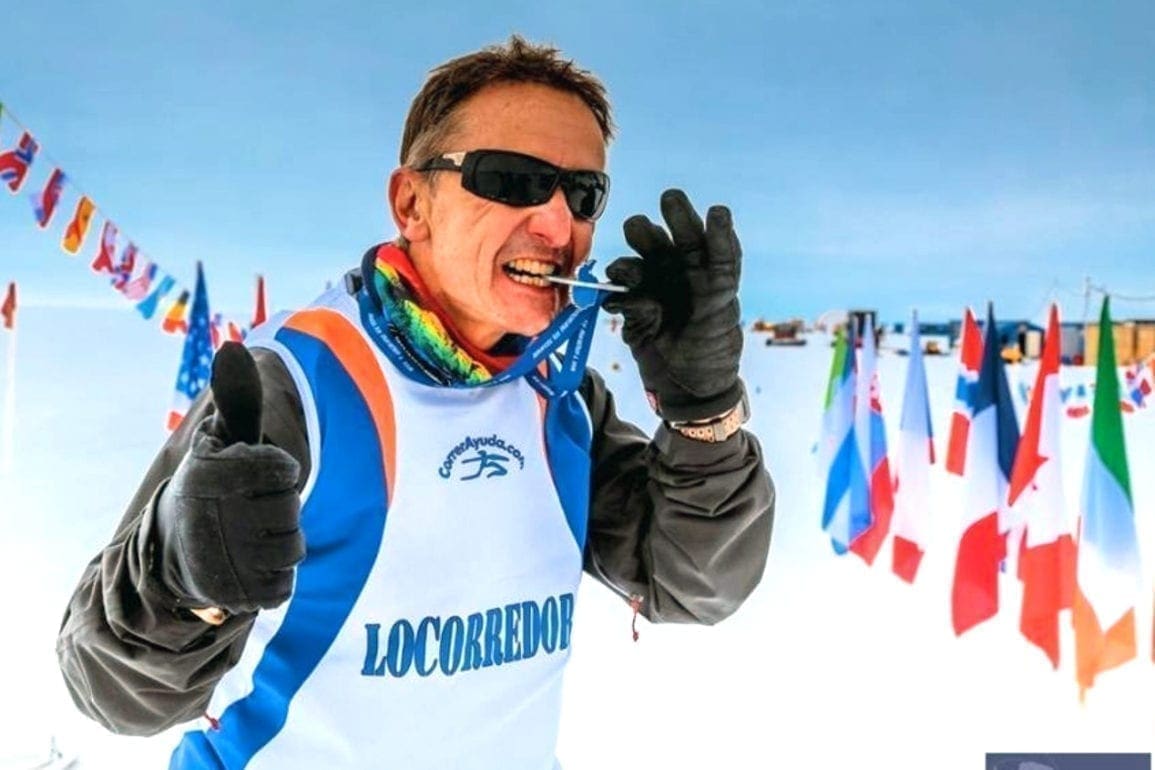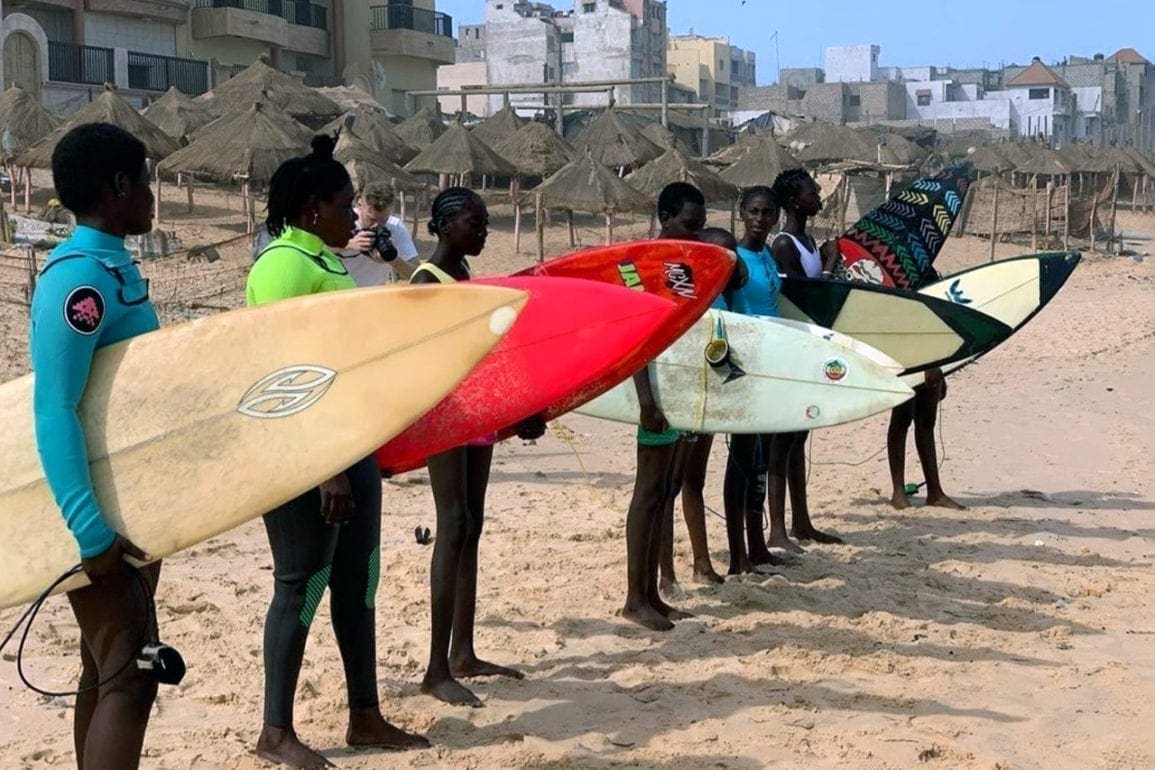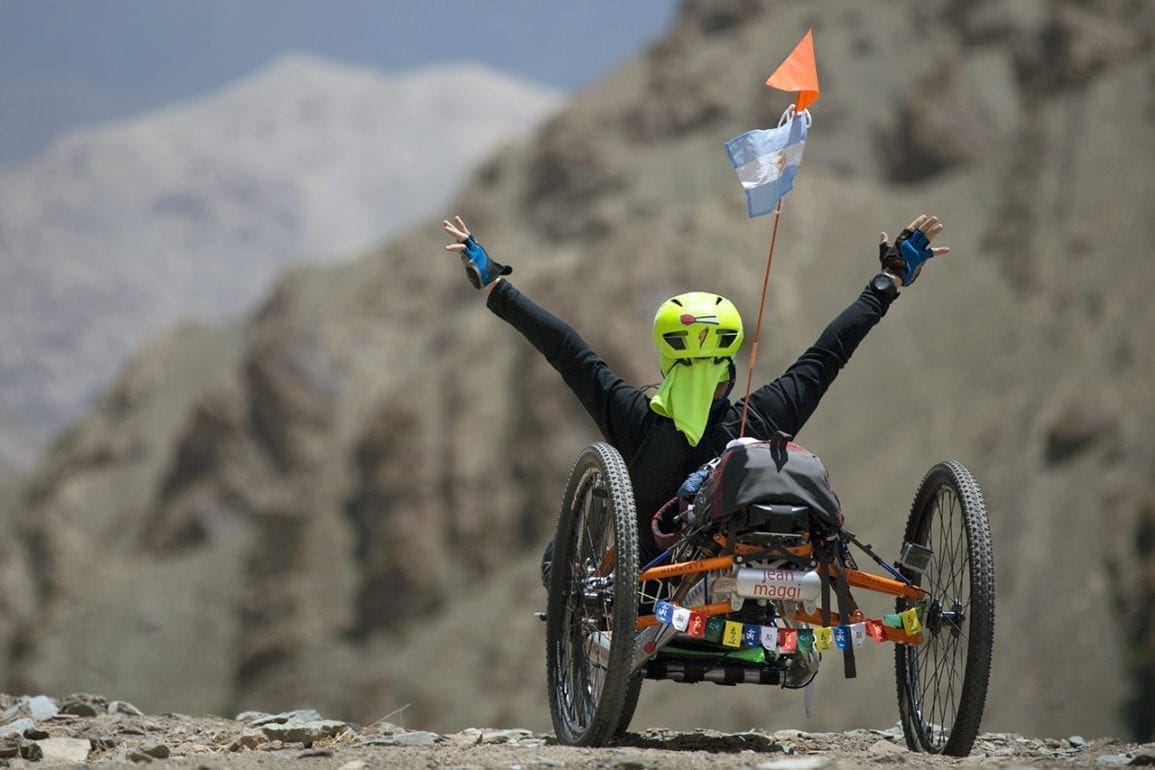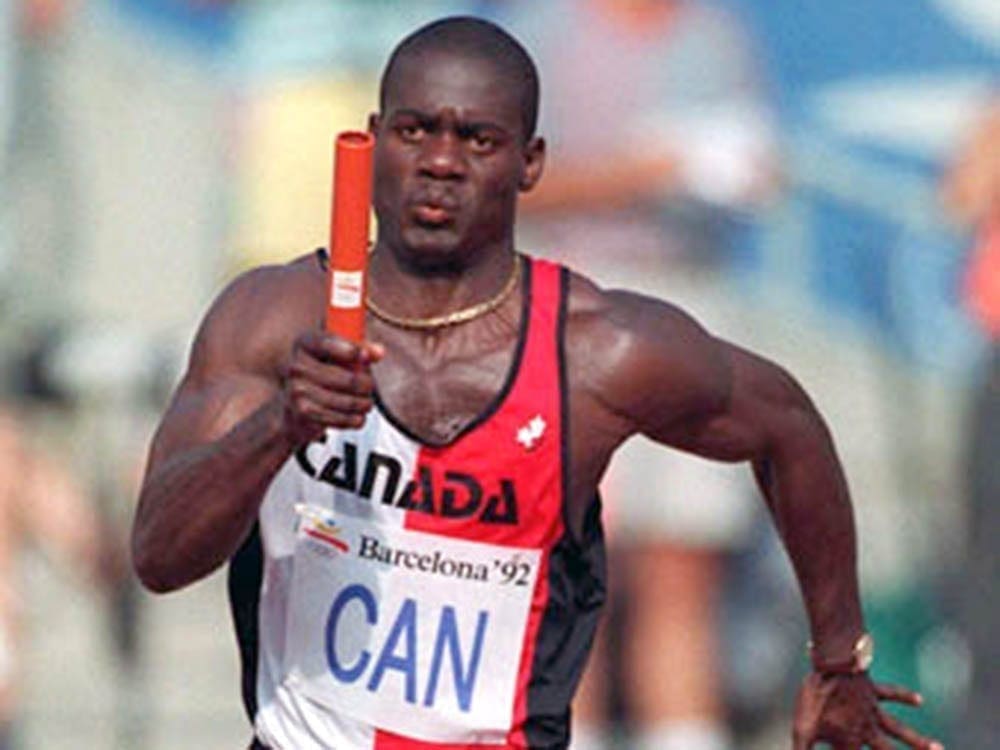Real-life Viking: Norwegian death diver shatters world record with 40-meter Leap in Stryn
As I stood on the platform barefoot, on the specially installed wood, my emotional turmoil subsided. I looked at the ice and the mountains, wearing only my swimsuit, and the intense cold seemed to bypass me. In my peripheral vision, I noticed the sun breaking through the clouds just before I leaped, though its warmth eluded me.
- 2 years ago
January 15, 2024


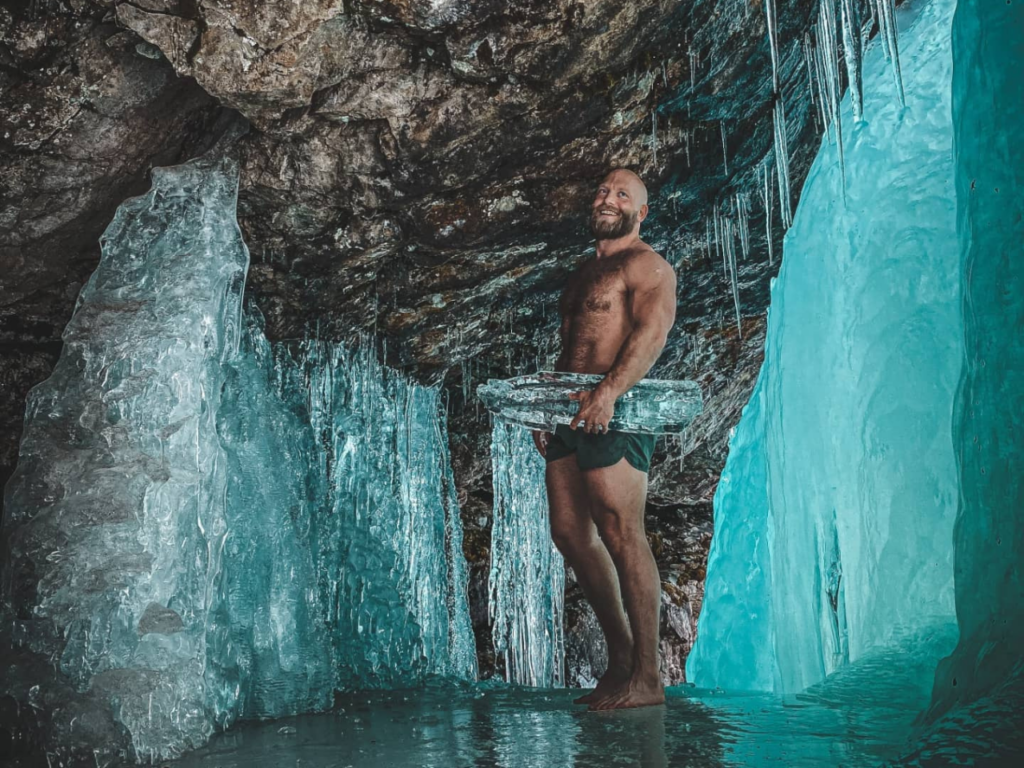

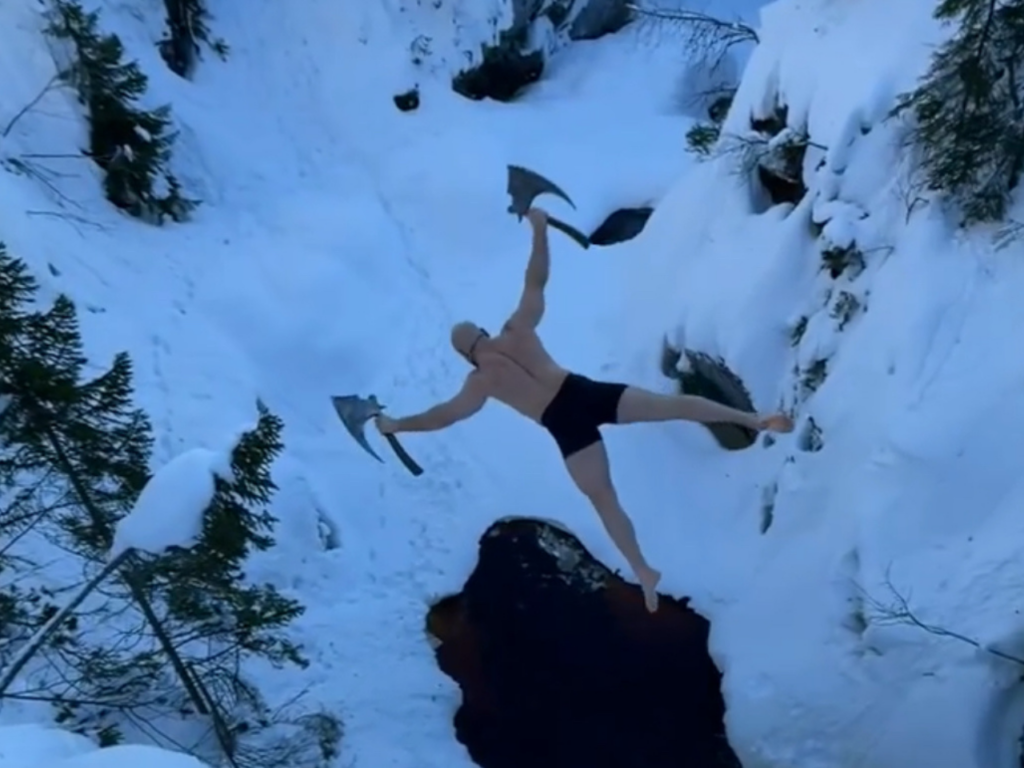

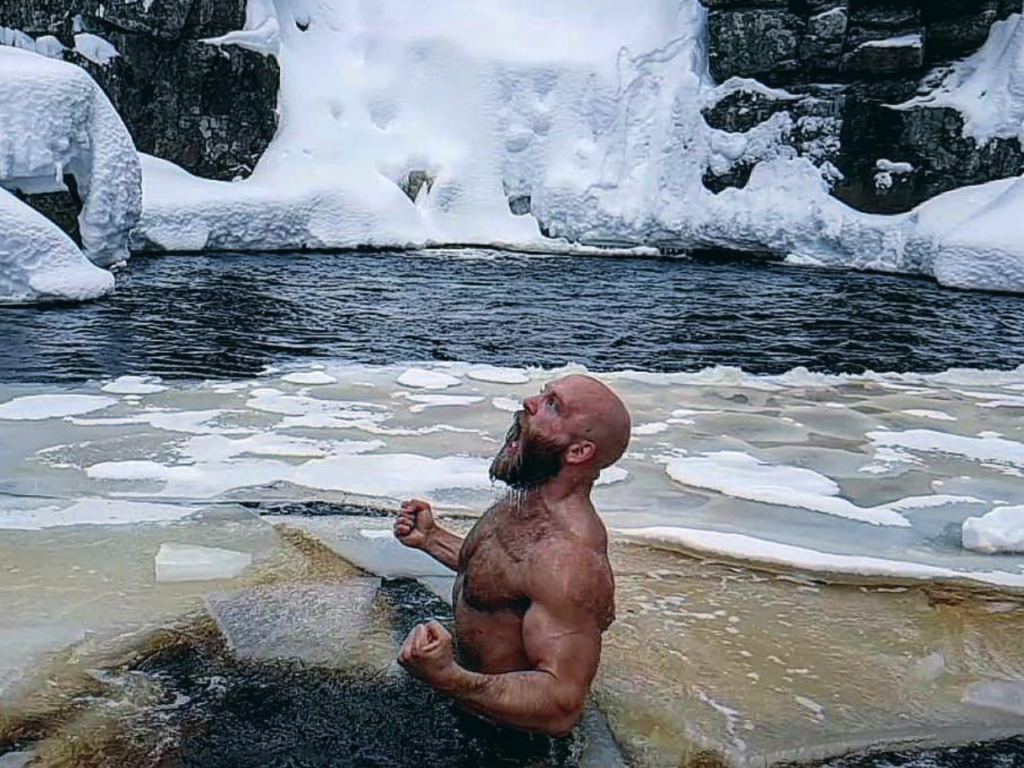
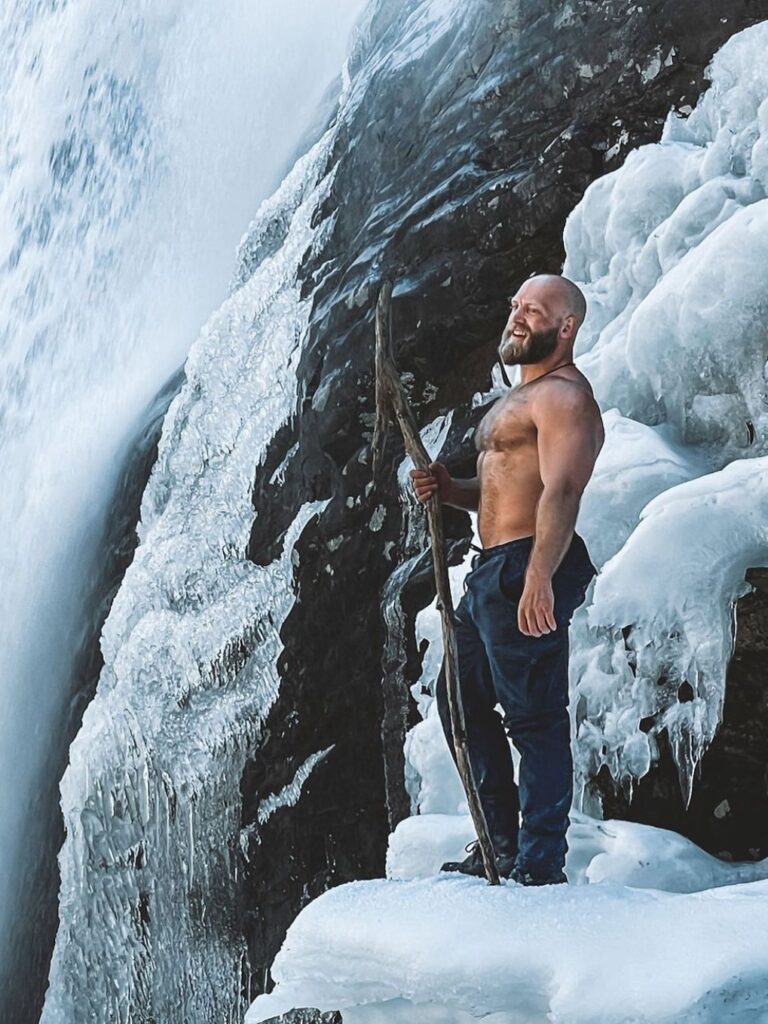
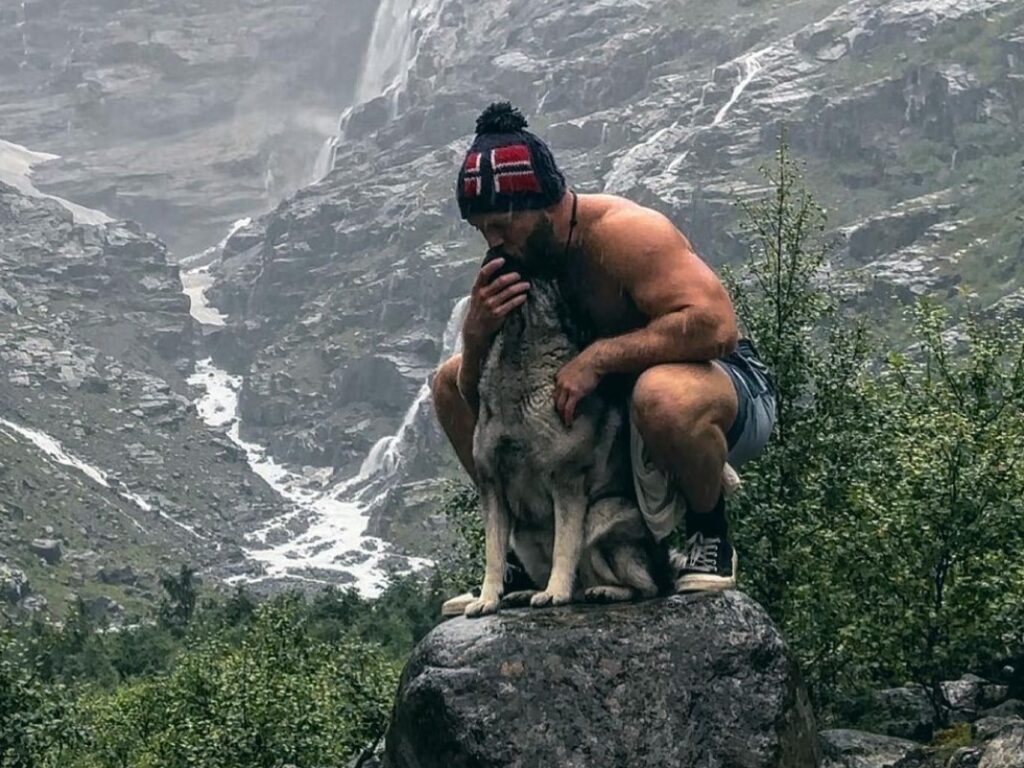
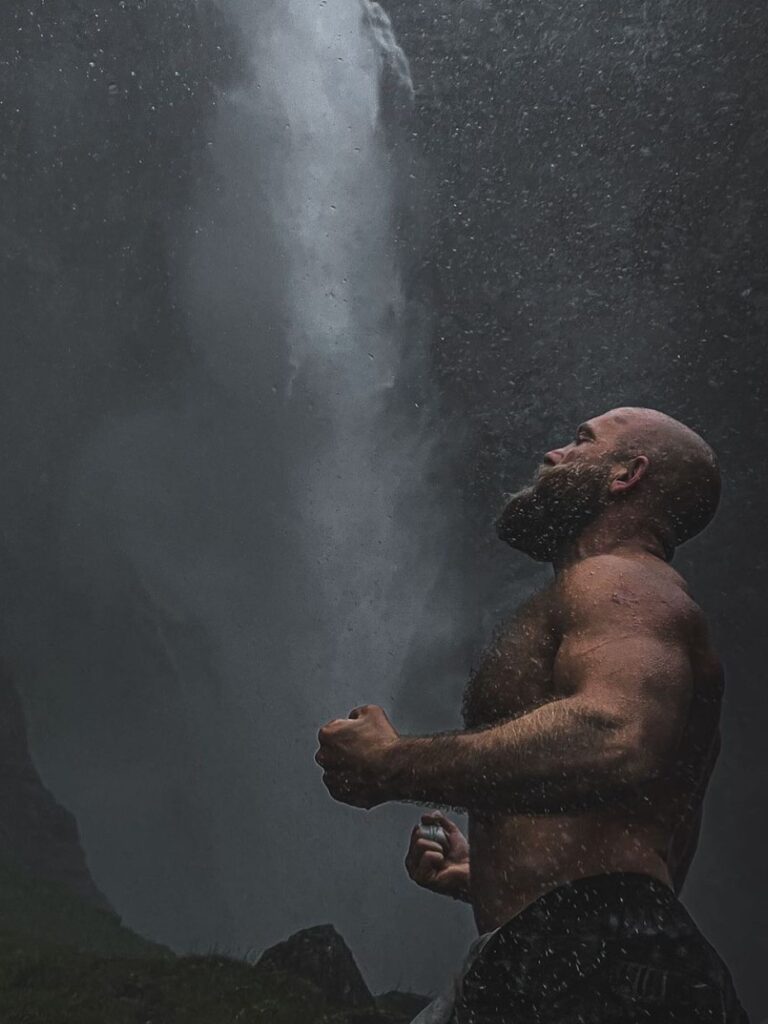
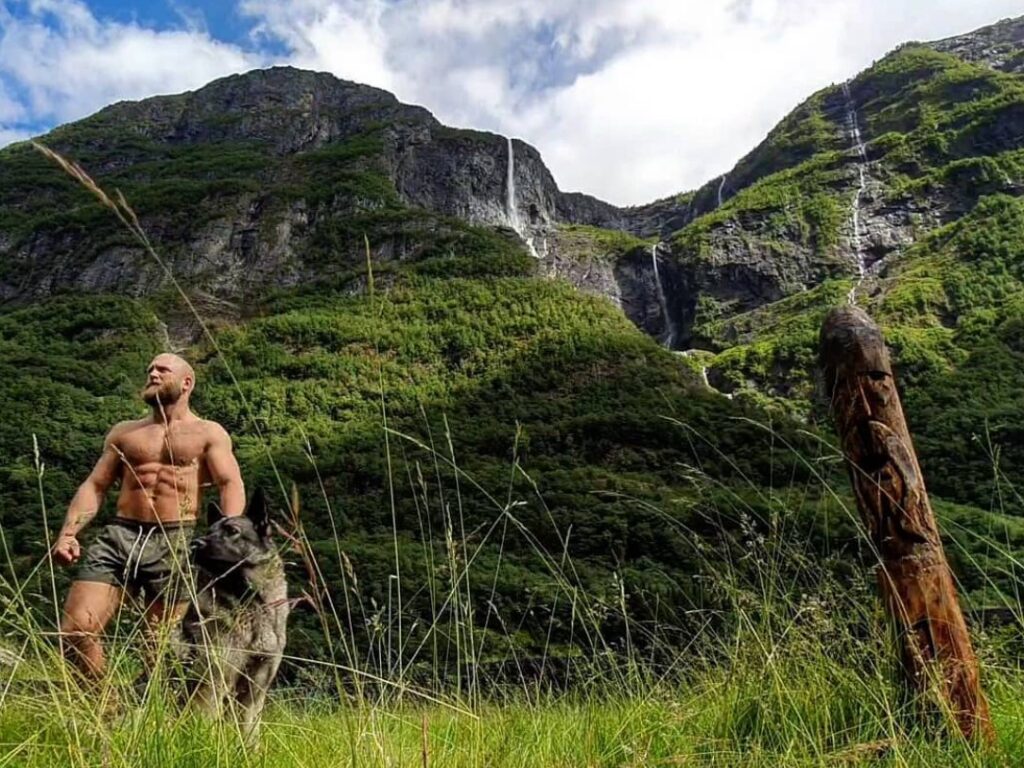
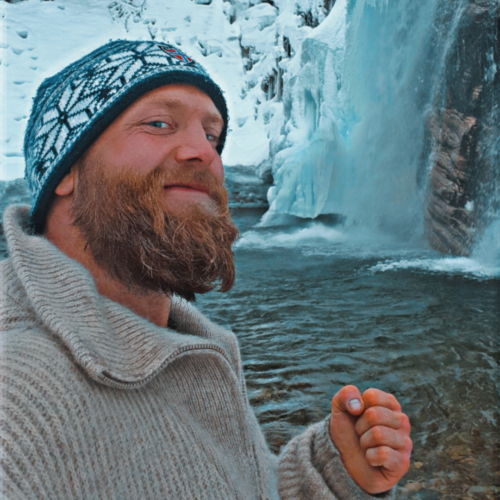
STRYN, Norway — In an unprecedented feat, I soared from a breathtaking height of over 40 meters, setting a new record as the first death diver to achieve this milestone. The leap I took, surpassing my earlier 30-meter record, wasn’t just a personal triumph; it proudly showcased Norway as the cradle of this thrilling sport.
The descent felt extraordinary as I glided seamlessly into the water. Contrary to my expectations, the impact, though significant, proved surprisingly manageable. I quickly surged to the surface and made my way to the safety of a nearby boat, overwhelmed by a wave of relief and exhilaration.
Read more travel & adventure stories at Orato World Media.
Preparing for the ultimate leap in Norway’s mountains
On December 3, 2023, after extensive preparation with my team, I ascended a mountain in Norway to attempt a record-breaking jump exceeding 40 meters high.
As my team and I climbed to the top of the mountain, the biting cold hovered around 10 degrees below zero, with parts of the lake encased in ice. Once we reached the desired edge, we carefully constructed the jumping platform in a location that ensured a safe descent into the water, away from the frozen sections.
The risks quickly became clear to me: the impact of hitting the water could be lethal, and the frigid temperature posed a threat. As the jump drew near, I fell into a profound concentration, almost like a trance. A myriad of potential dangers flooded my mind, acknowledging that even a slight error could result in death or paralysis.
Standing at the brink of such a potentially fatal endeavor brought a surreal clarity. My mind raced through all possibilities, feeling a mixture of emotions go through my body like a rollercoaster ride. An internal debate raged, with part of me questioning the wisdom of the jump, yet an even stronger drive pushed me forward. I recalled a saying, perhaps from Nietzsche, about the necessity of risking honor for glory and mastering the art of timely departure.
This risk I took felt intrinsic to the feat. If the jump were easy, it wouldn’t be remarkable. Despite the dangers, my conviction in my ability to leap never wavered. Without such belief, I would never have taken the plunge.
Death diver stands at the edge of a 40.5-meter fall: “Given the immense risk of jumping from such a height, there was no room for pleasure.”
As I stood on the platform barefoot, on the specially installed wood, my emotional turmoil subsided. I looked at the ice and the mountains, wearing only my swimsuit, and the intense cold seemed to bypass me. In my peripheral vision, I noticed the sun breaking through the clouds just before I leaped, though its warmth eluded me. At that moment, everything else faded, and all that remained was the impending jump.
Before leaping, I tossed a boulder into the water to create ripples, softening the impact of my fall. Then, without further hesitation, I jumped. As I descended, my body automatically executed the maneuvers I trained for, acting on instinct rather than conscious thought. There’s a primal aspect to that moment, where instinct overrides reason, and in mid-air, my actions were responses to past decisions rather than deliberate choices.
Sometimes, the sensation of jumping can be exhilarating, even enjoyable. I’ve experienced profound optimism during a fall, feeling nothing could go wrong. However, this time around, given the immense risk of jumping from such a height, there was no room for pleasure.
While I fell, it seemed flawless as I seamlessly flew into the water. Upon hitting the surface, I immediately felt surprised. I had anticipated a painful impact, but it turned out to be tolerable. I quickly swam to the surface, heading to a boat, overwhelmed by a sense of immense and pure relief.
As I jumped on the boat, I stood up and marveled, thinking: “Wow, I’ve done it, it’s over, and I’m still alive.” That moment of survival was one of the most gratifying experiences of my life, transforming the pre-jump roller coaster of emotions into a state of euphoric relief.
Pursuit of extremes: “I refuse to die without having truly lived”
Outside of this sport, I’ve confronted death in other contexts. In my twenties, I served in my country’s army, drawn by the allure of adventure. I volunteered for a high-risk mission in Afghanistan, an experience I still can’t fully disclose.
It was then that I first felt the imminent presence of death, a sensation akin to the fear I experience before each jump, yet never paralyzing. Fear, for me, is not an obstacle to pursuing what I desire. Death is an inescapable certainty for everyone, but few truly comprehend its implications.
What I do is undeniably risky, but death could come at any moment. Life is transient, so I firmly believe in seizing opportunities, especially in my youth when I have the vitality. While the risk of death is always there, I choose to embrace a life punctuated with risks rather than one filled with regrets over unchallenged fears or unseized moments.
So, when my time comes, I’ll have the peace of knowing that I lived fully and didn’t lead a dull existence. I refuse to die without having truly lived.



